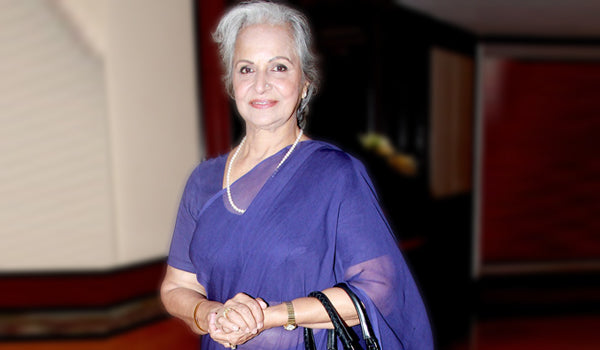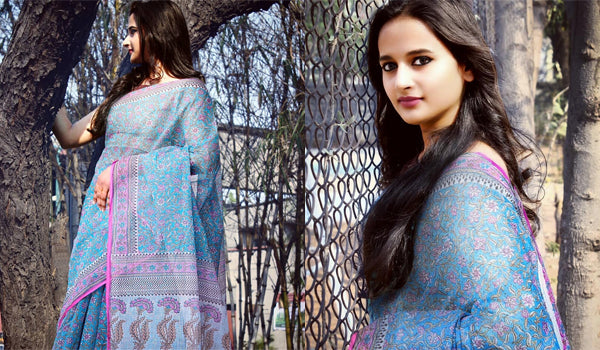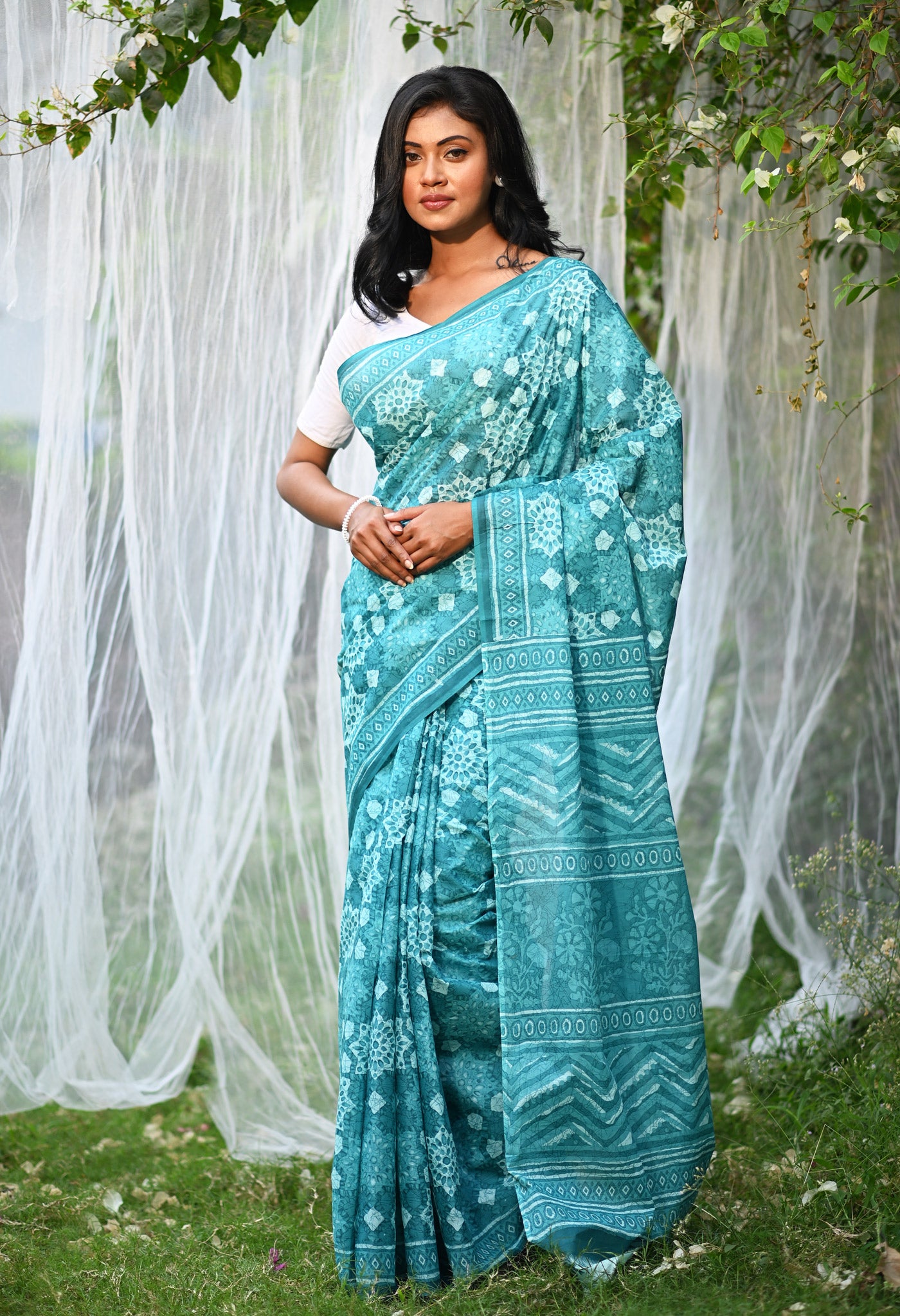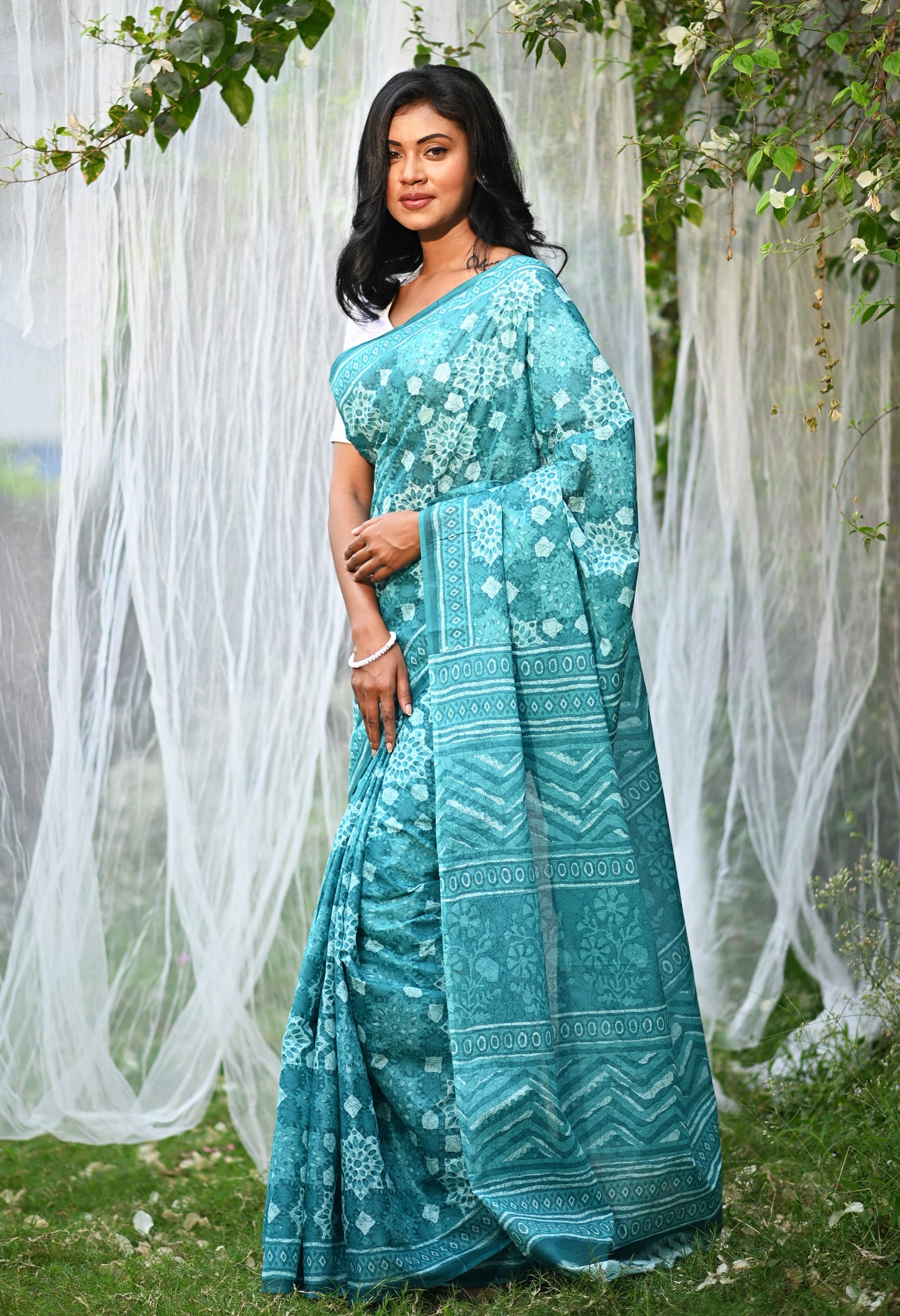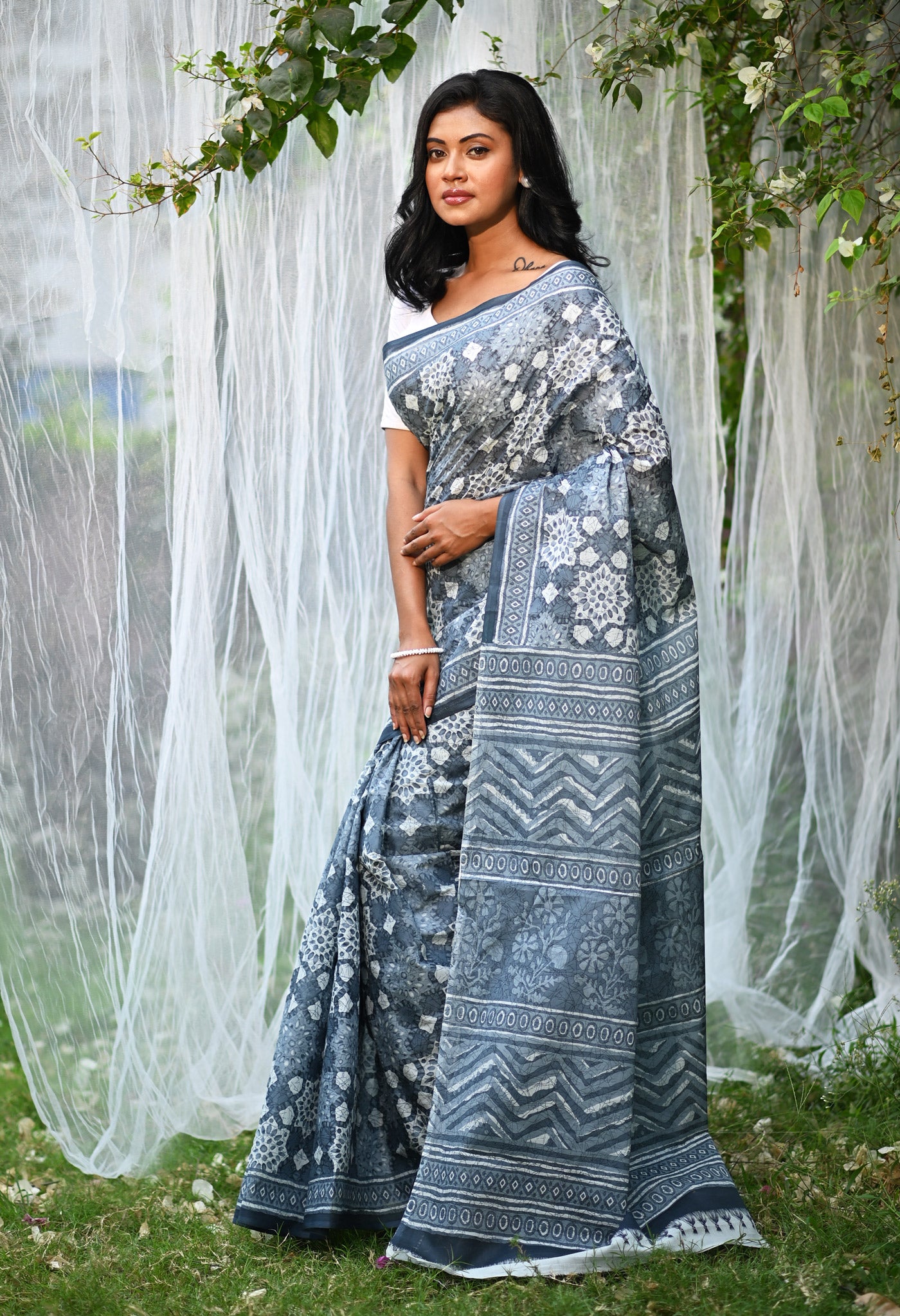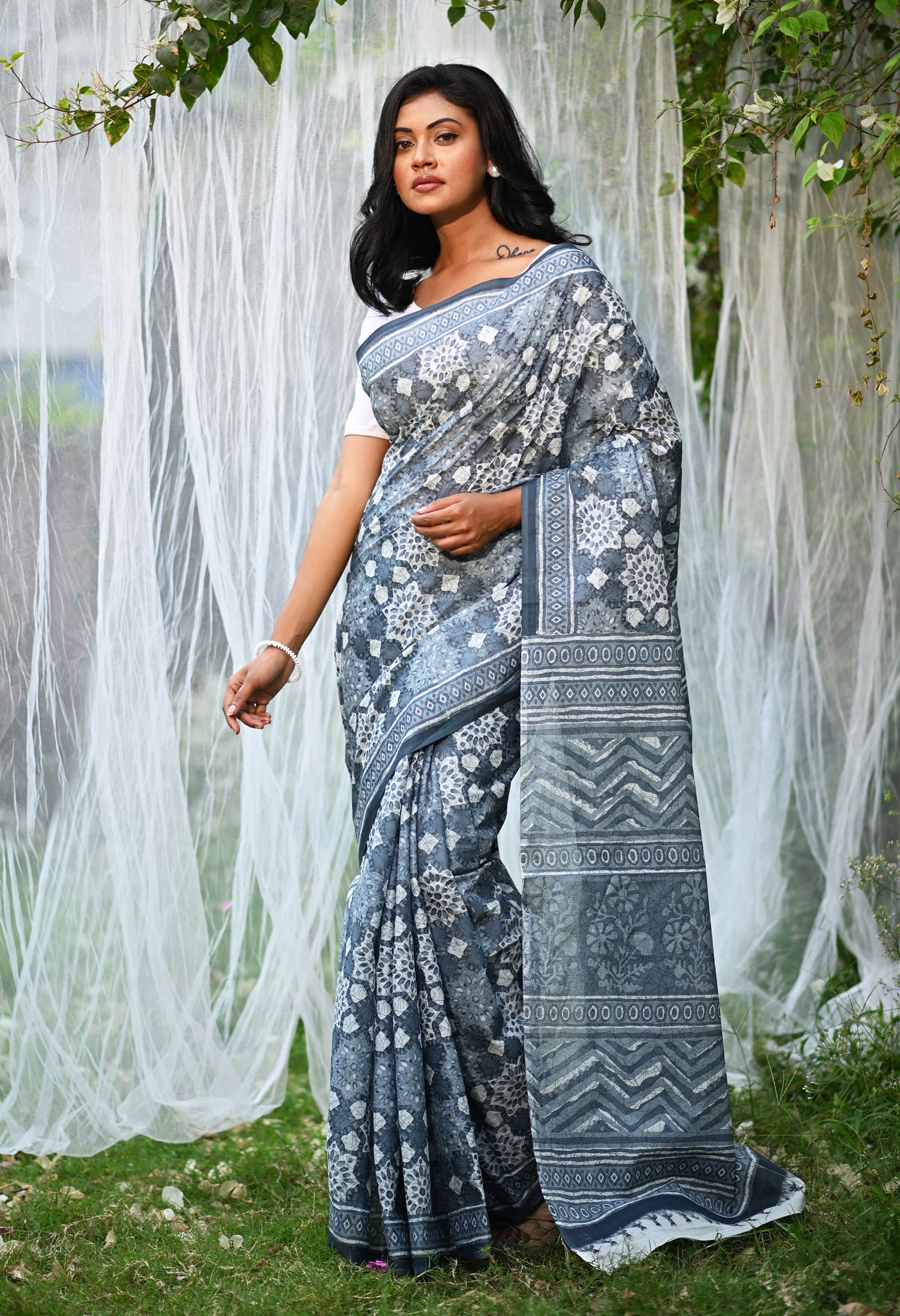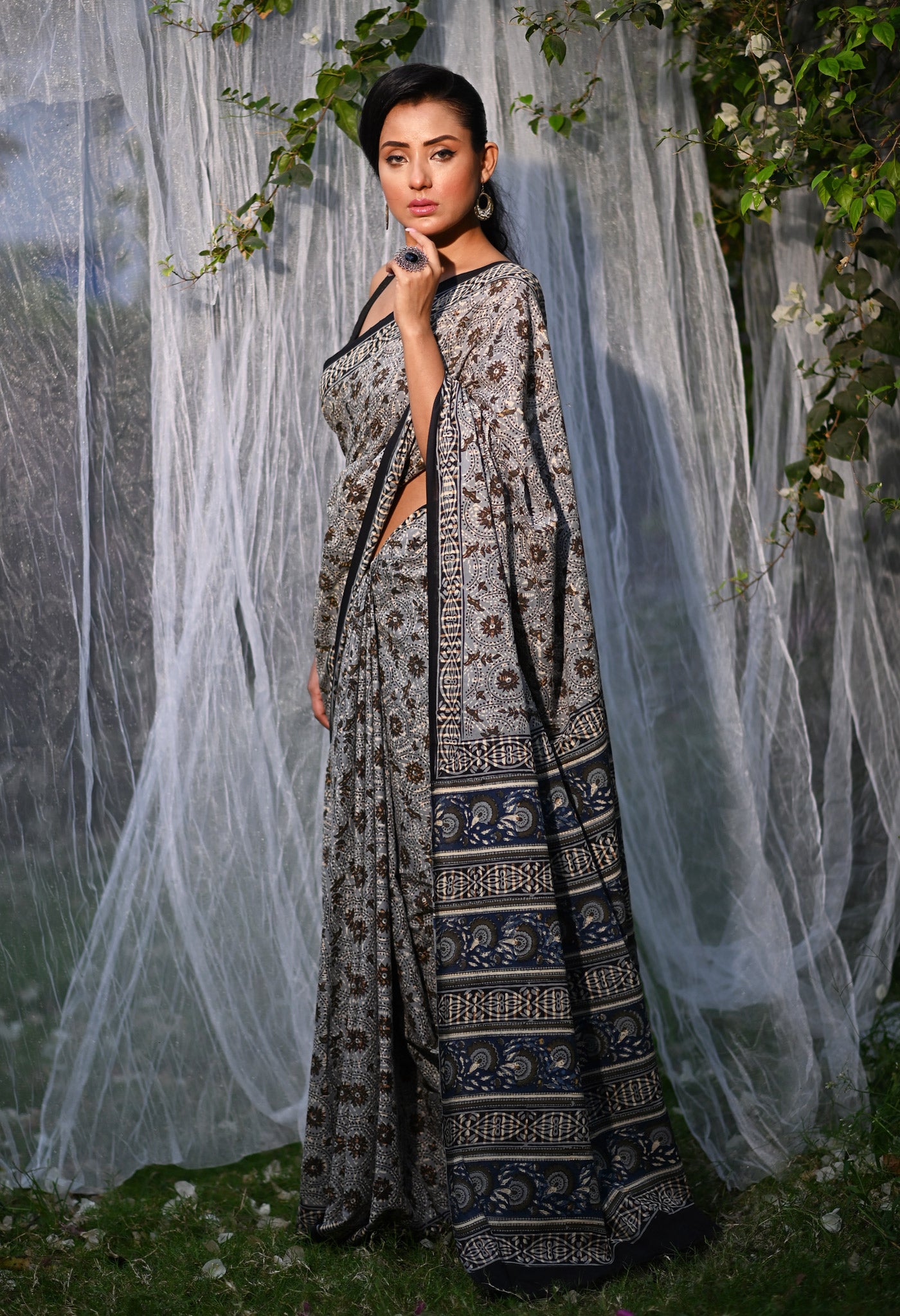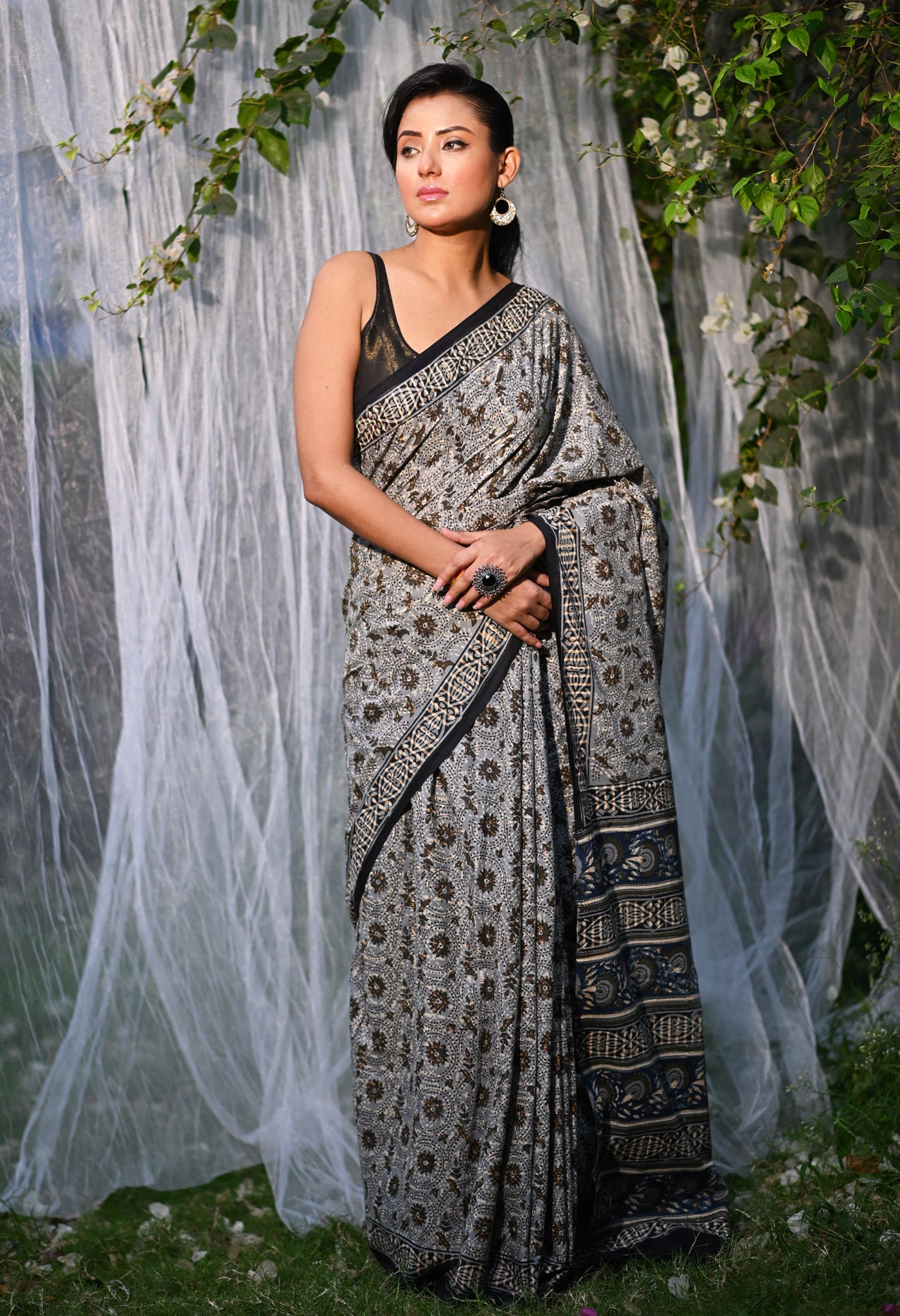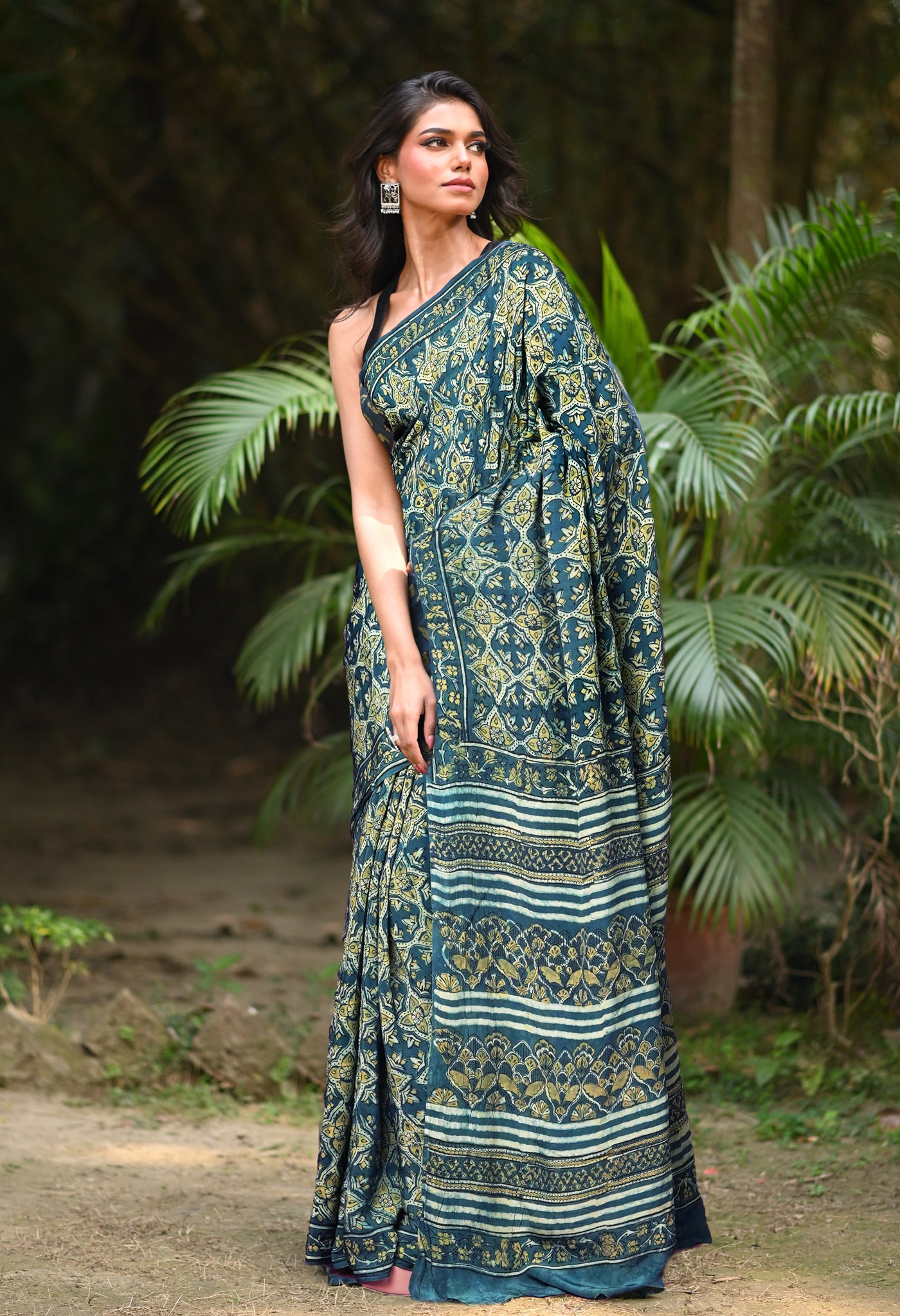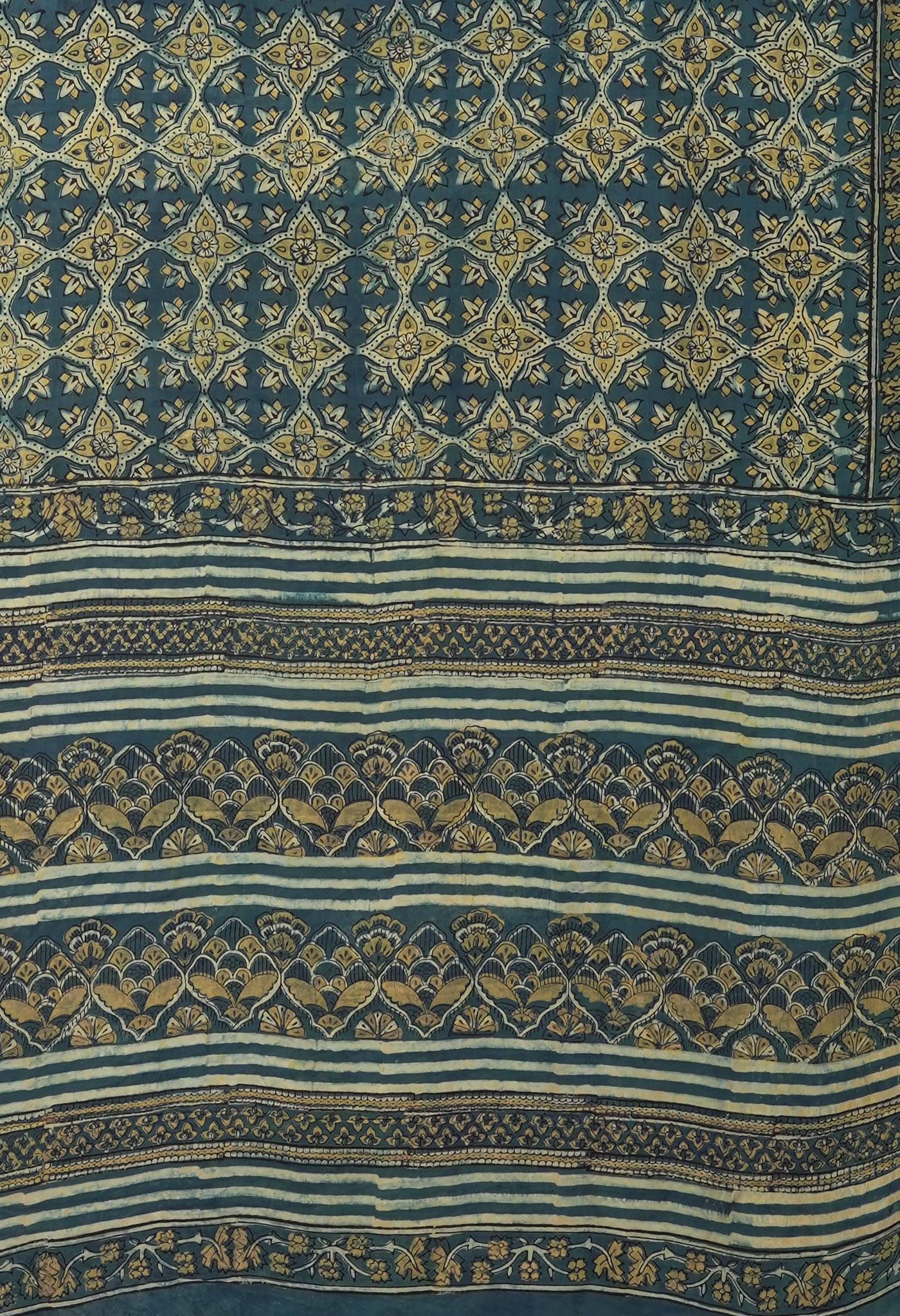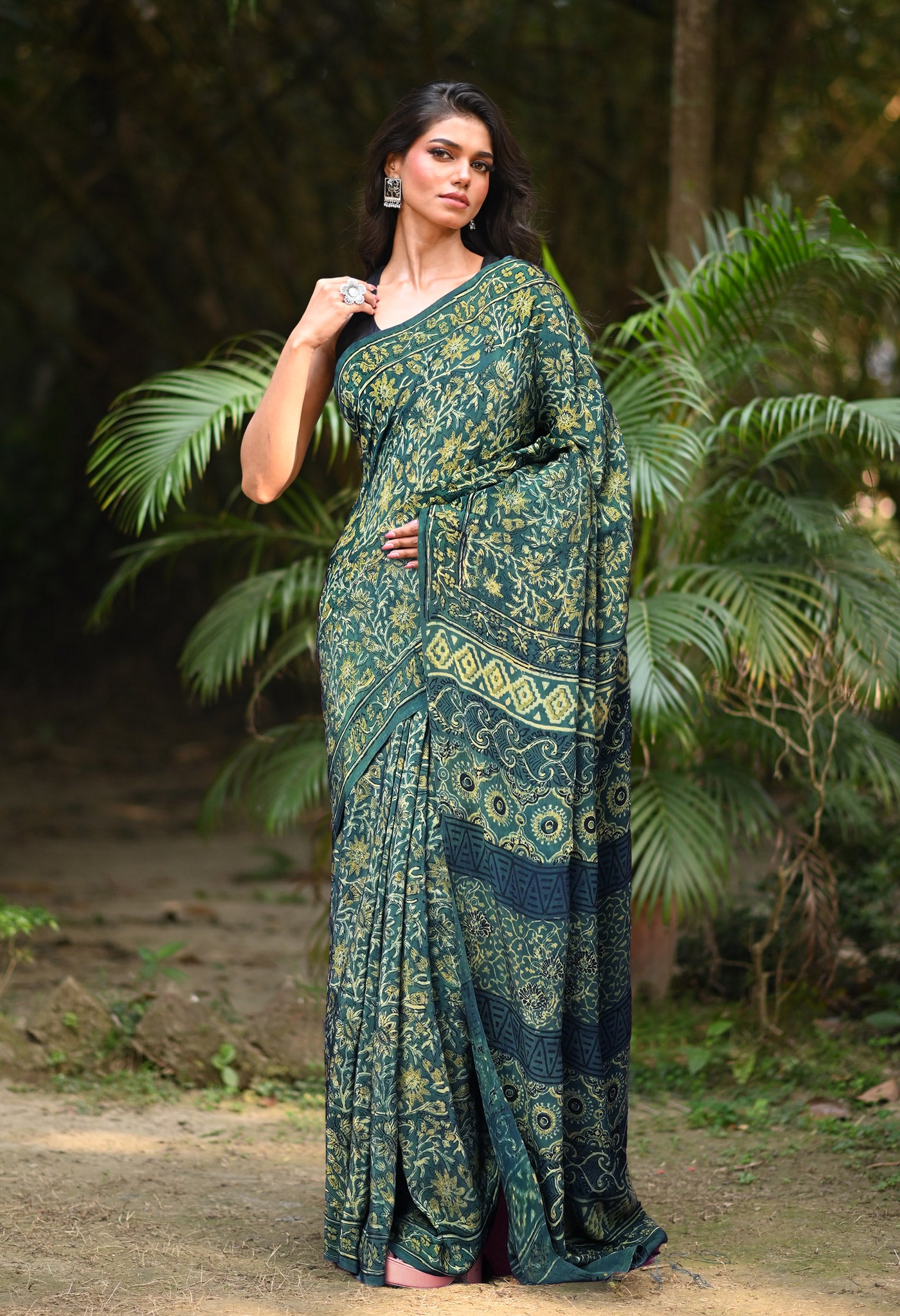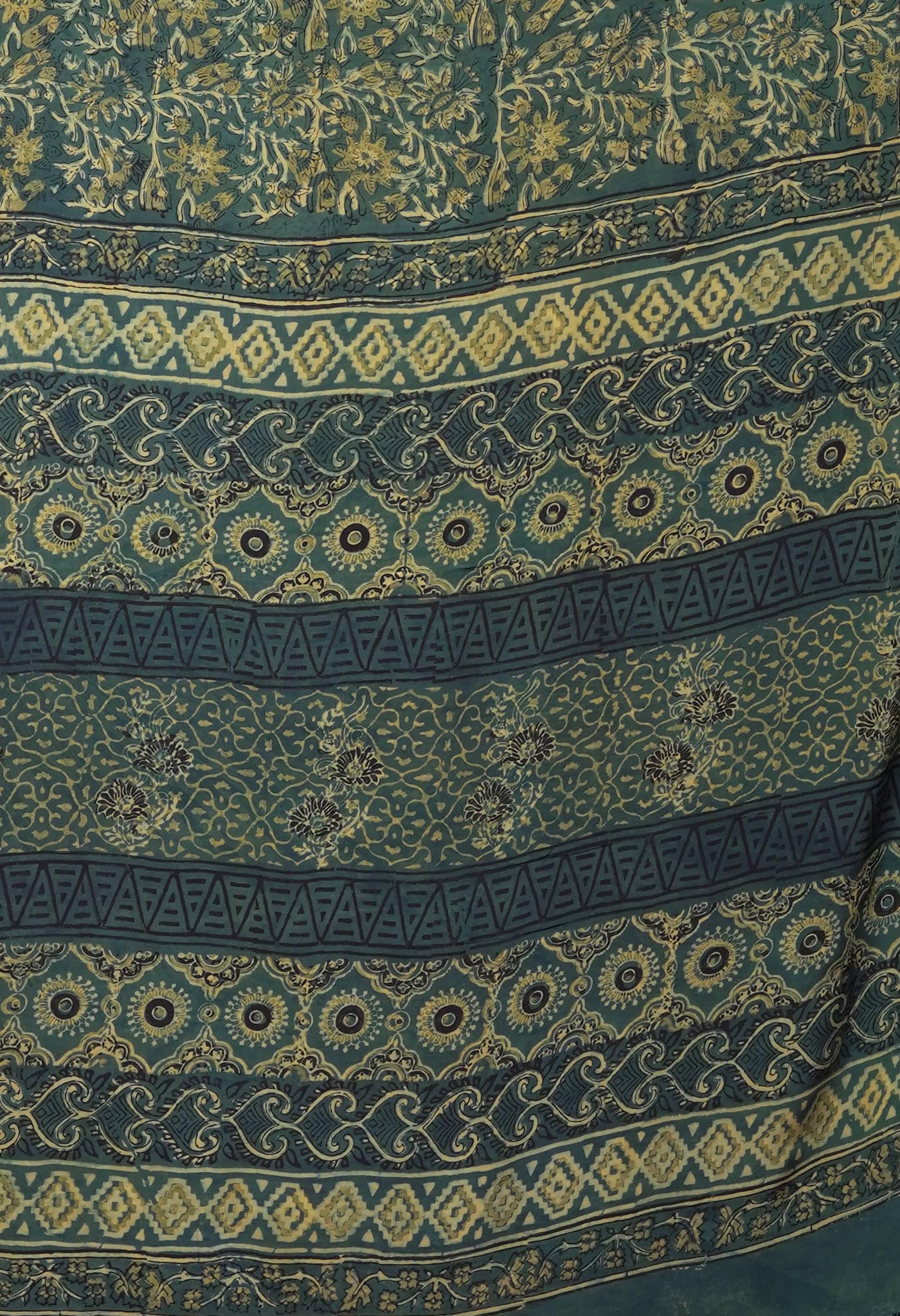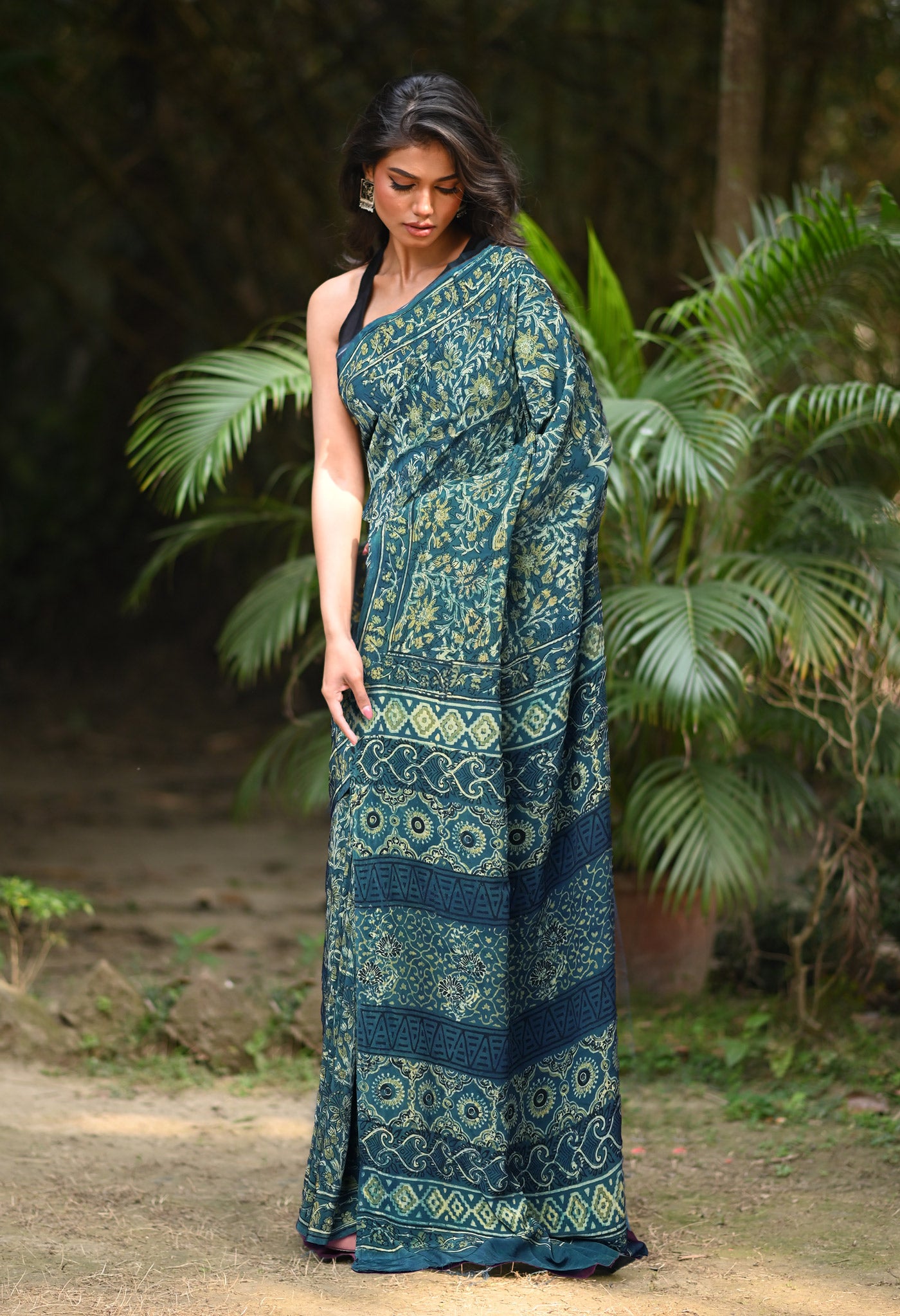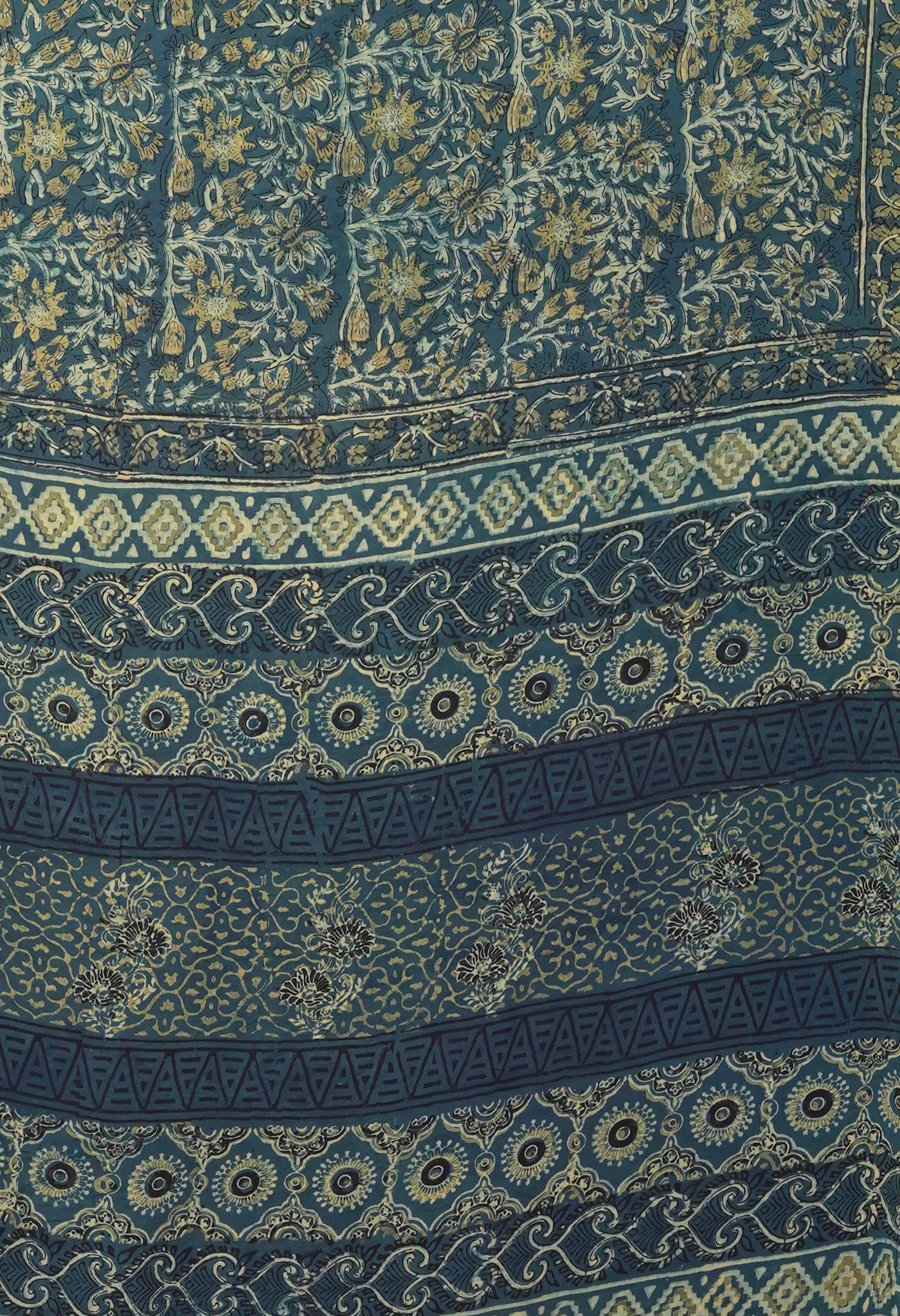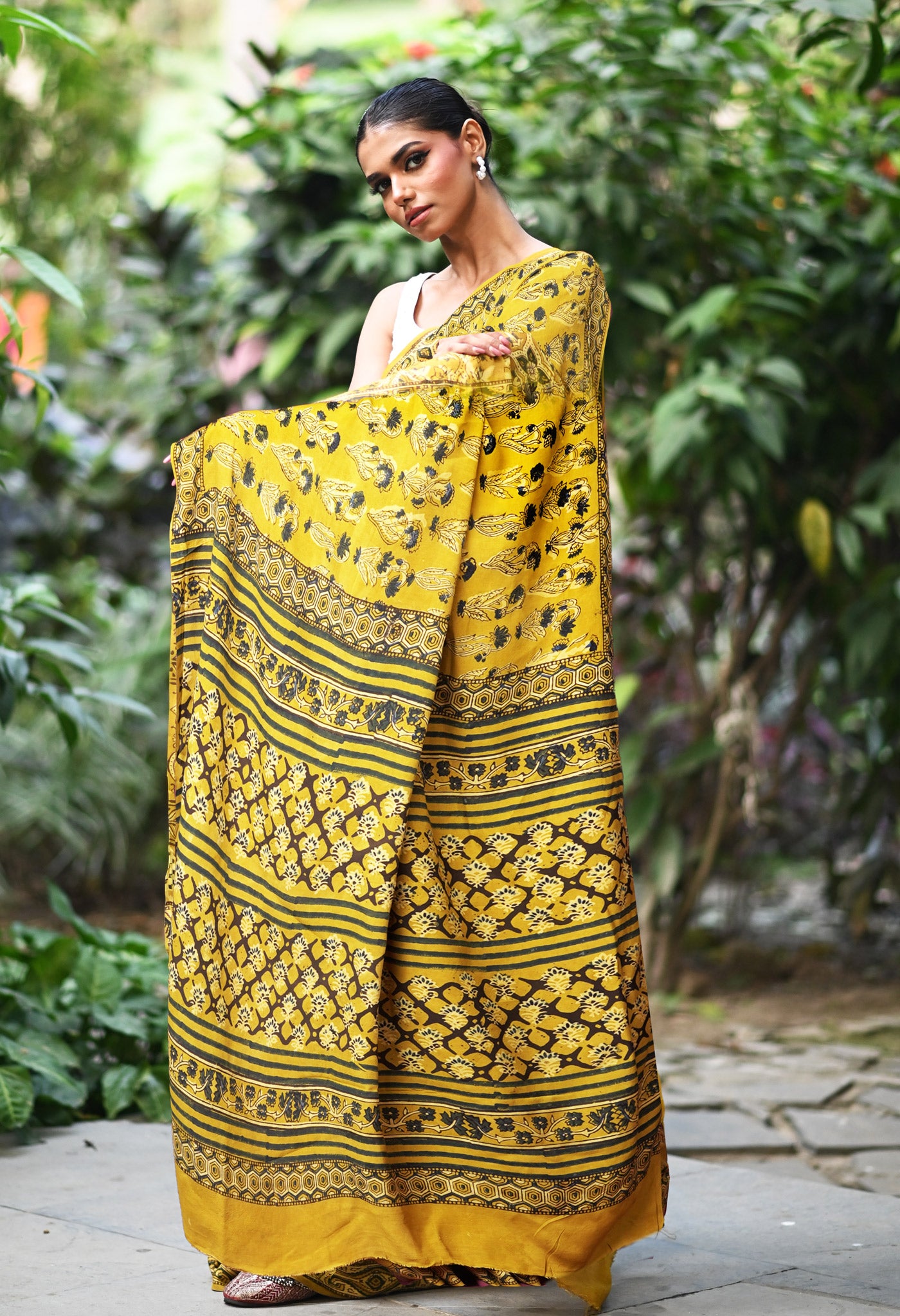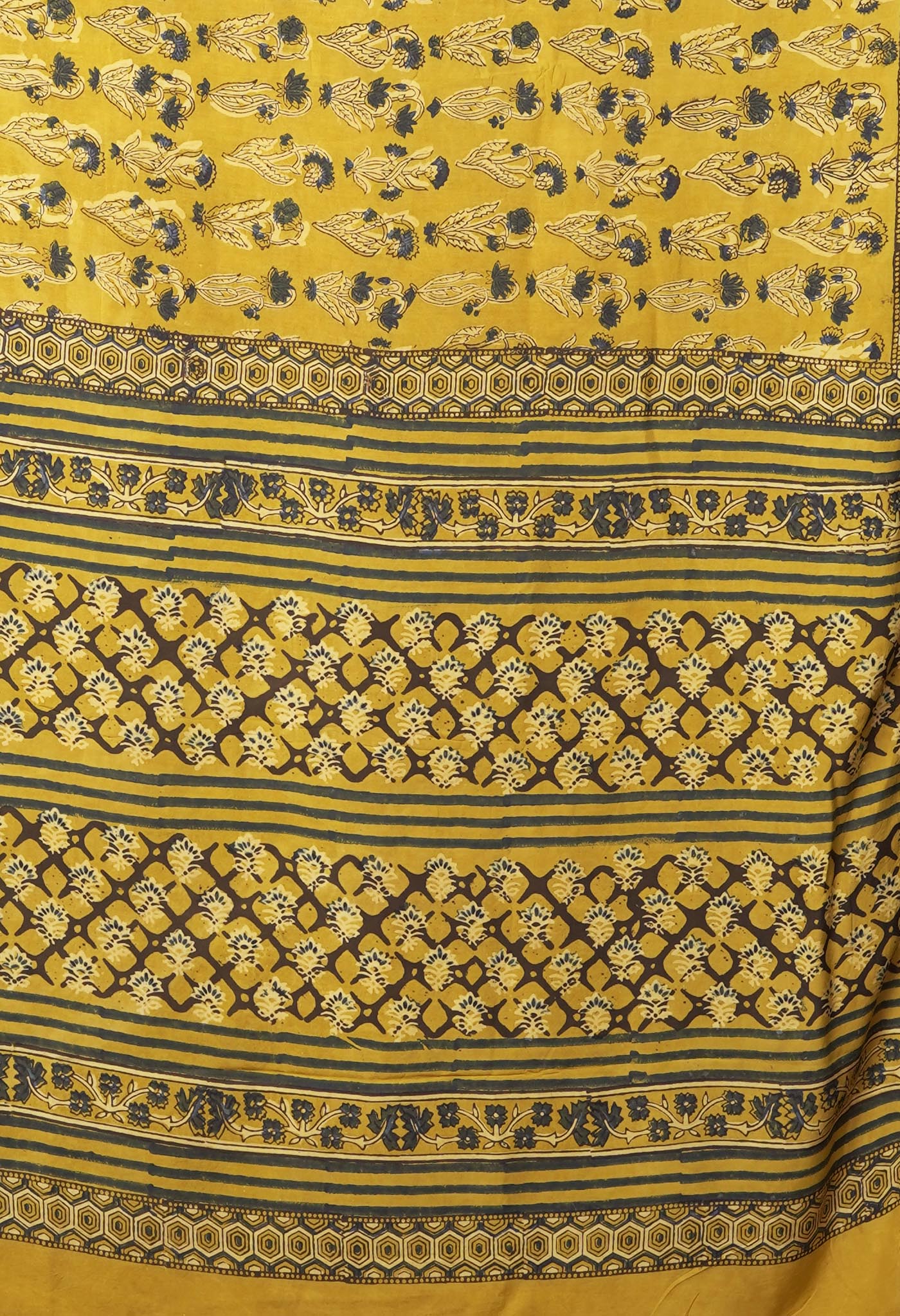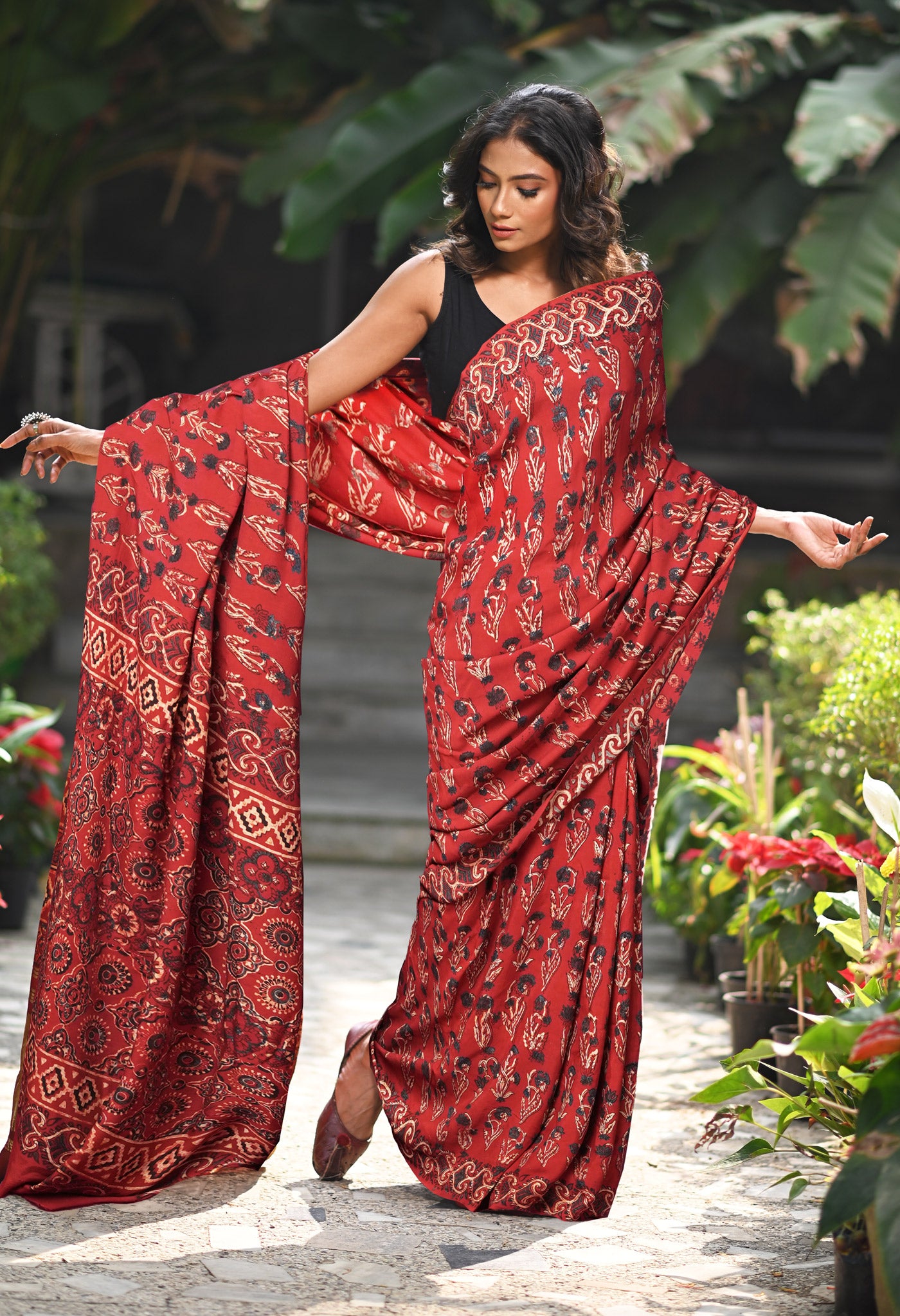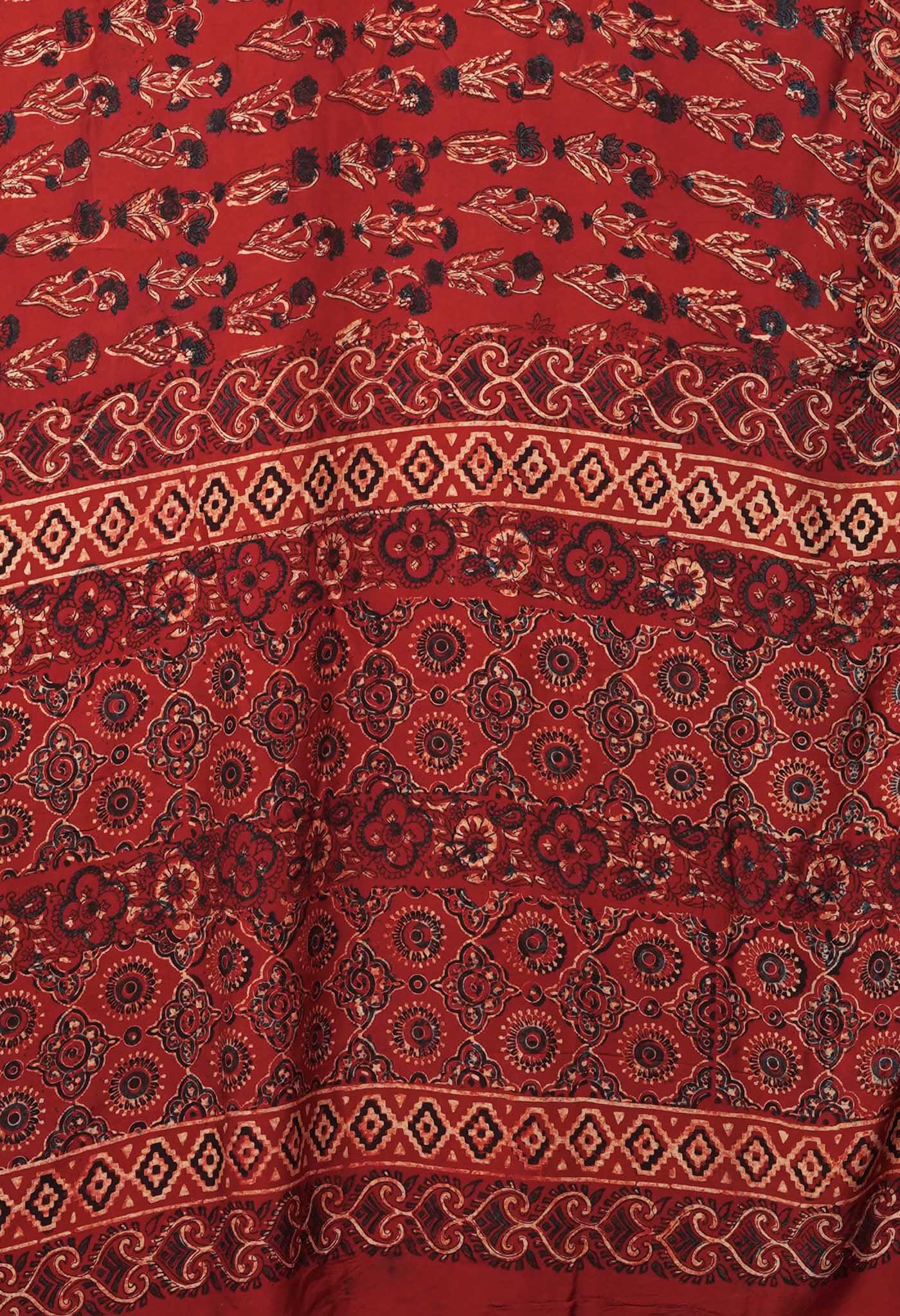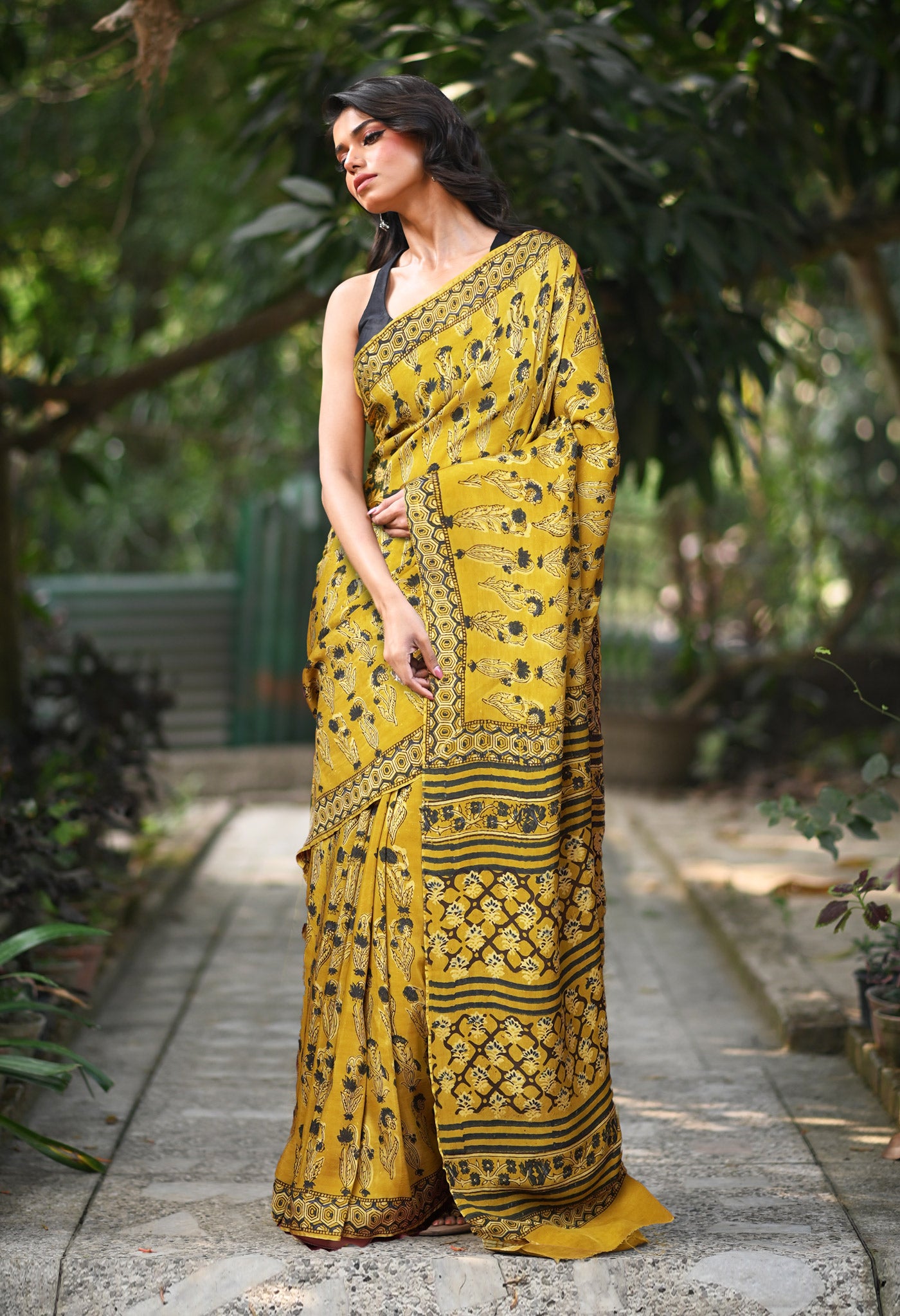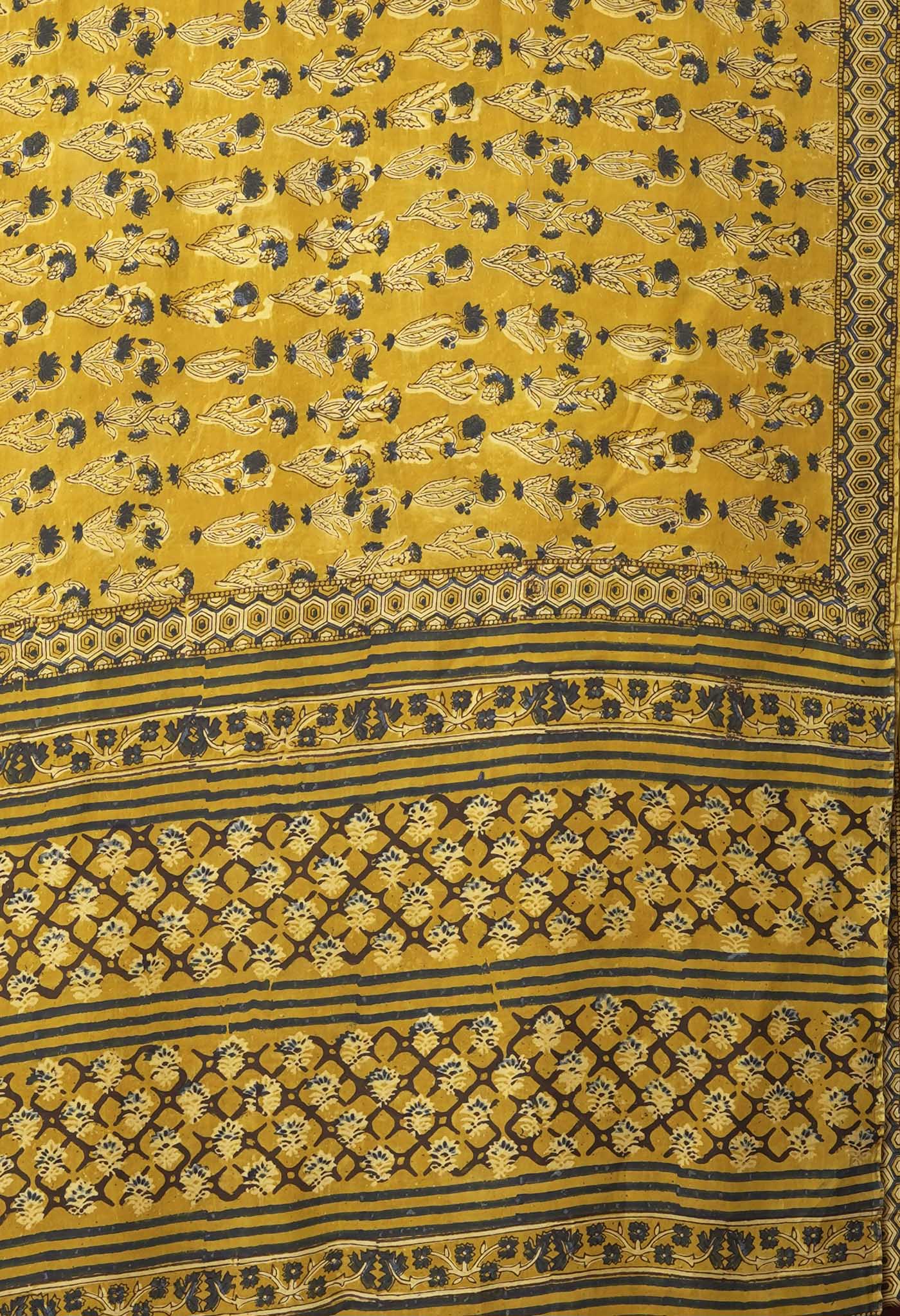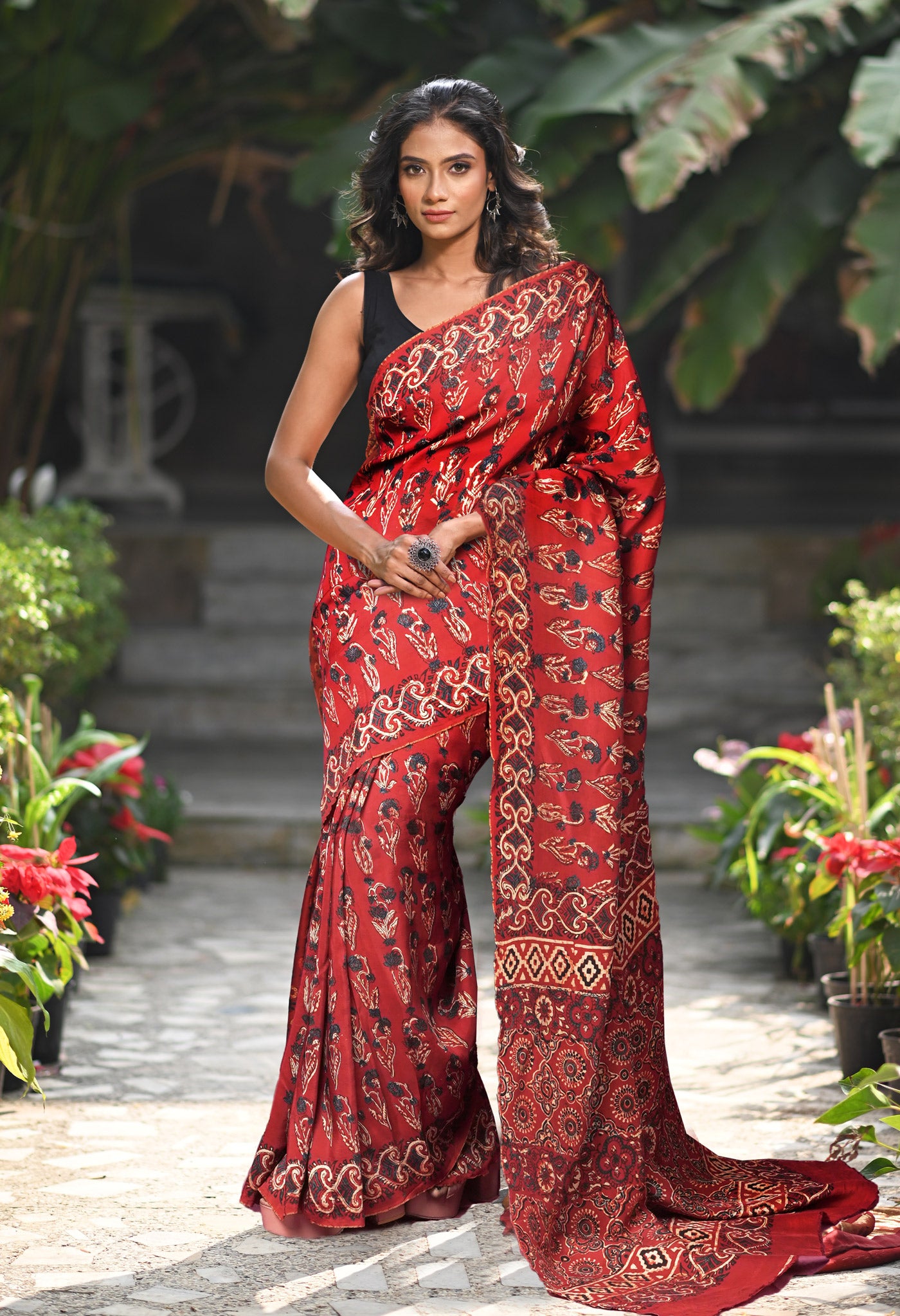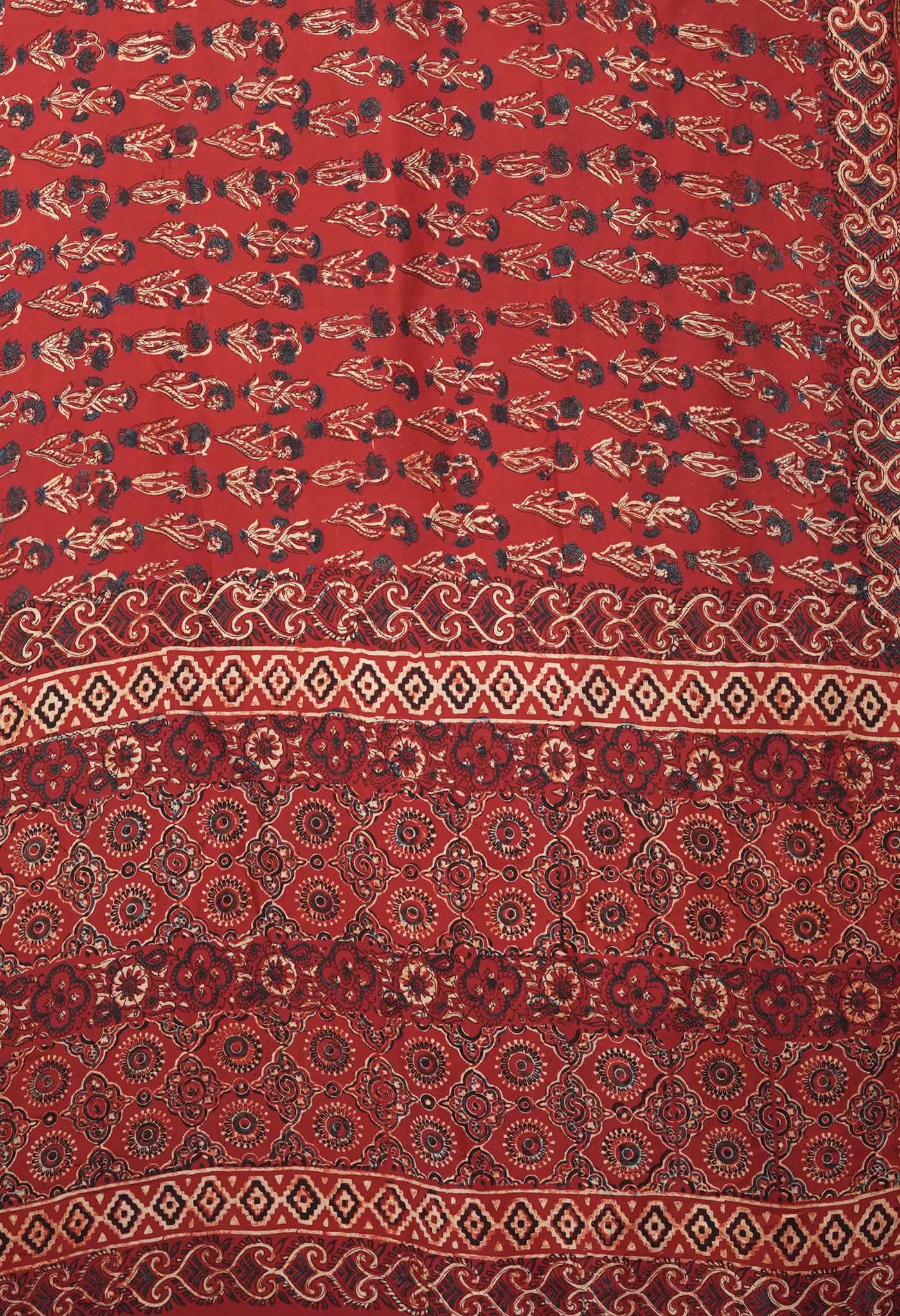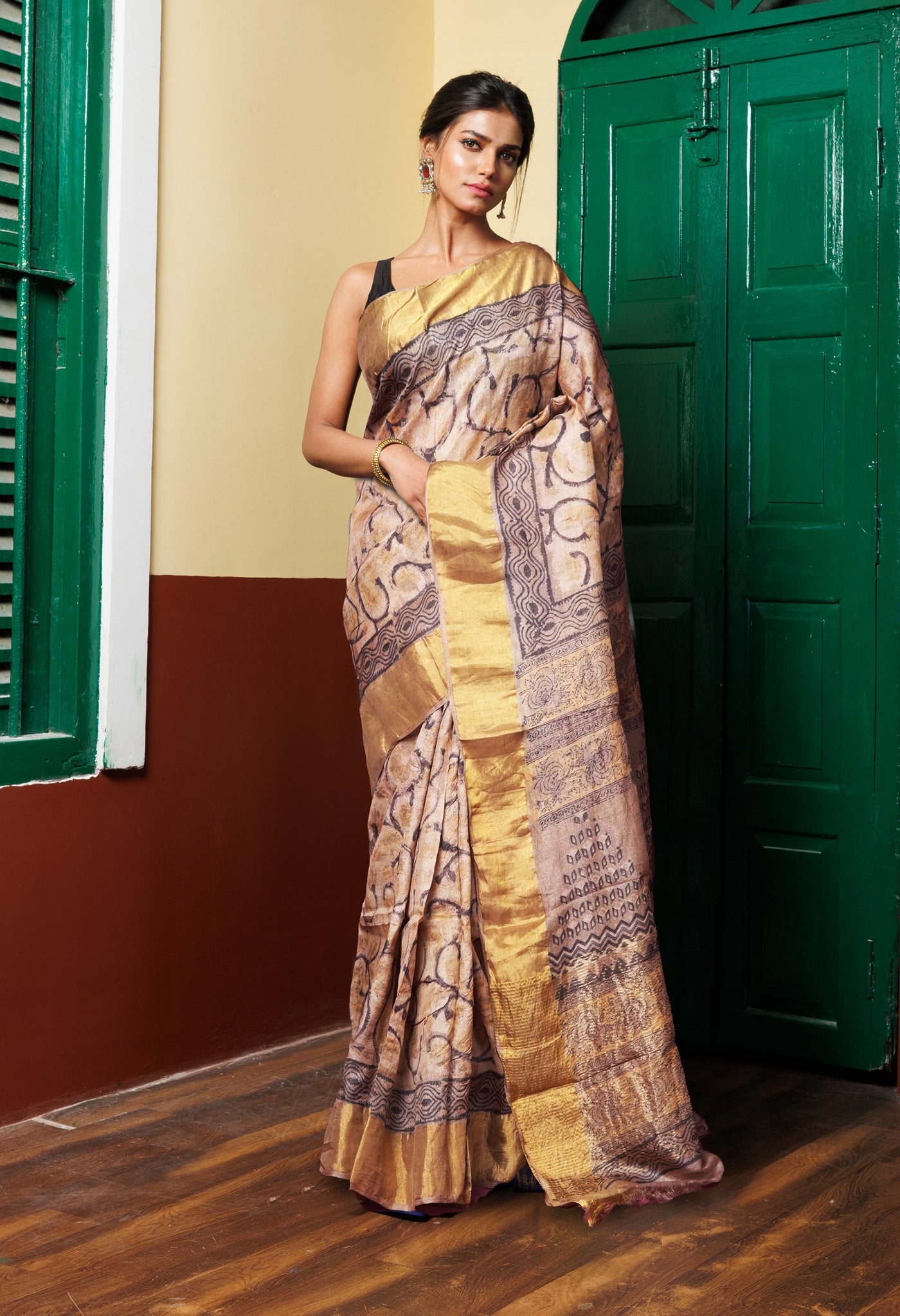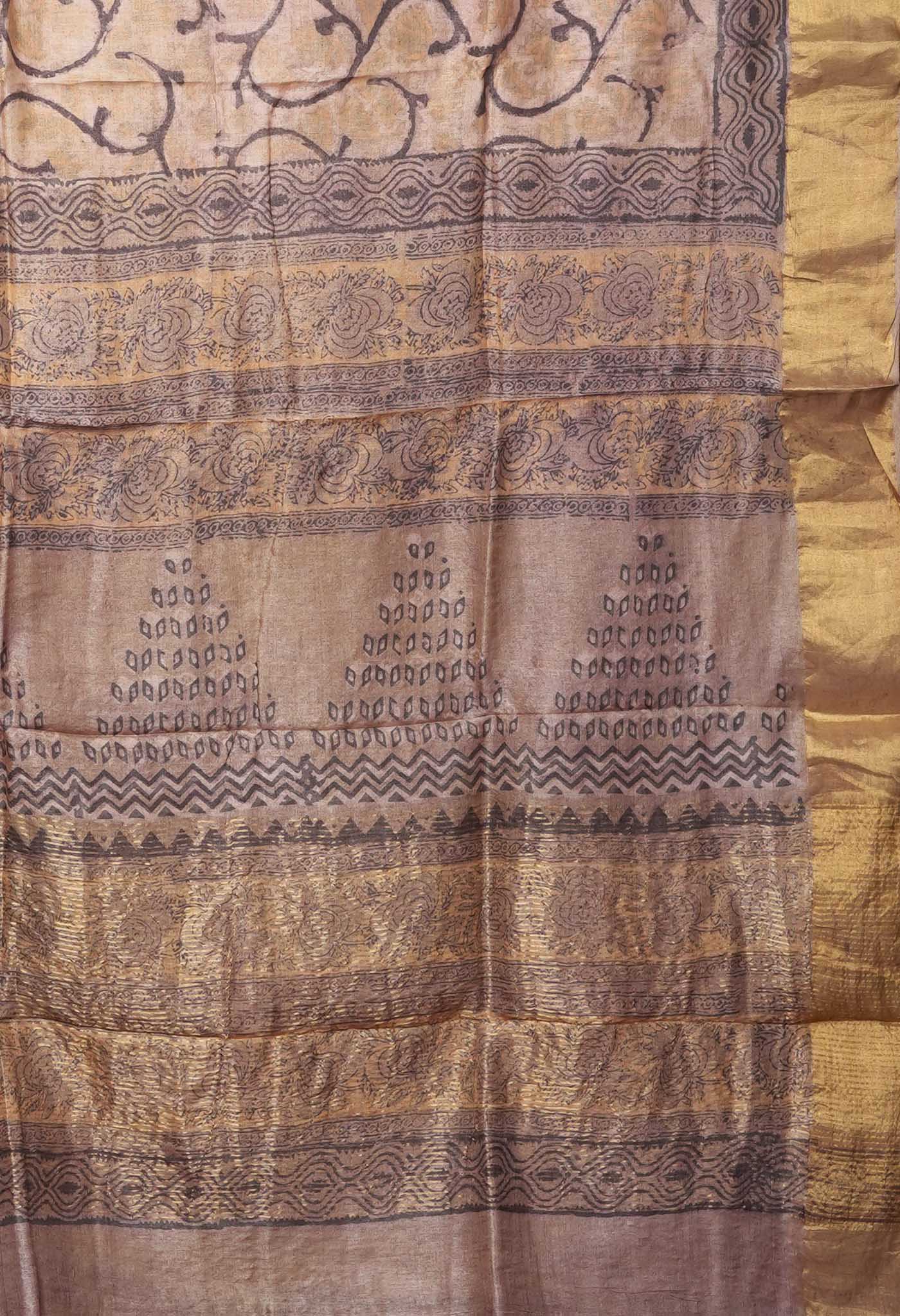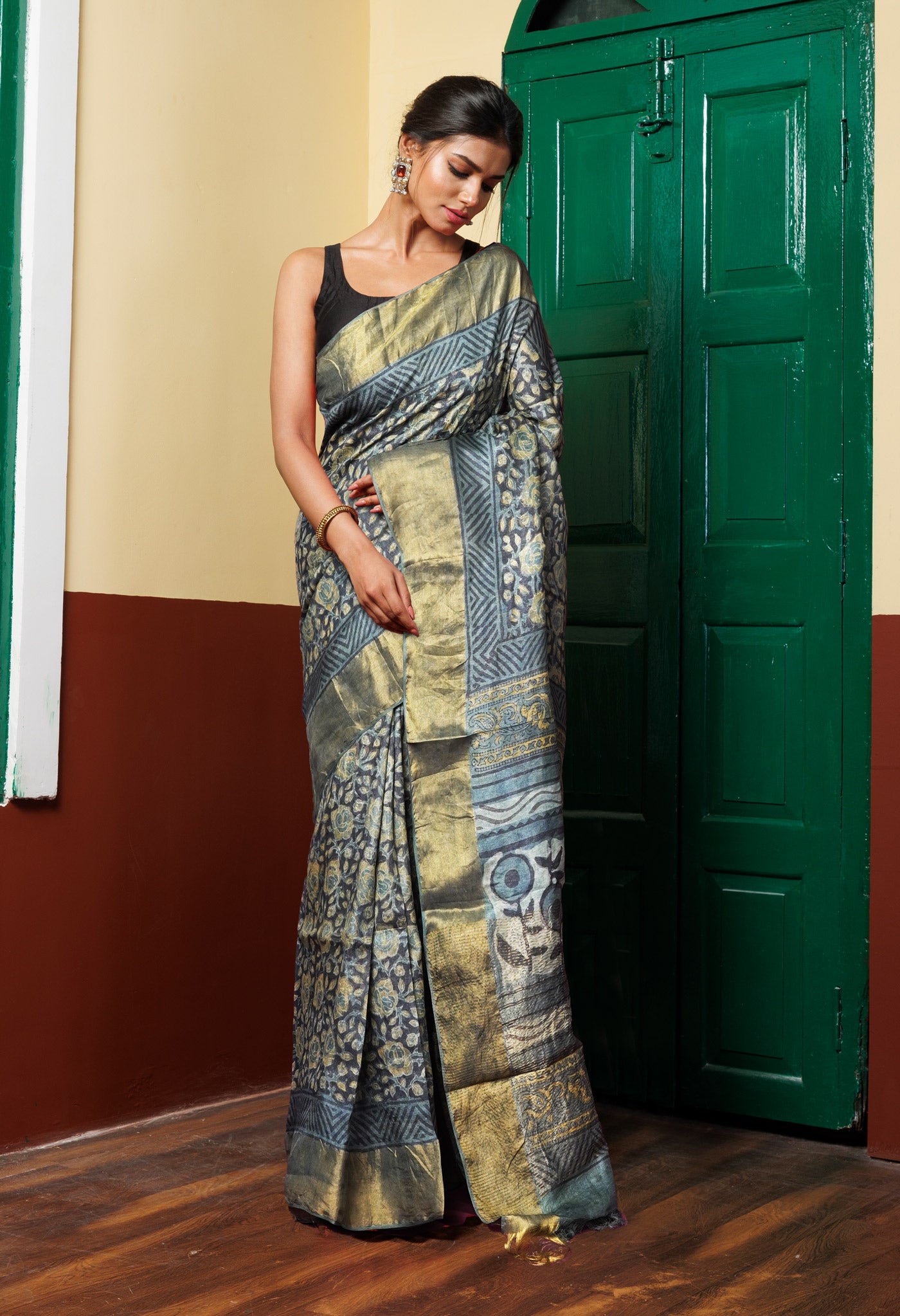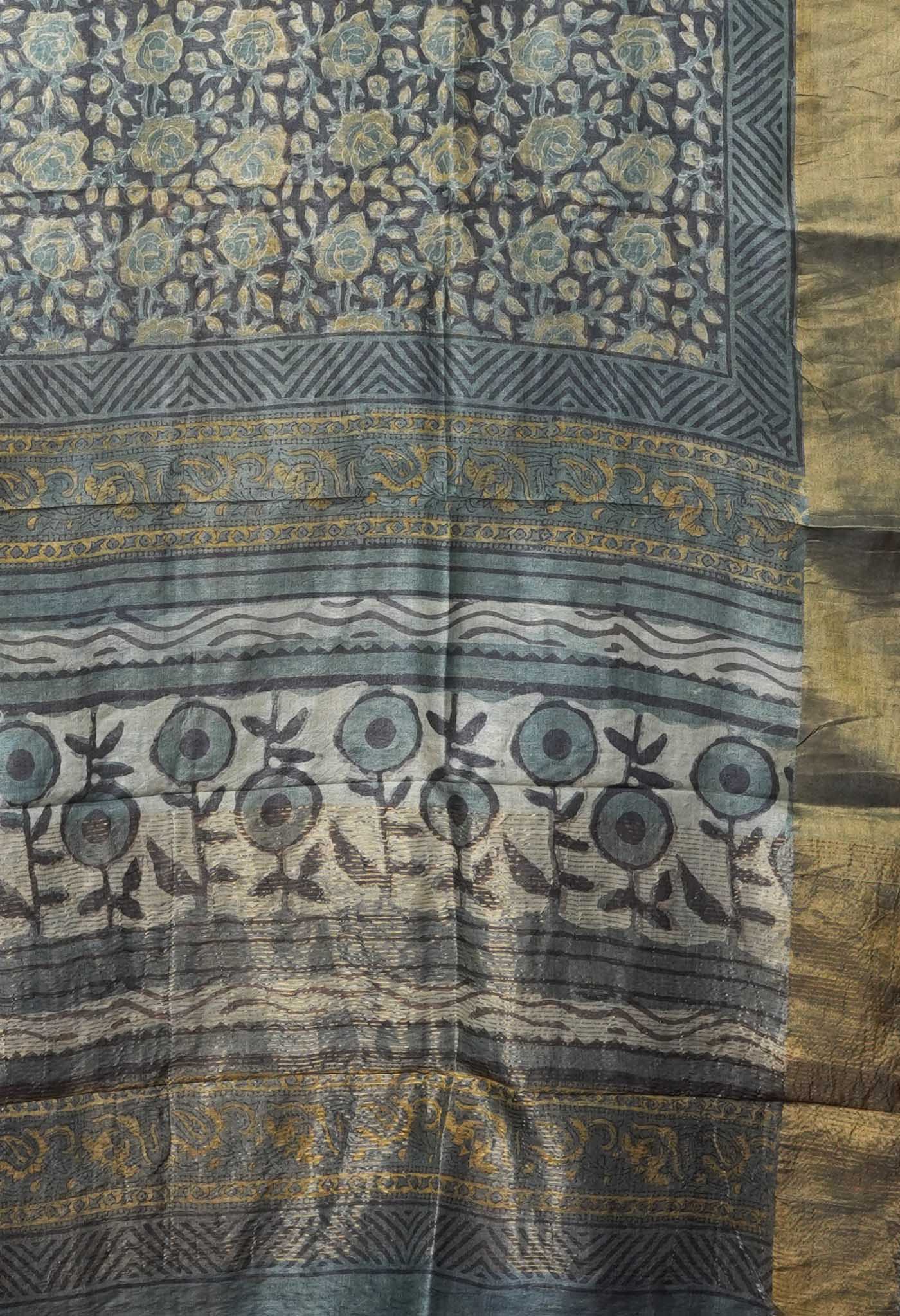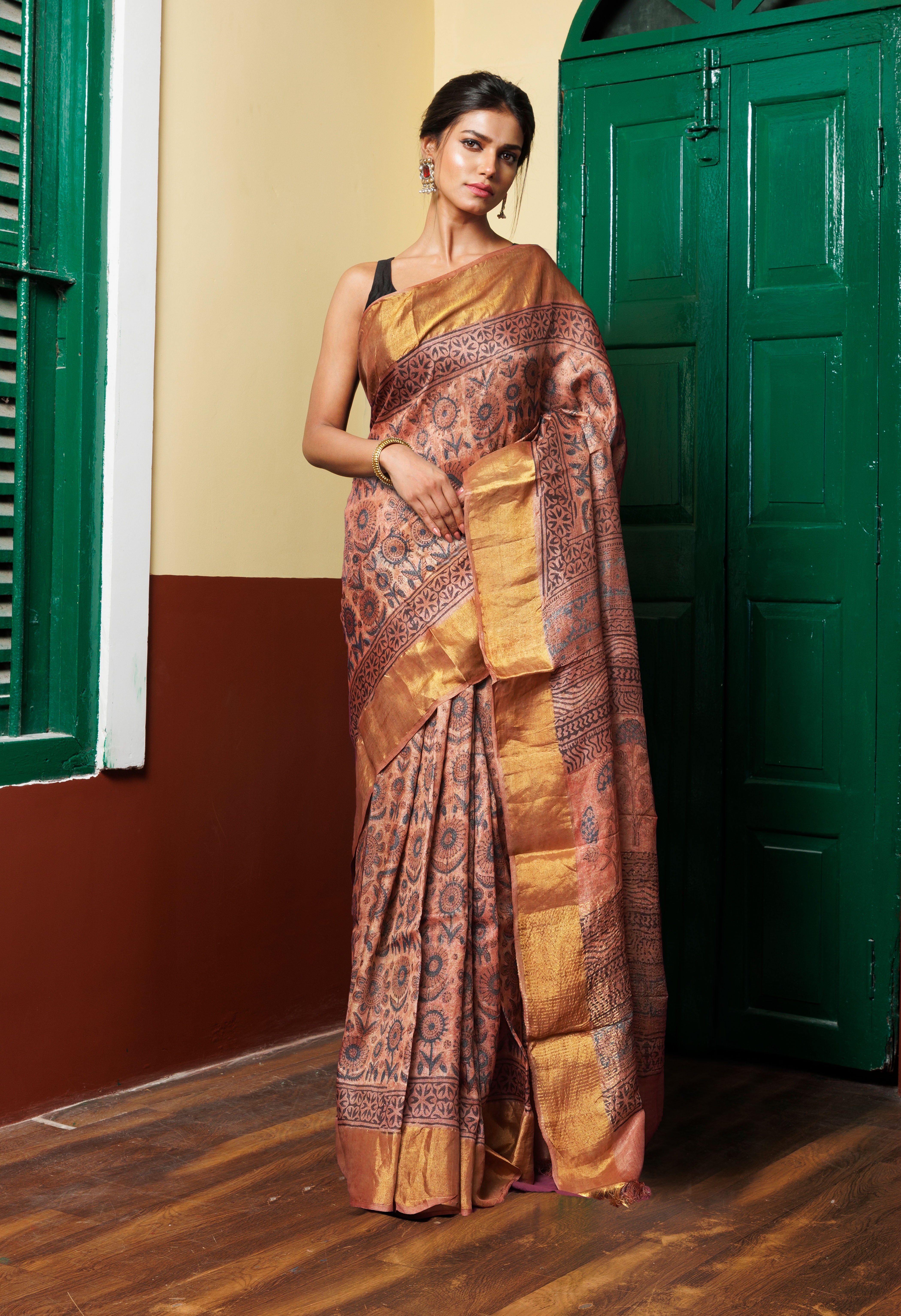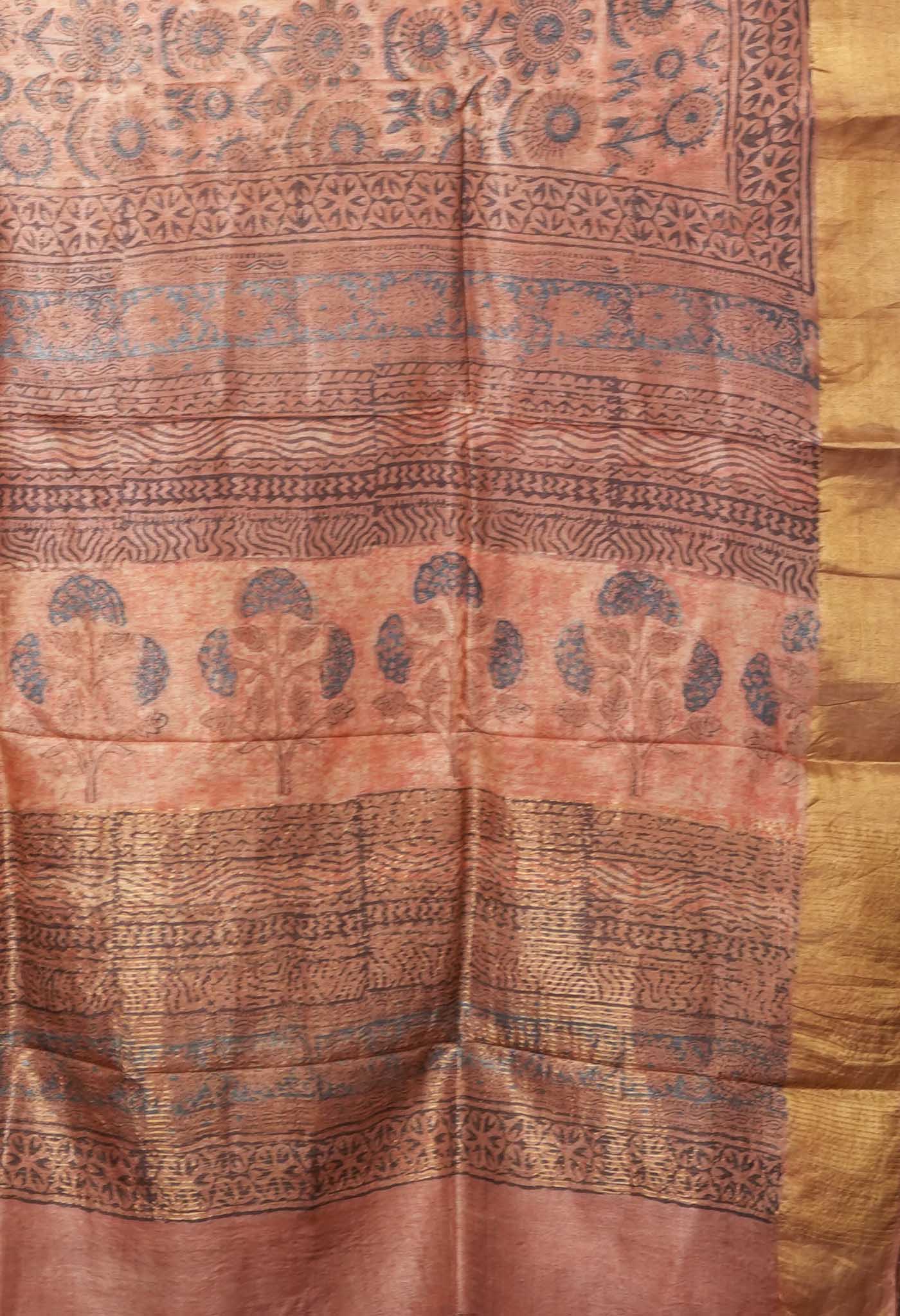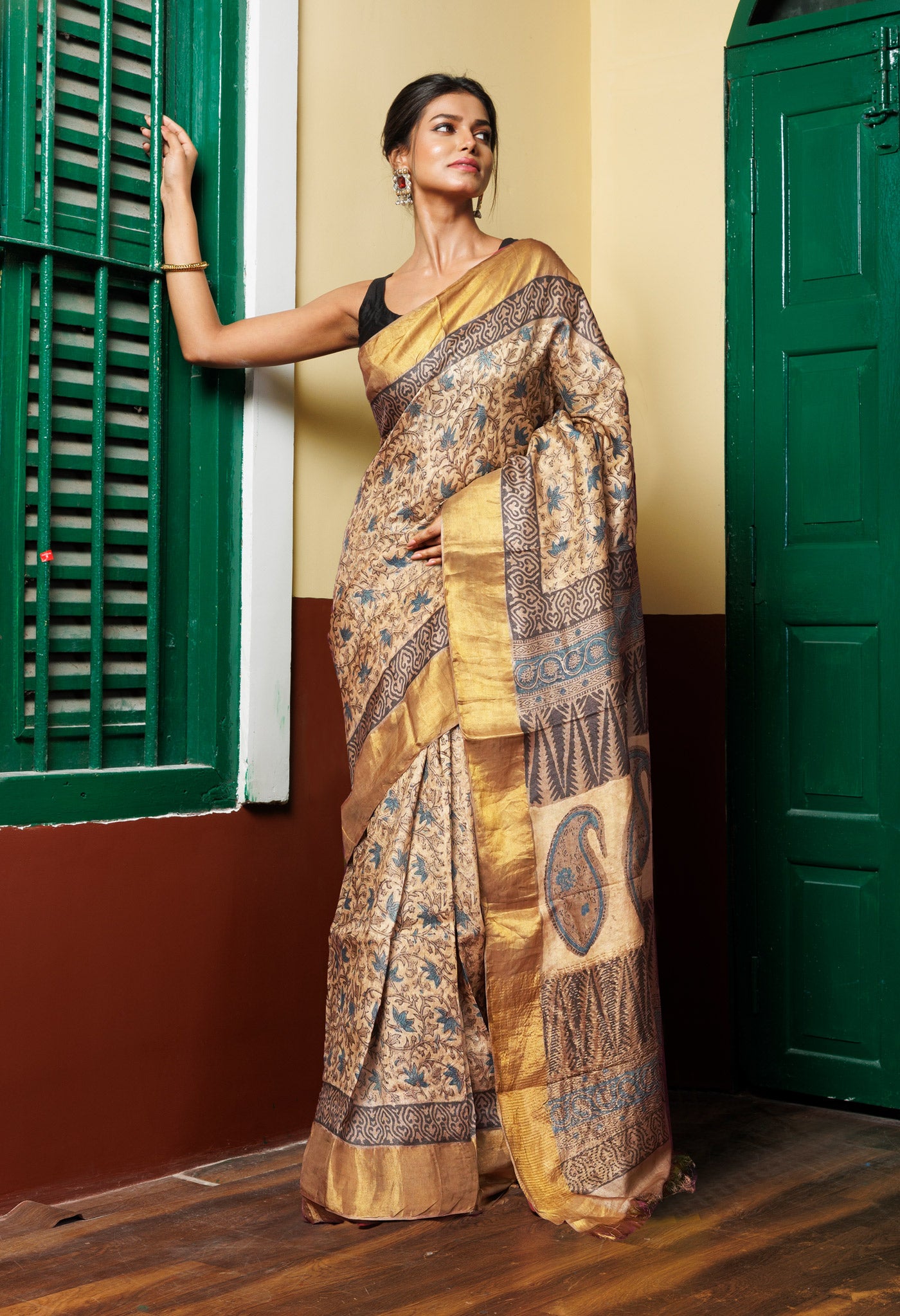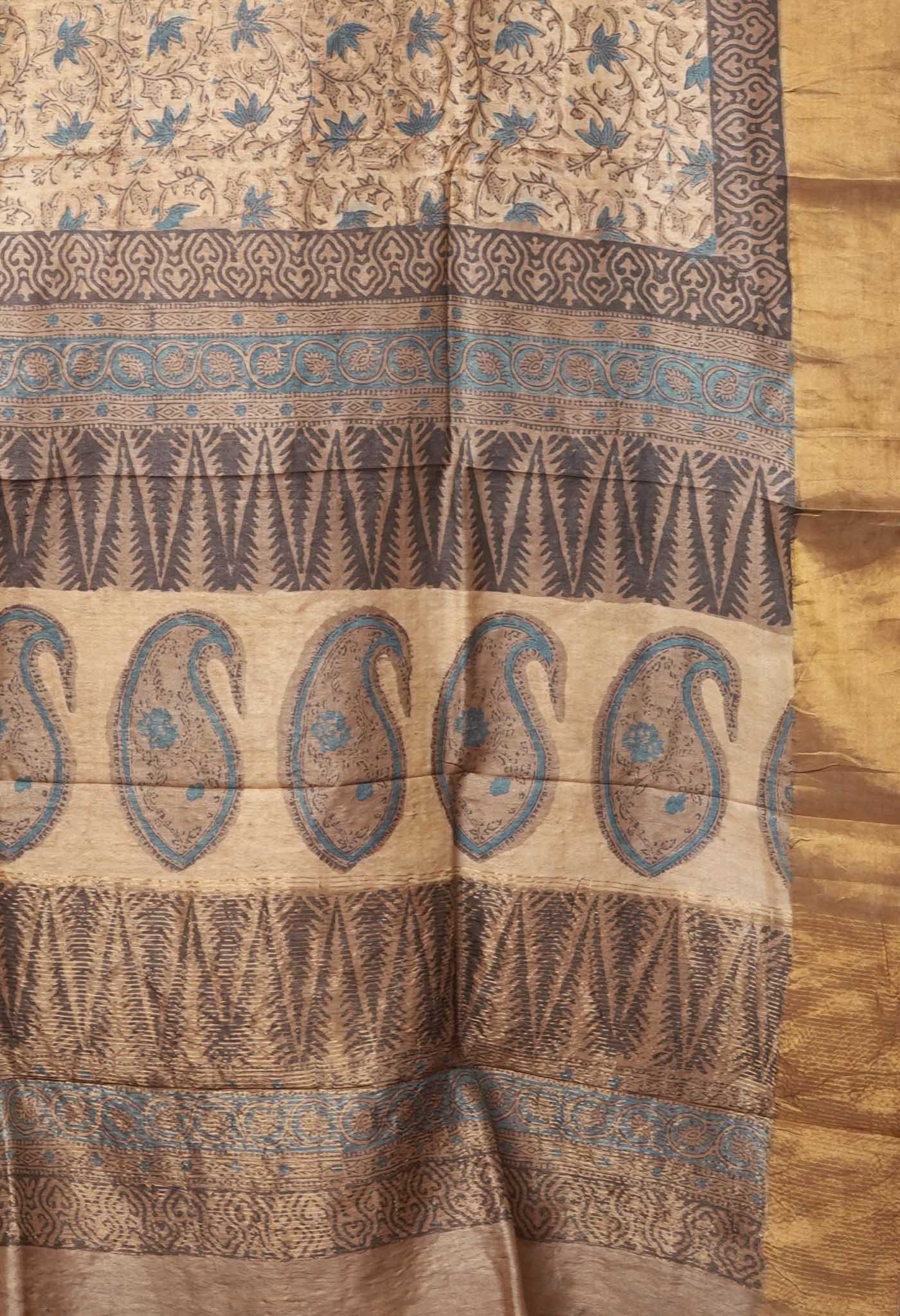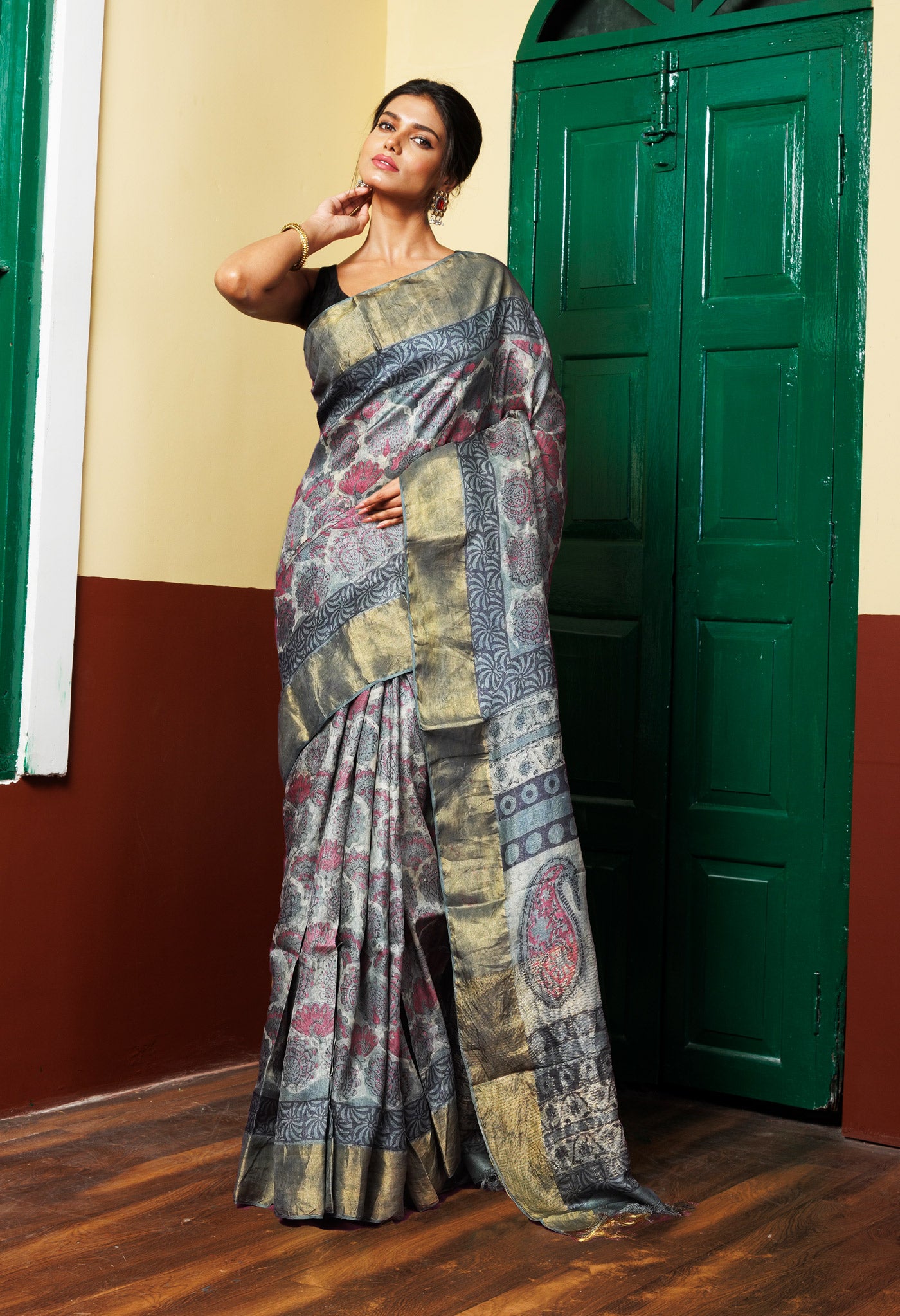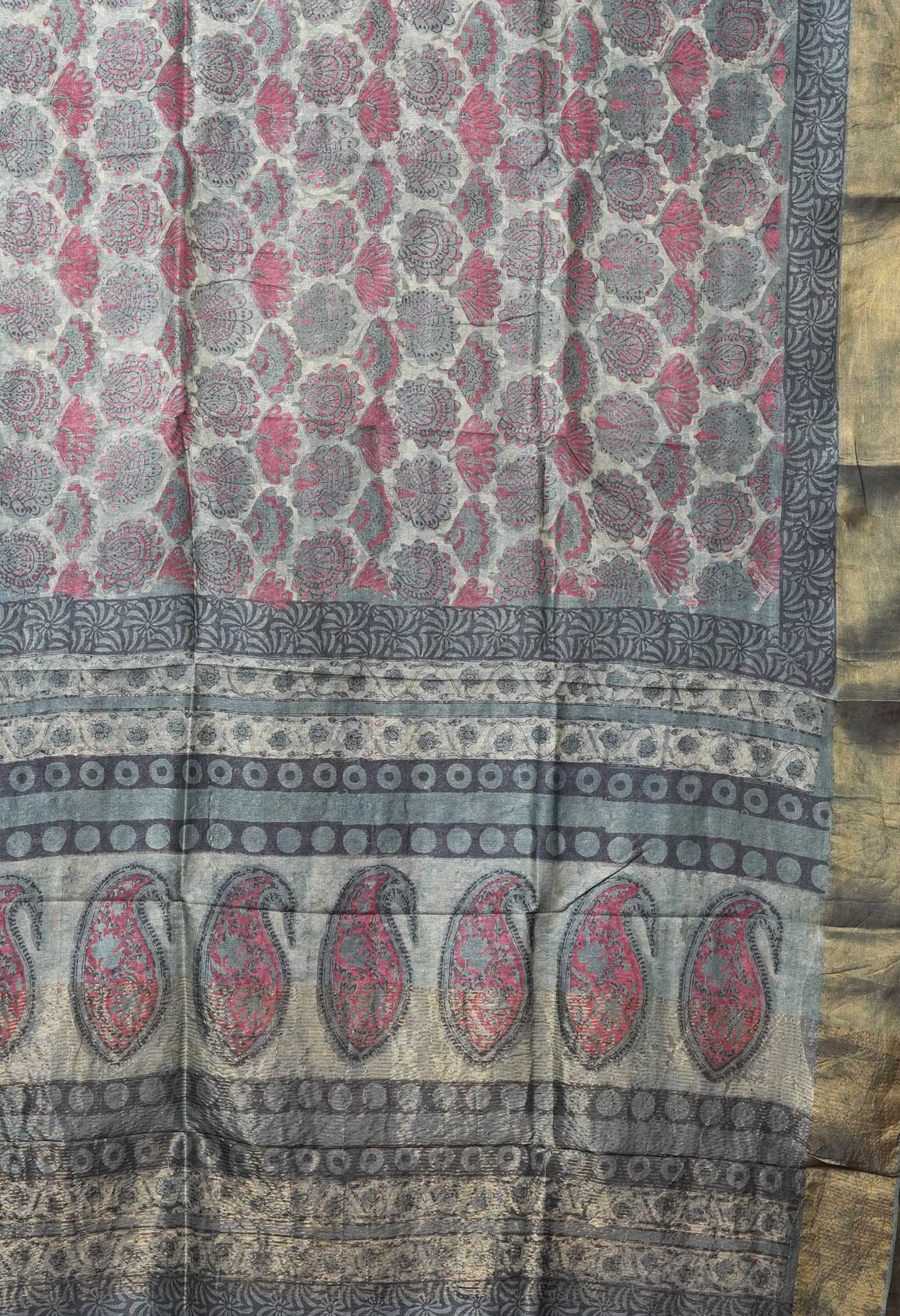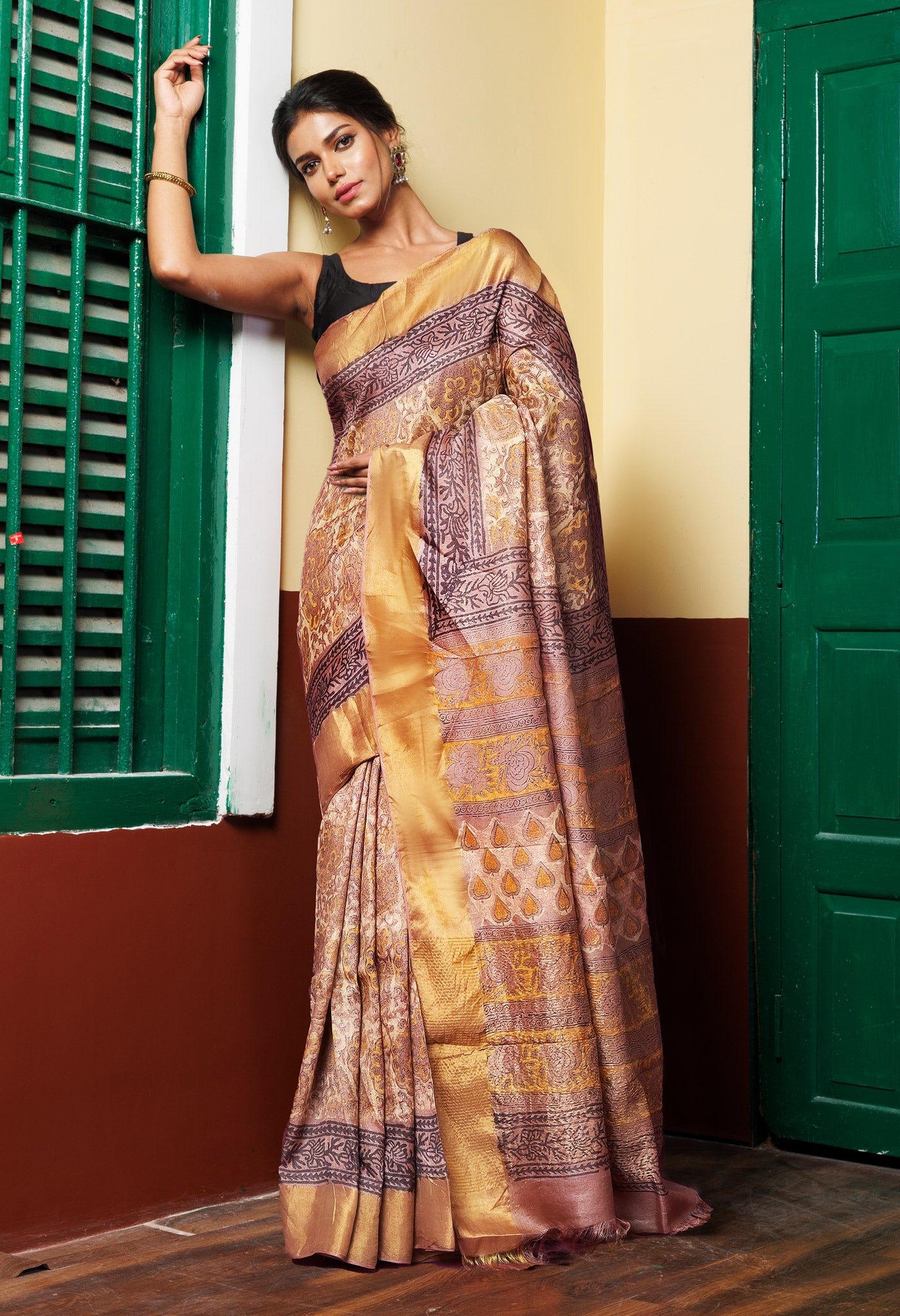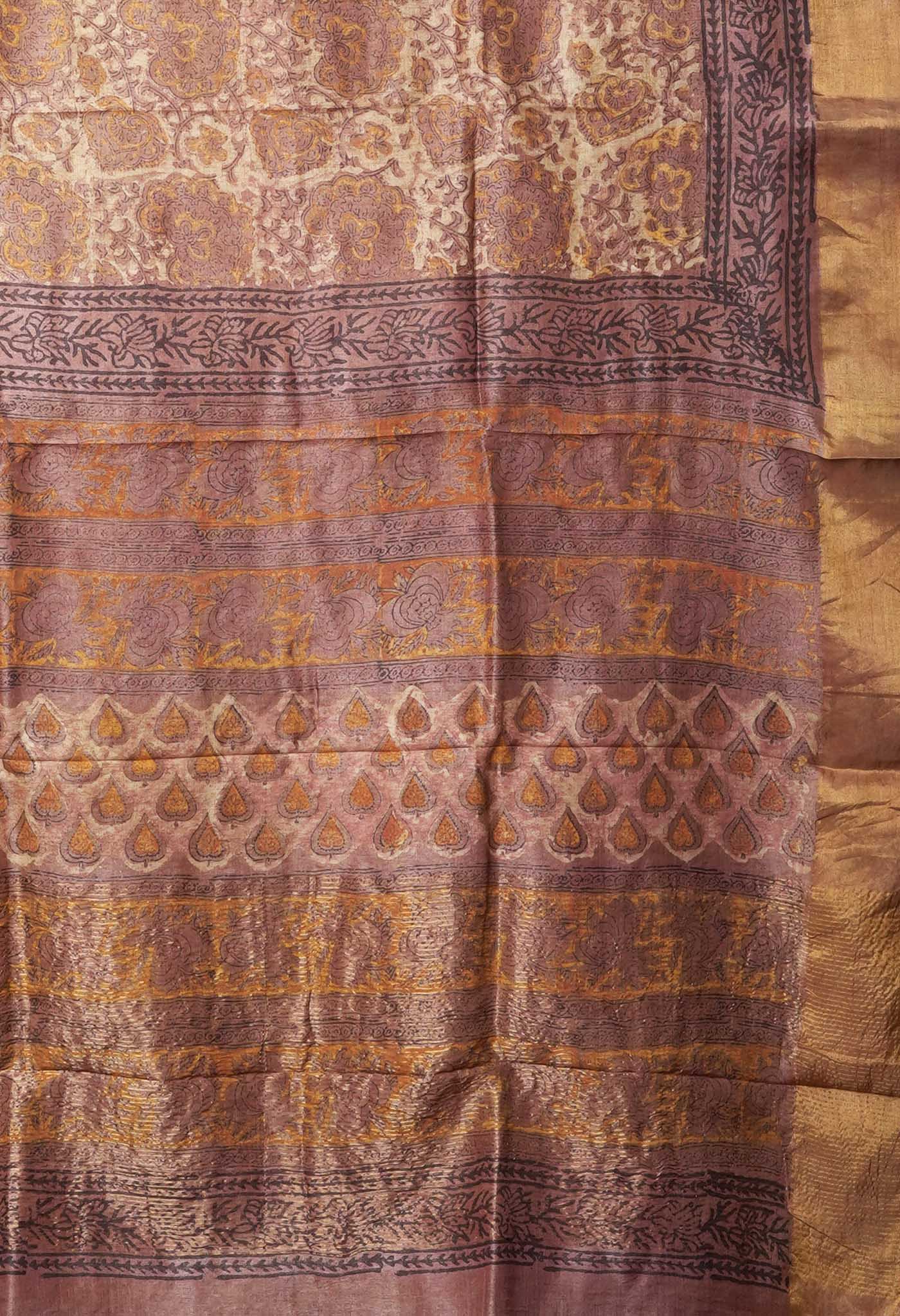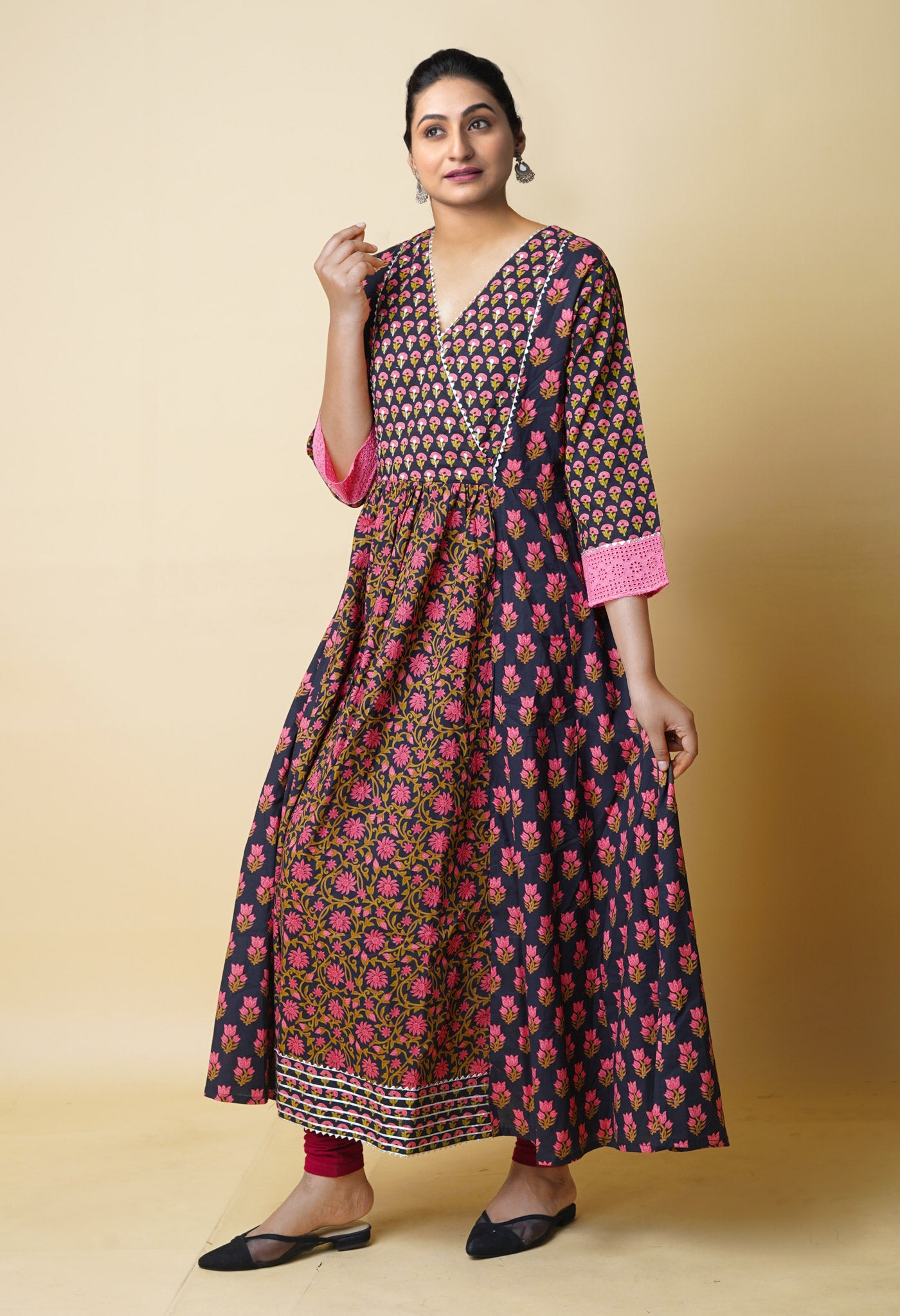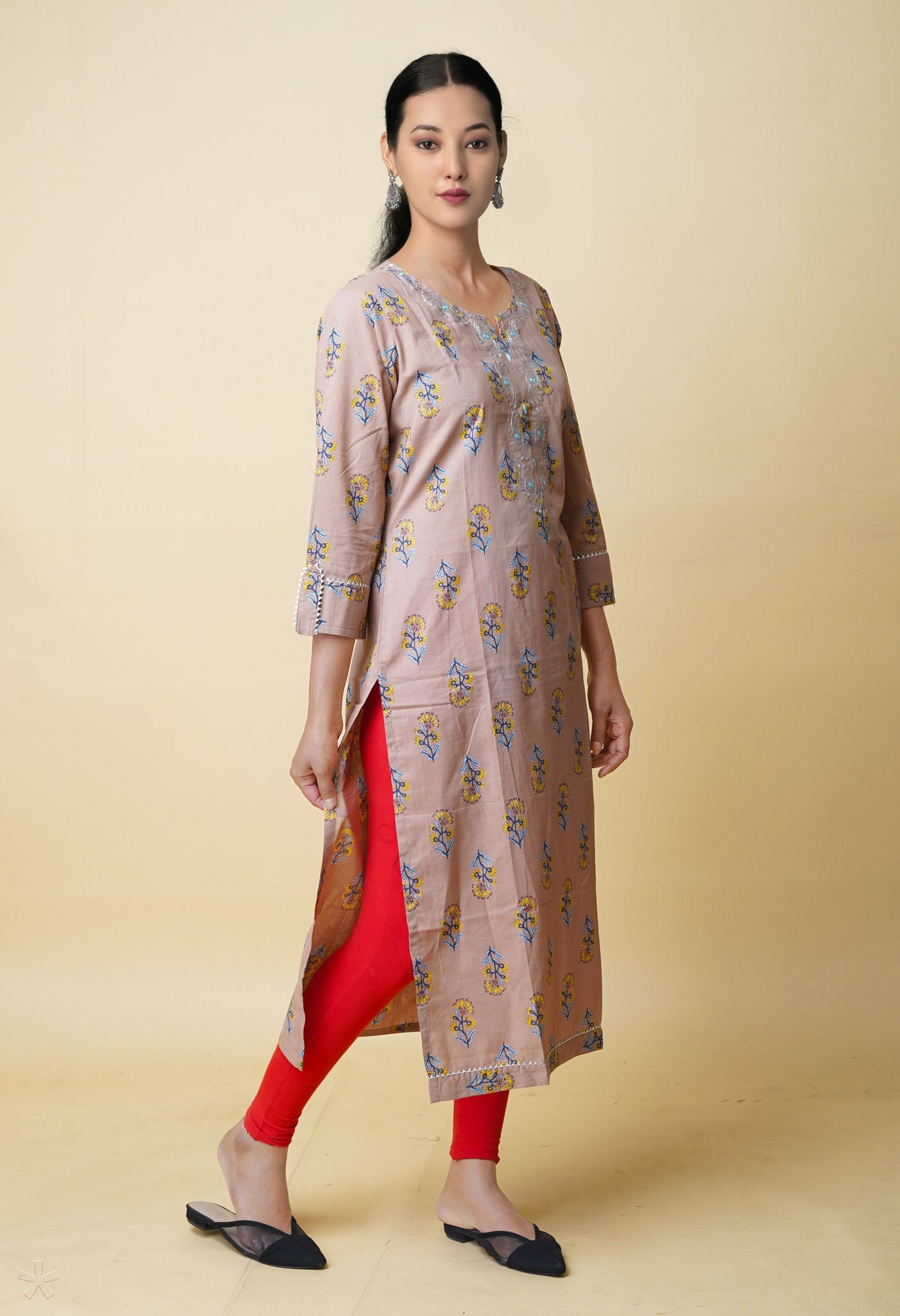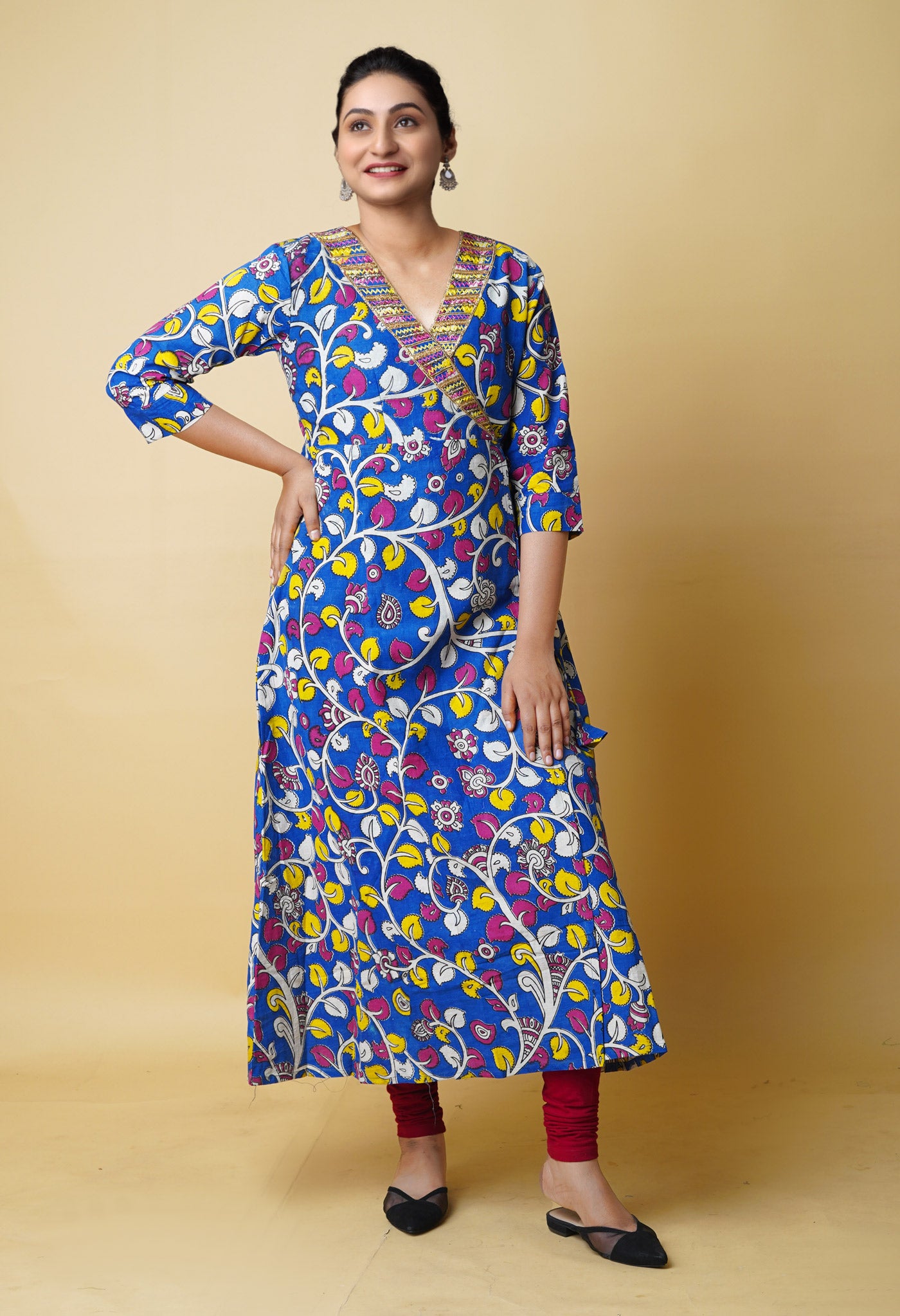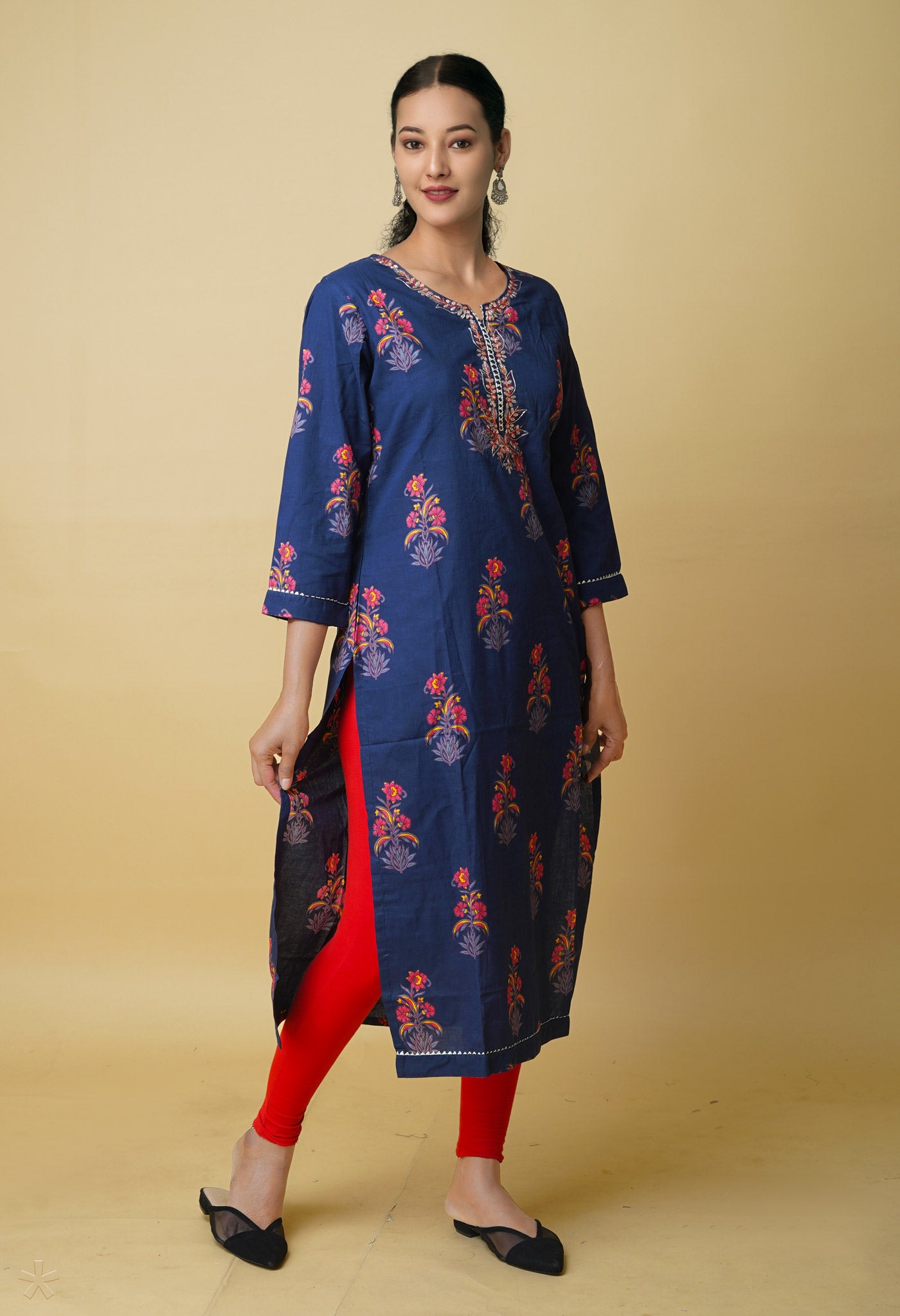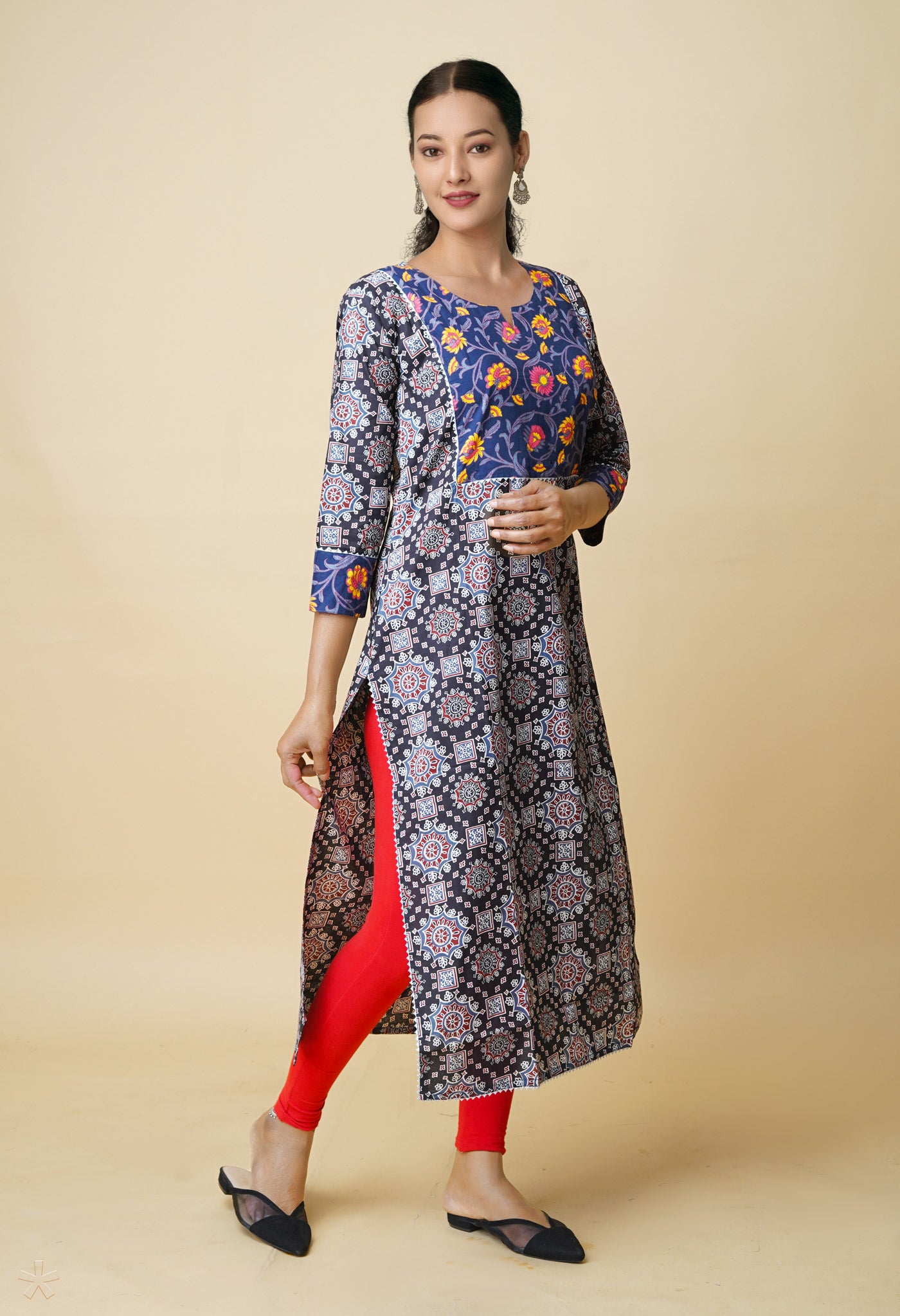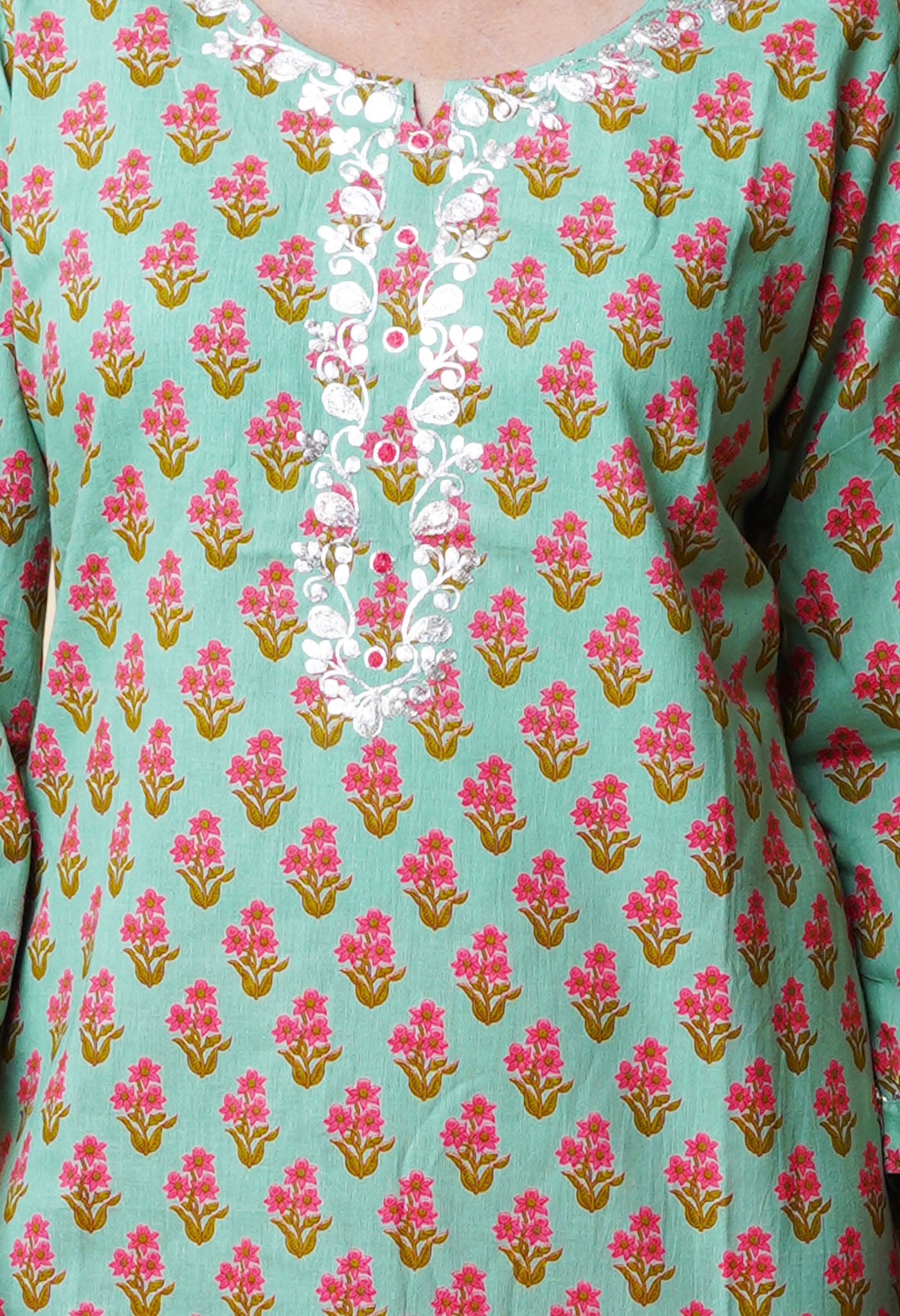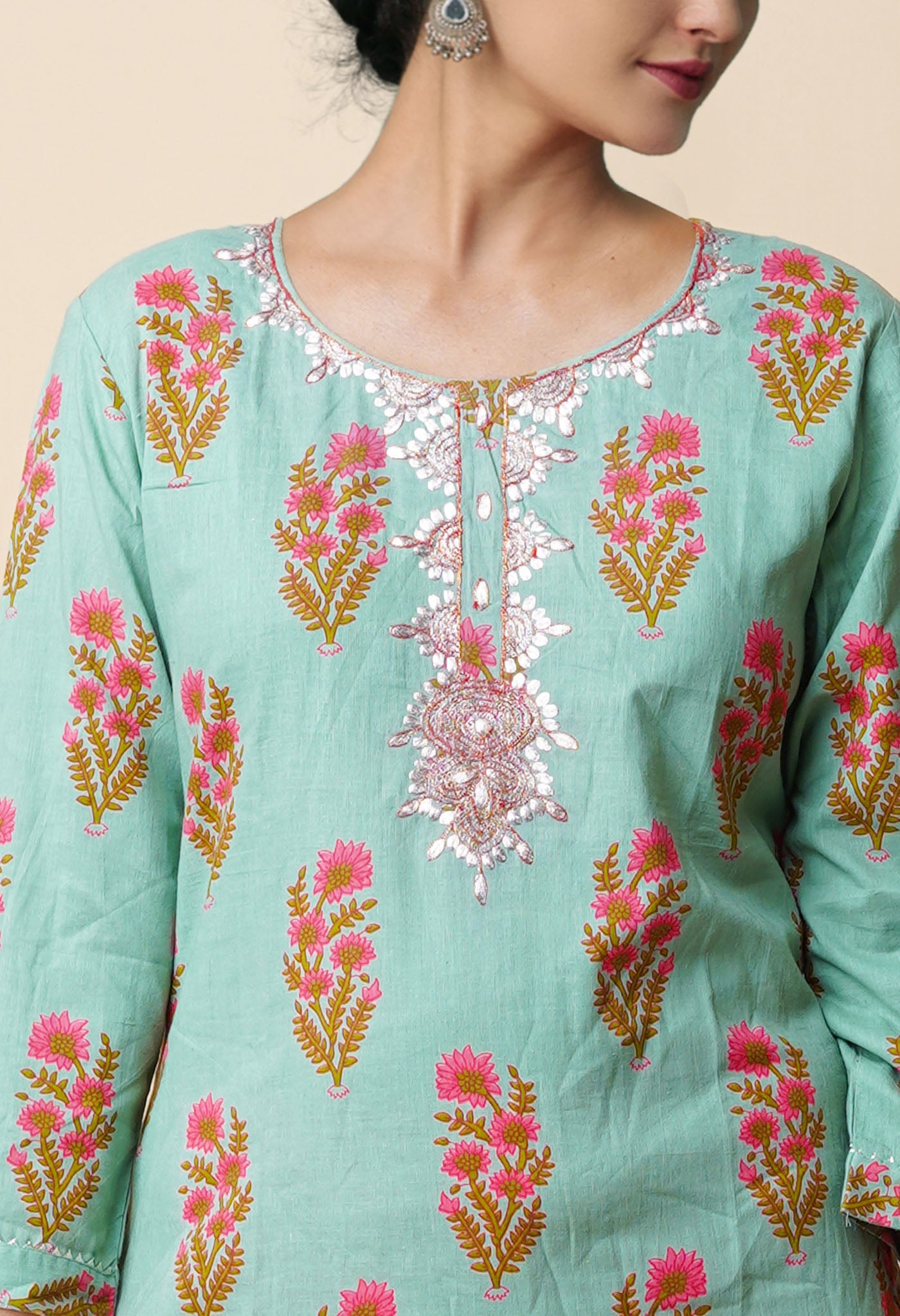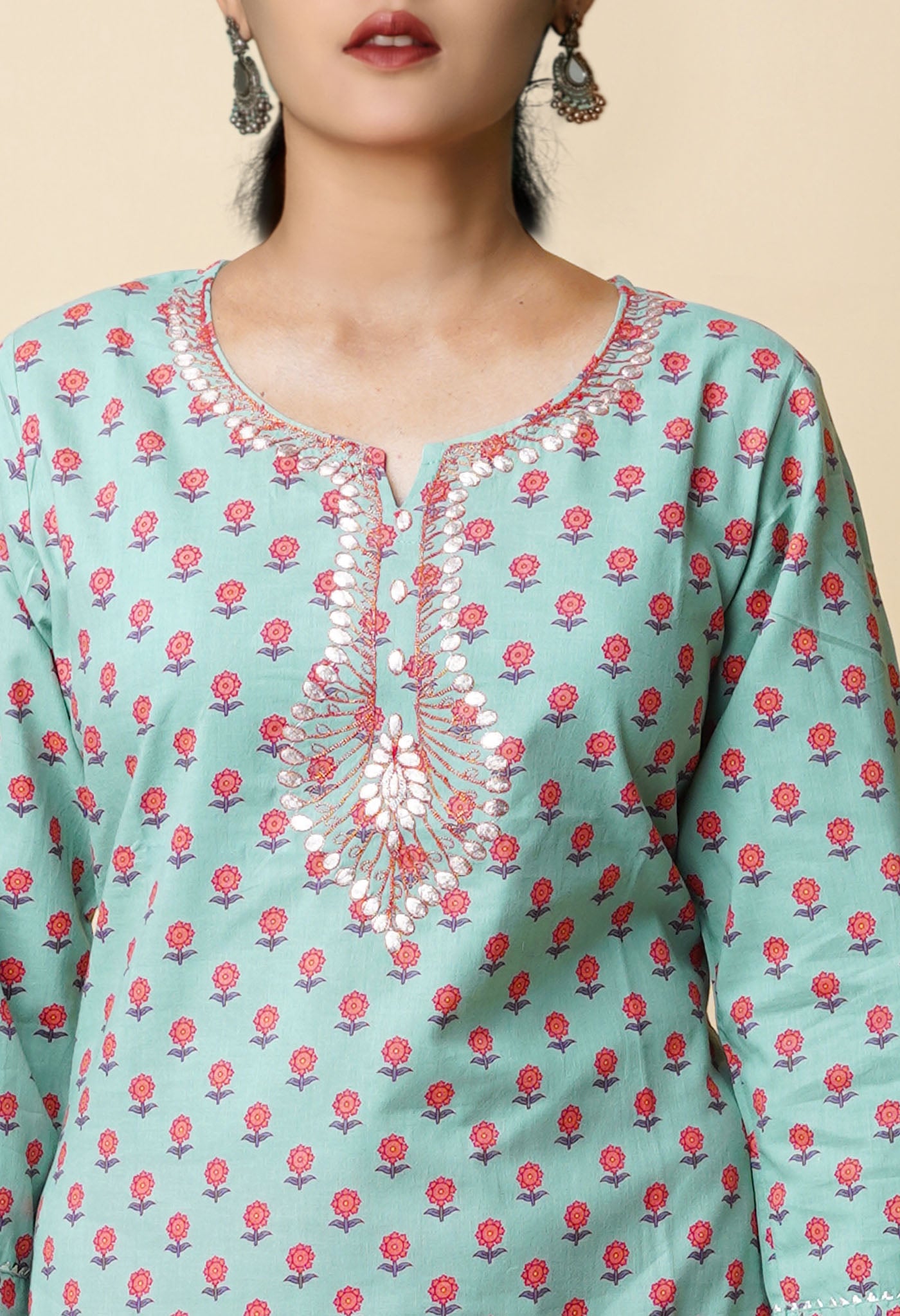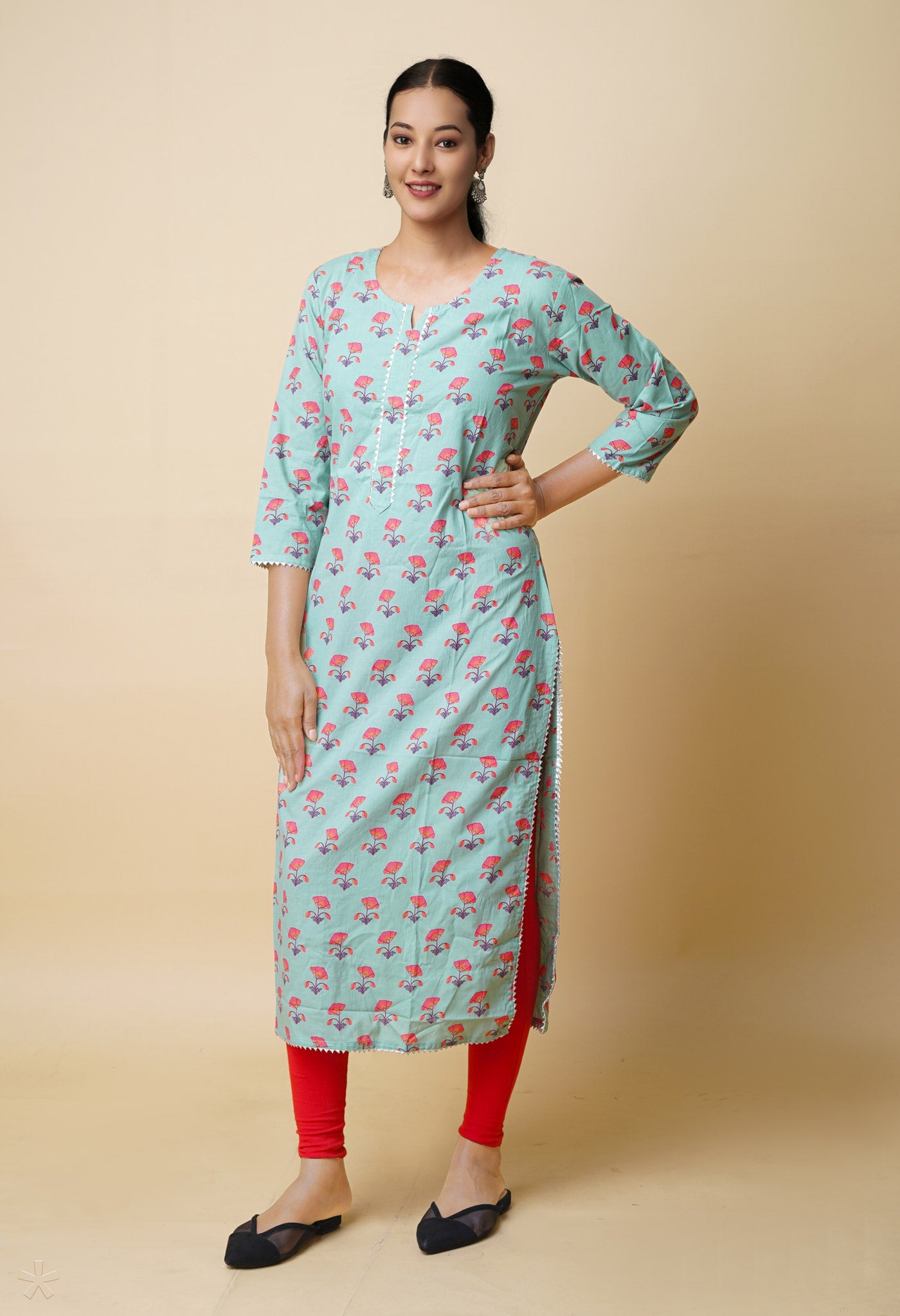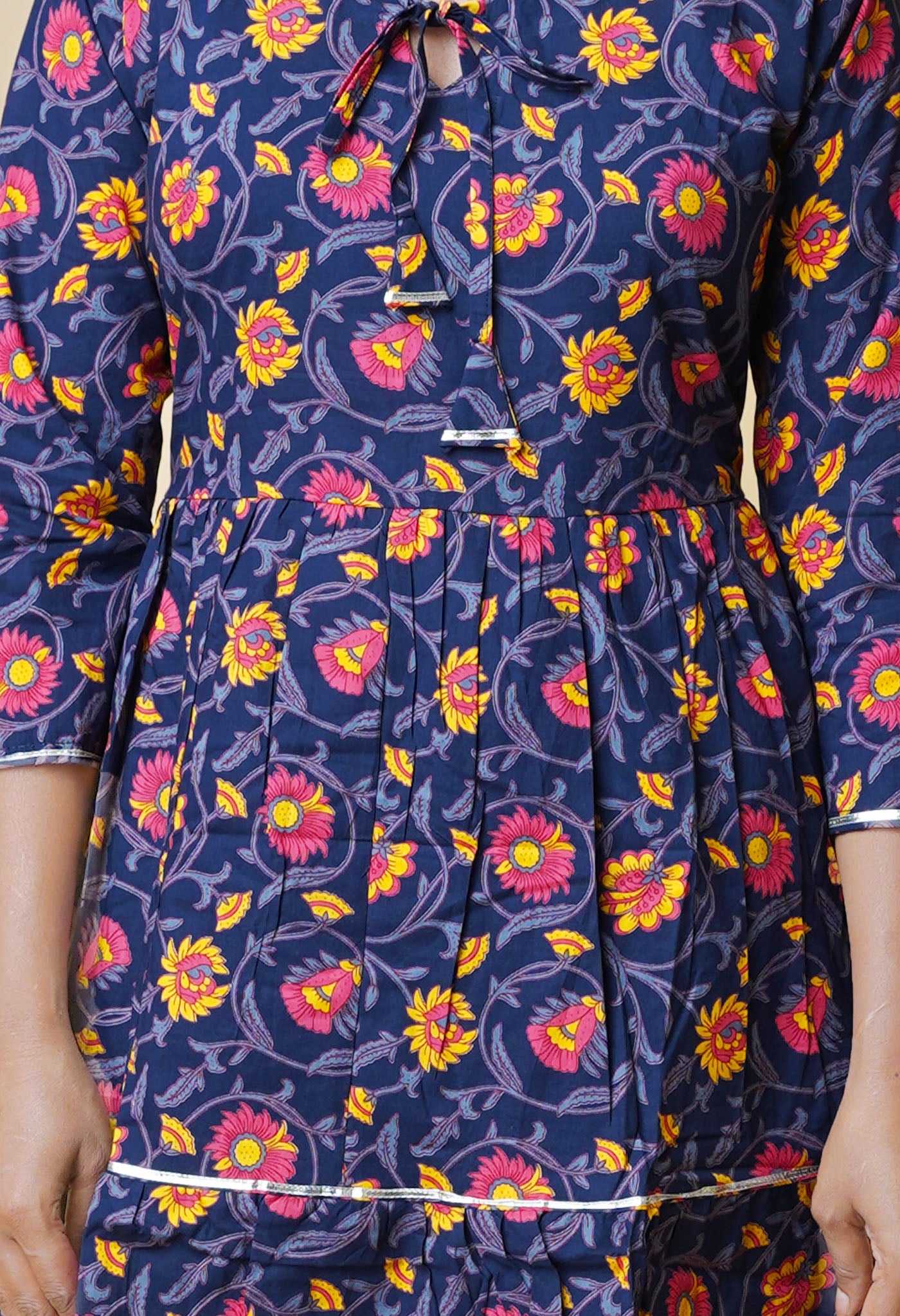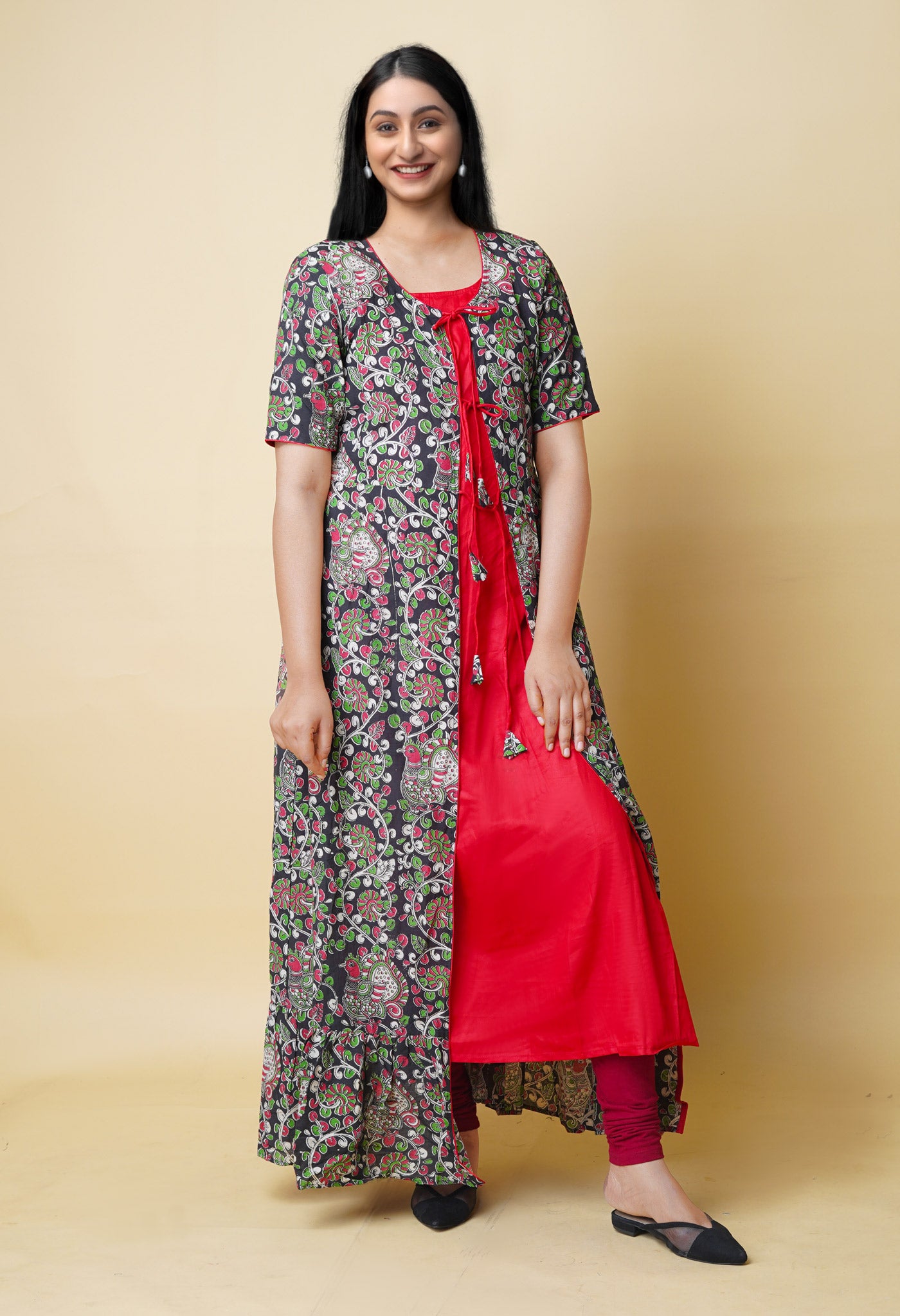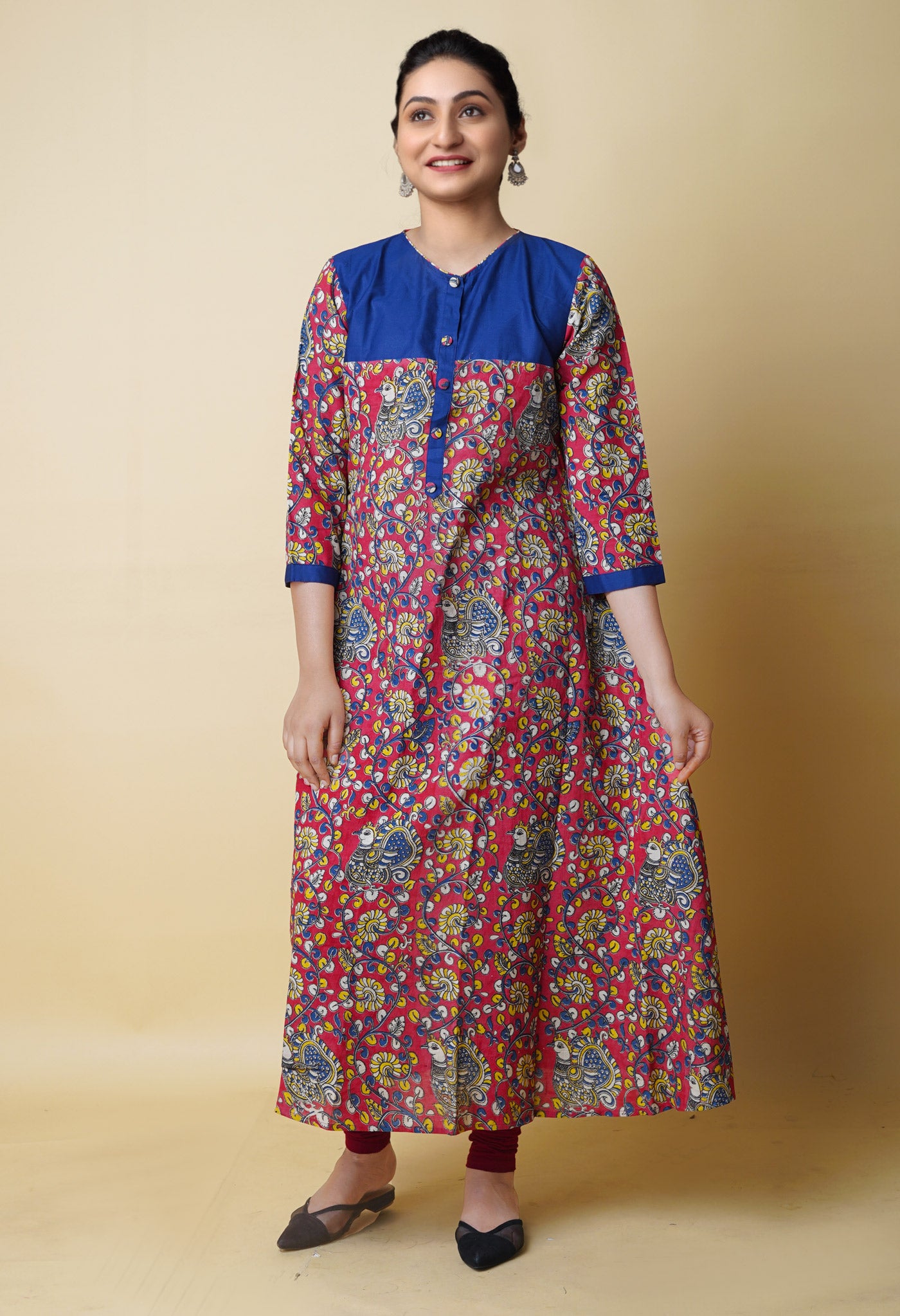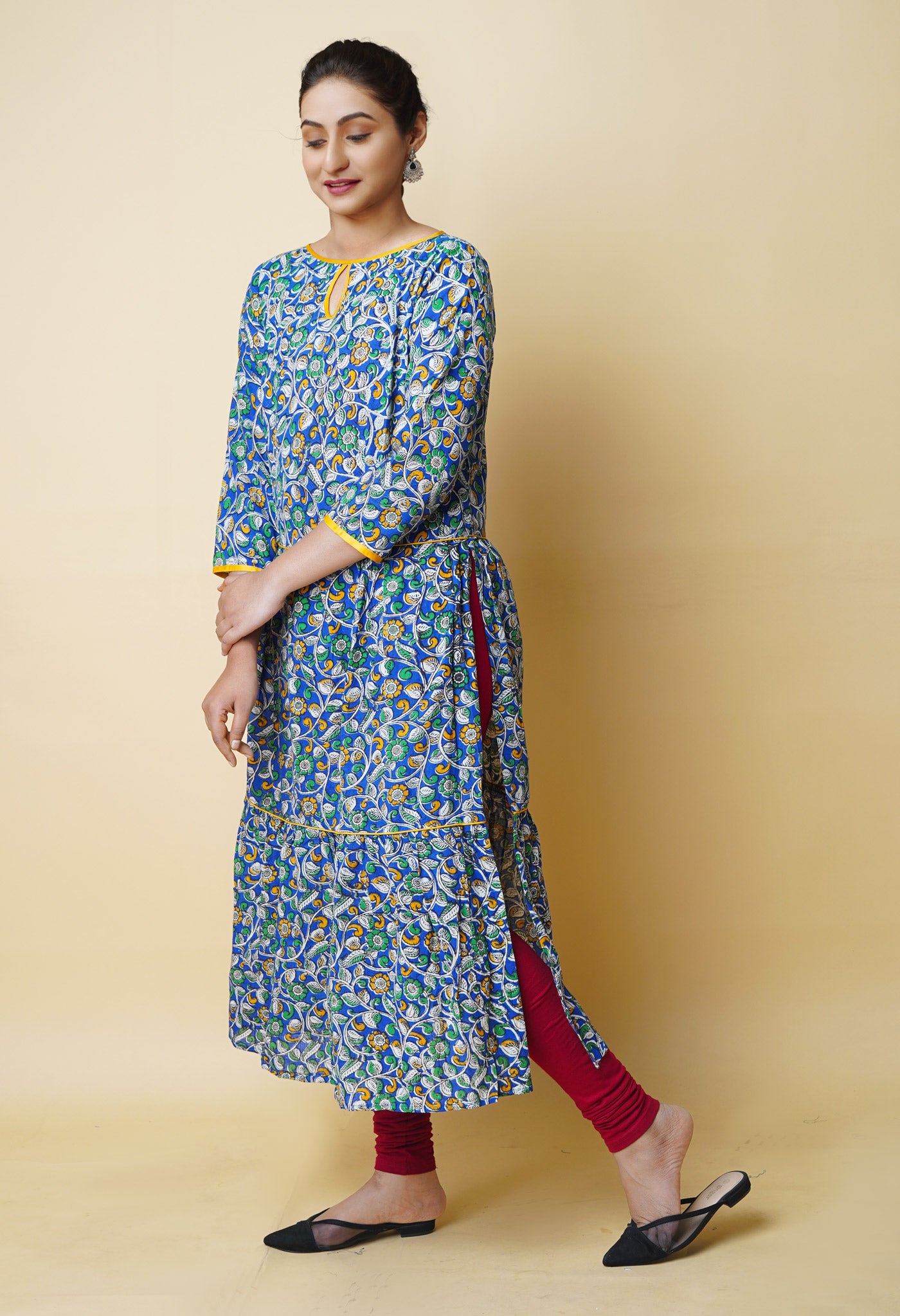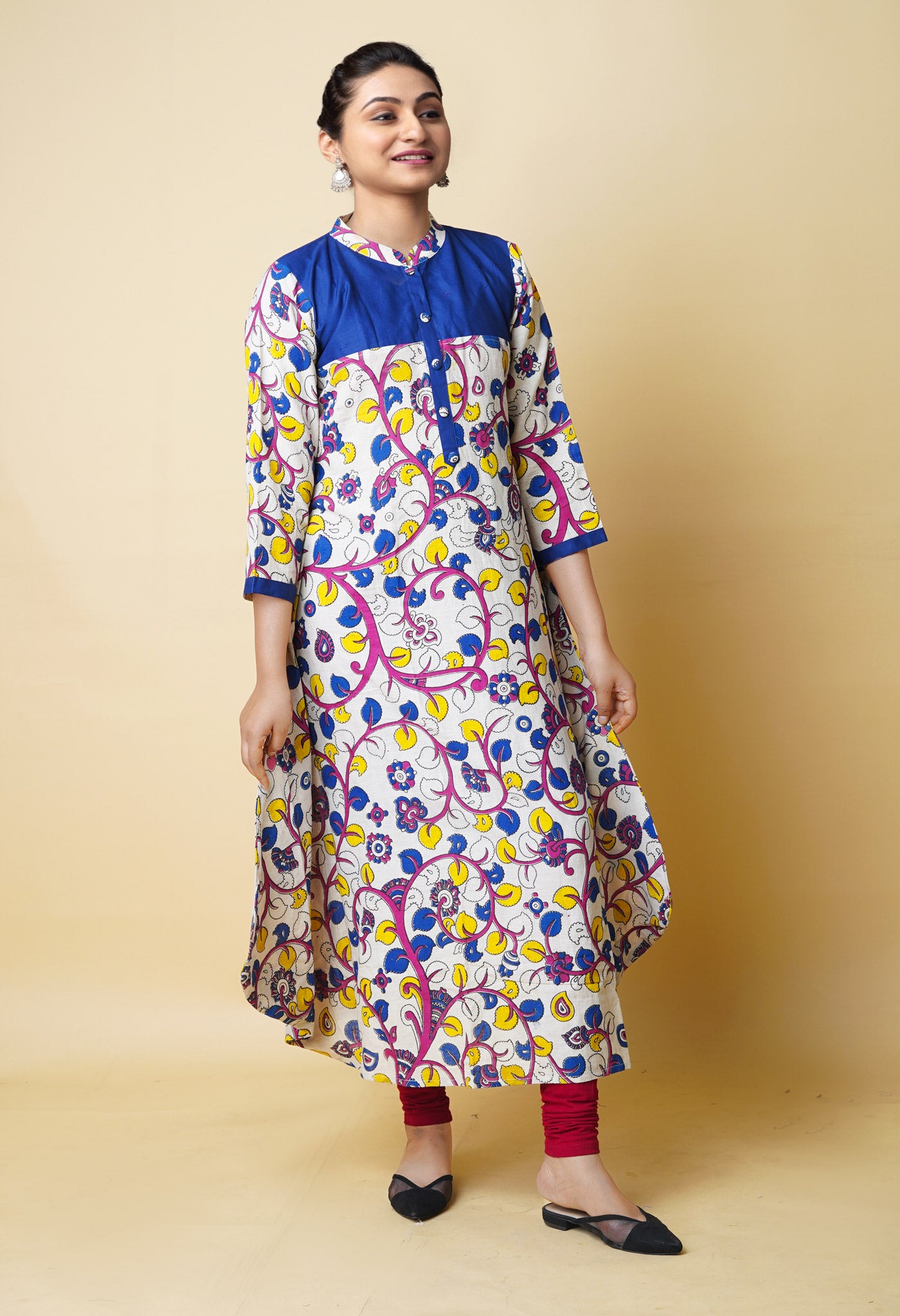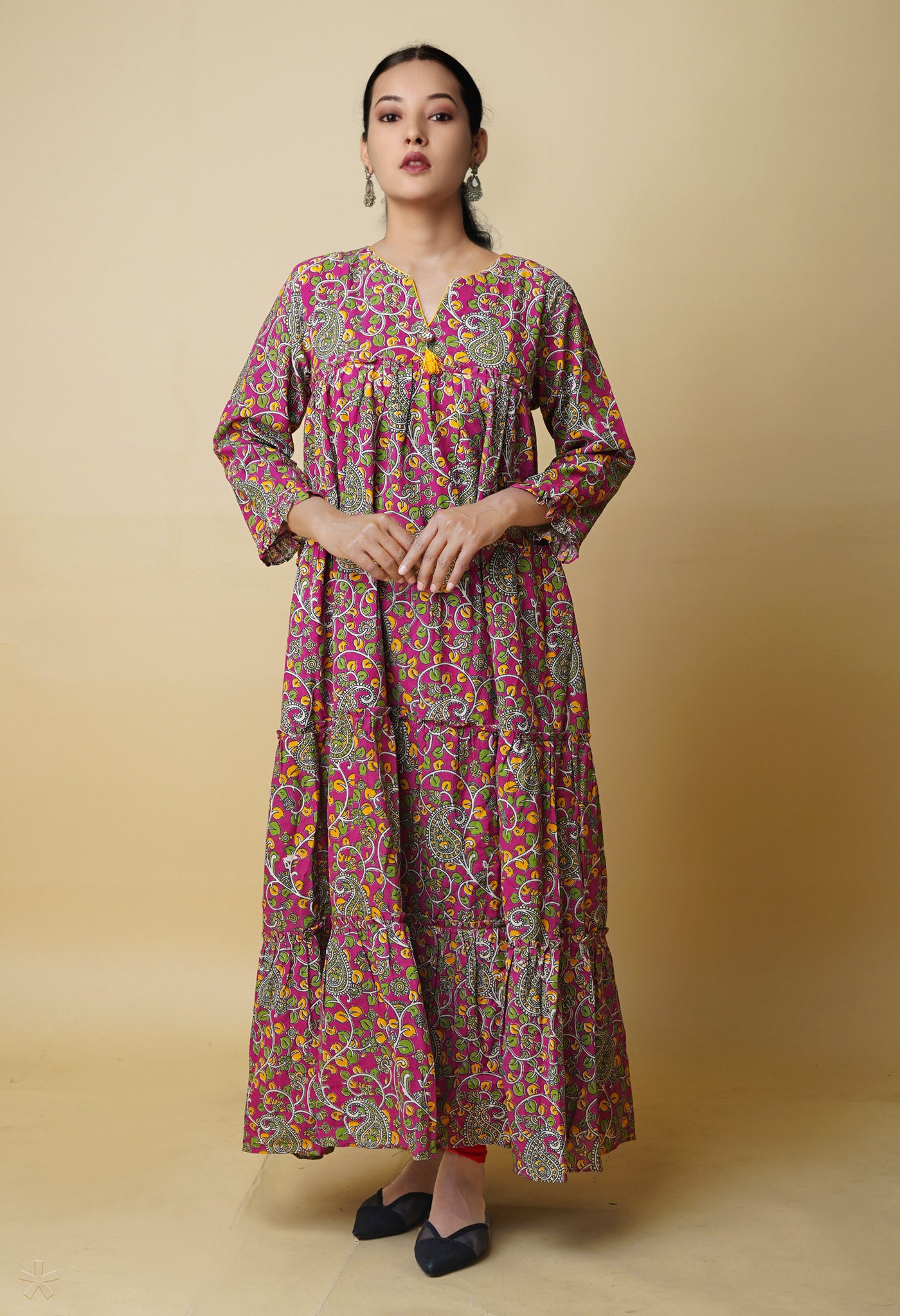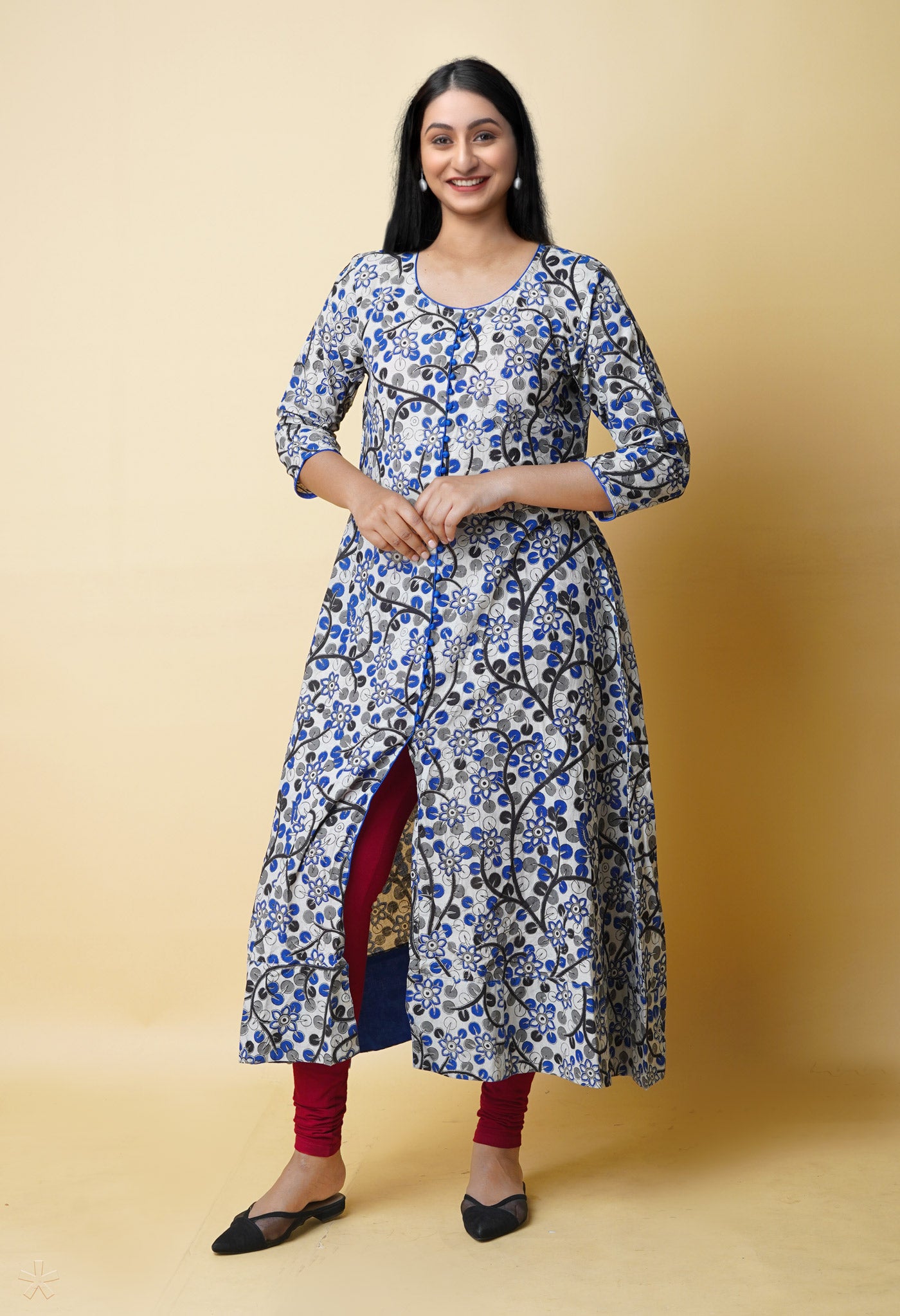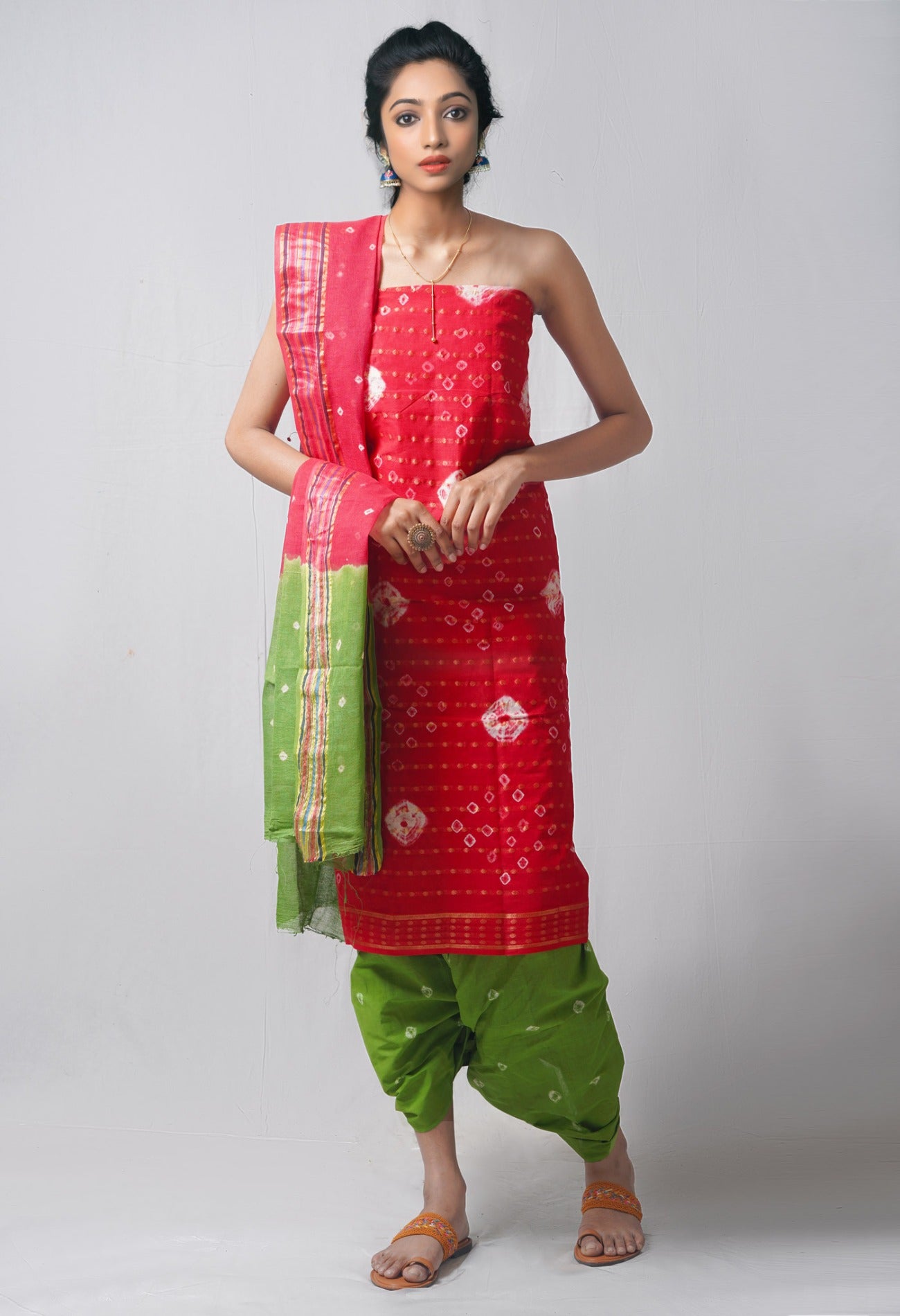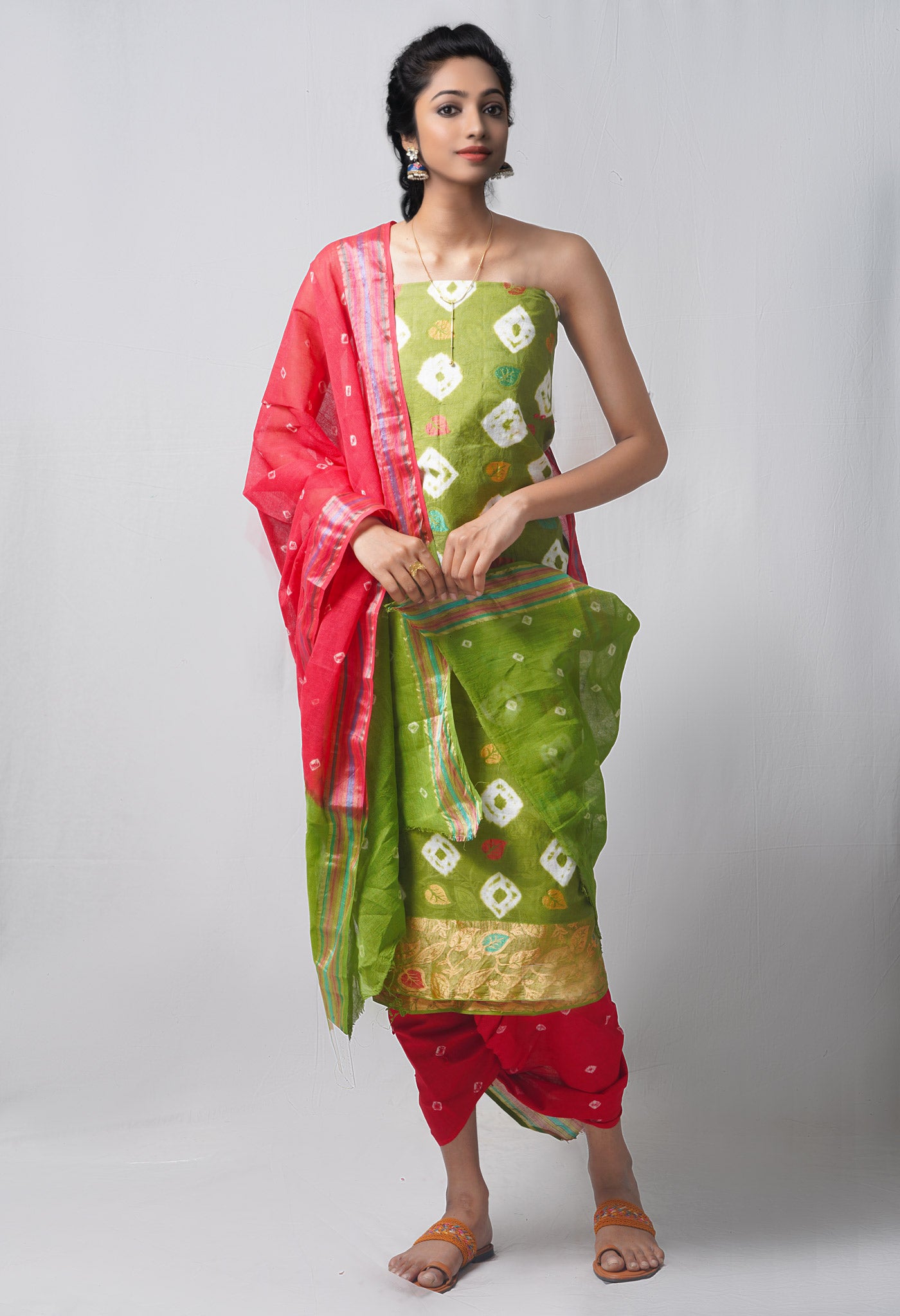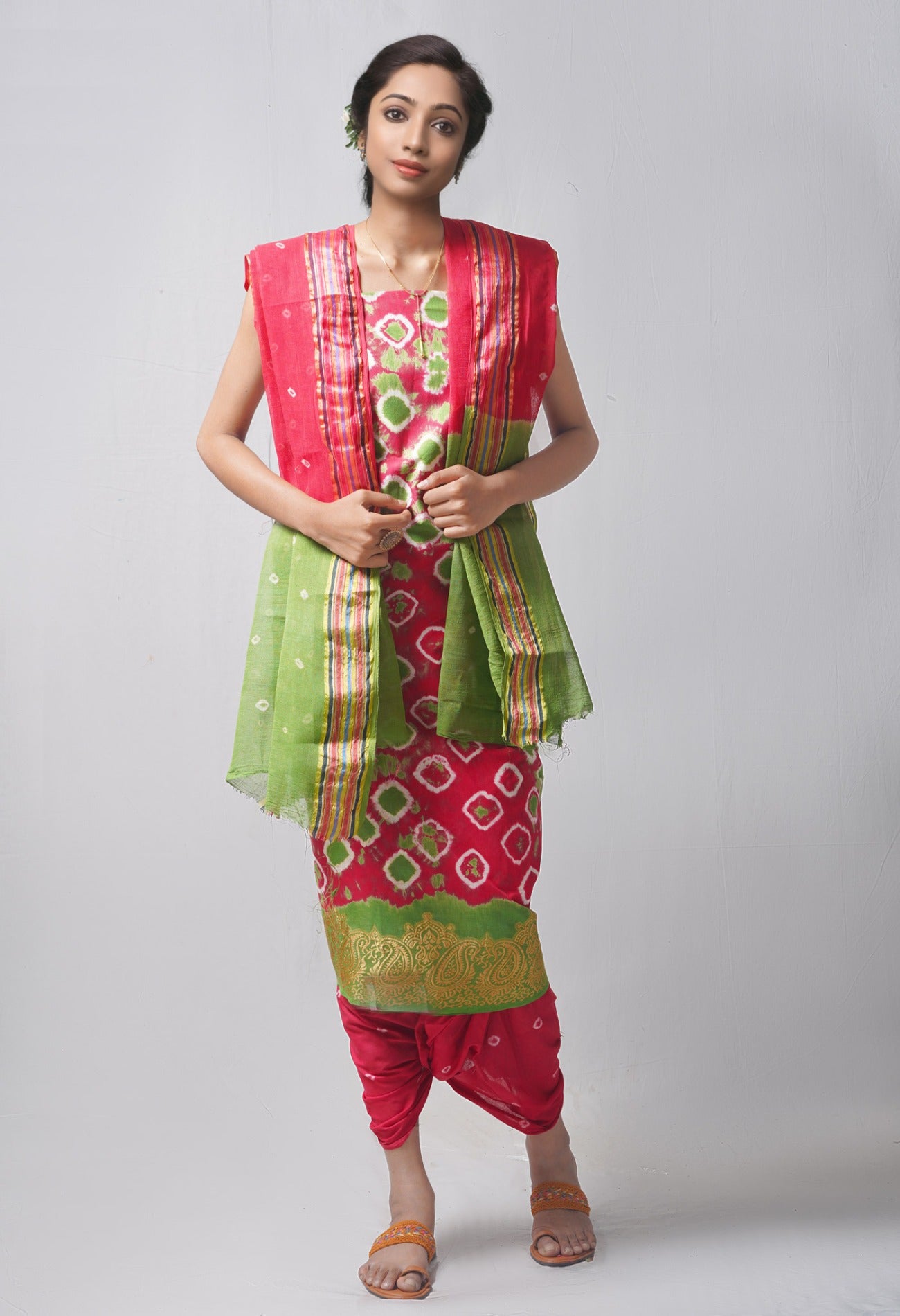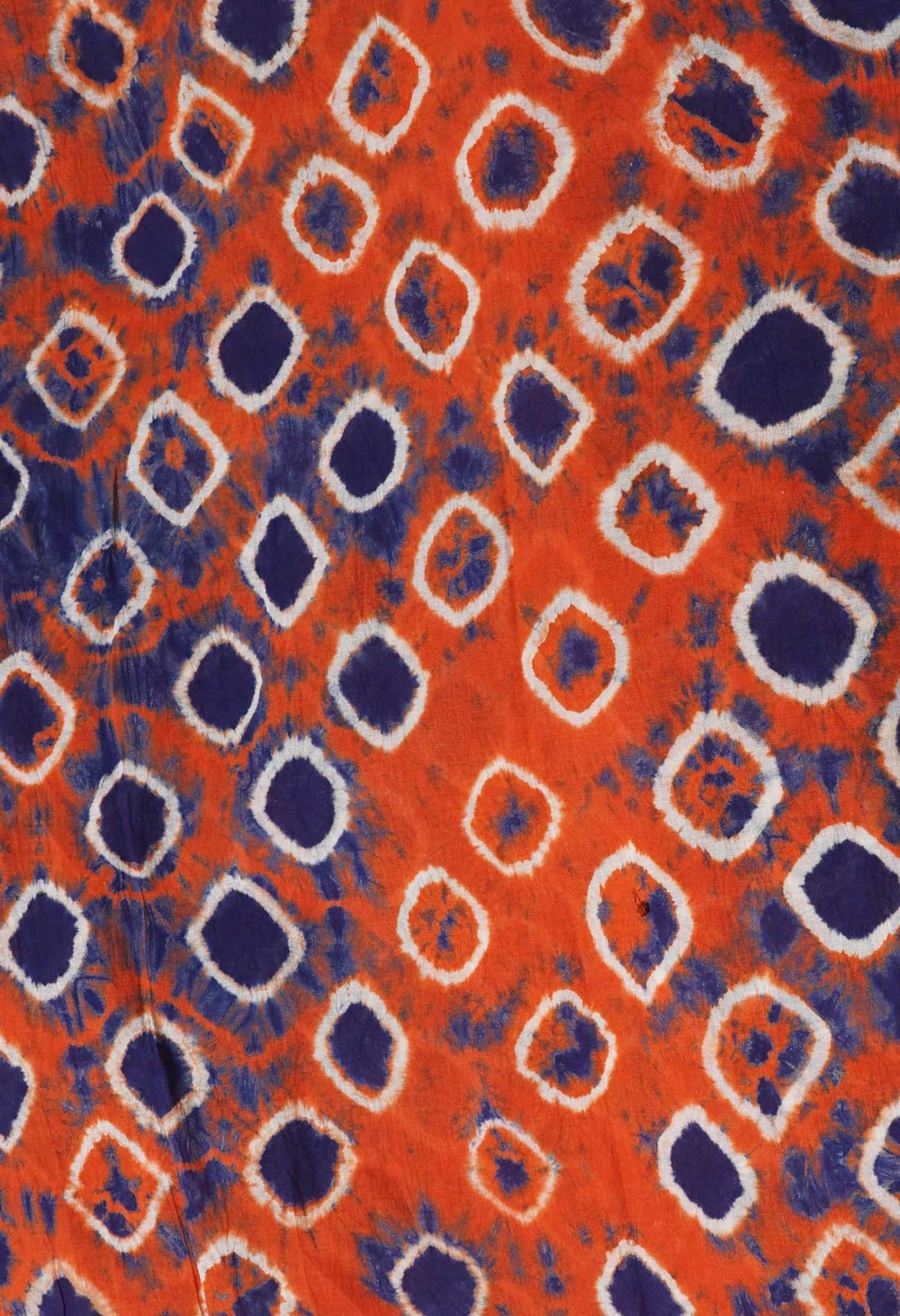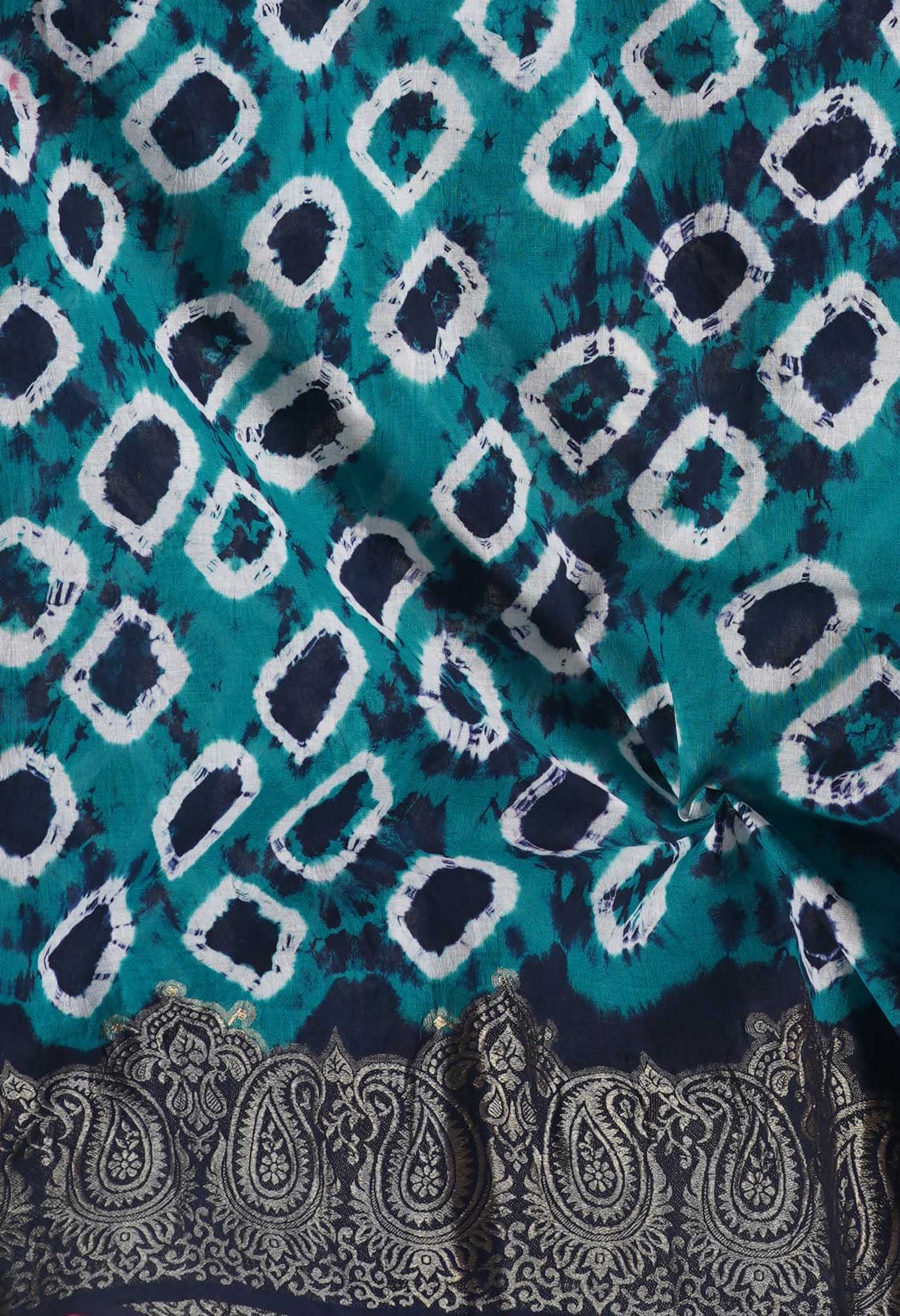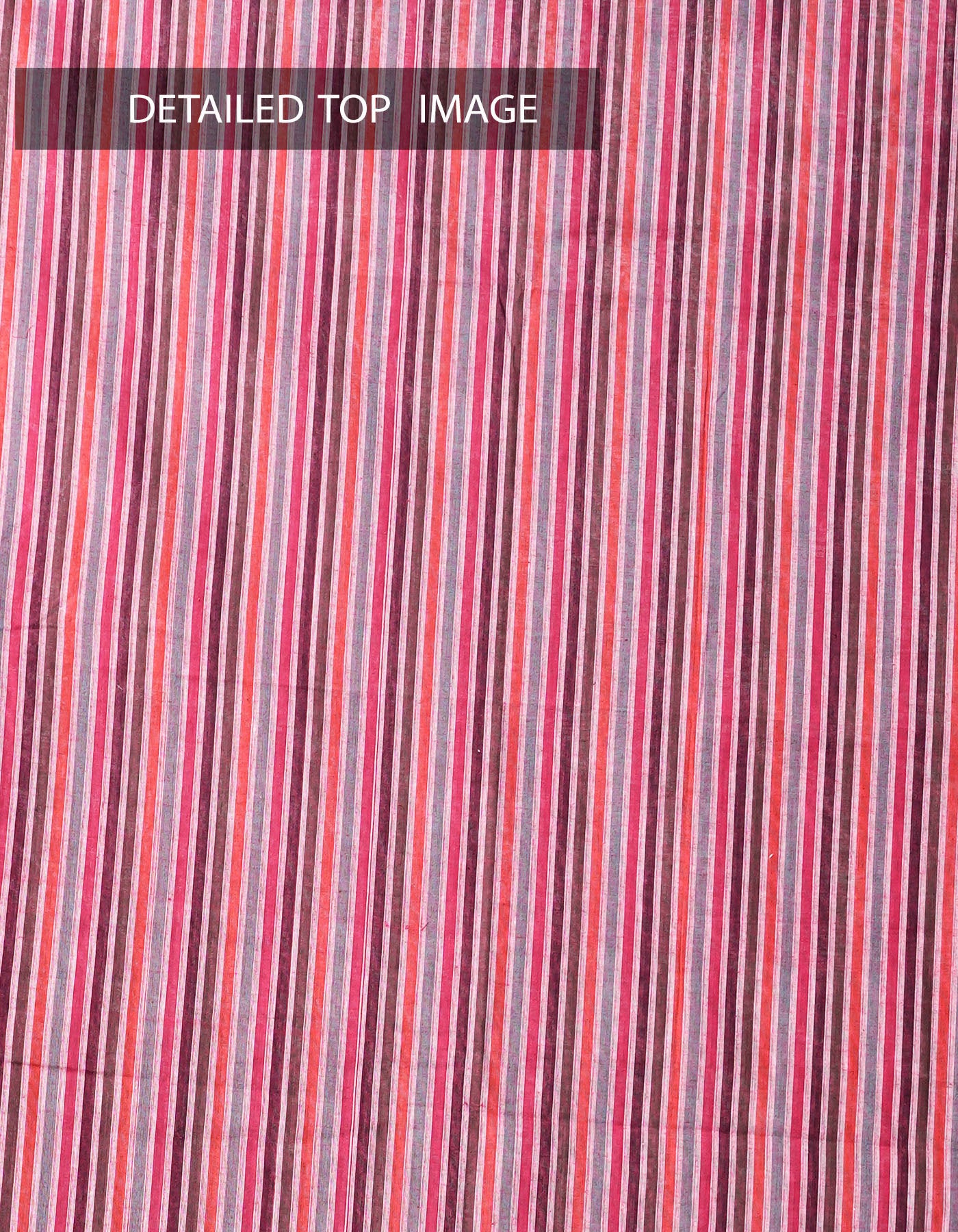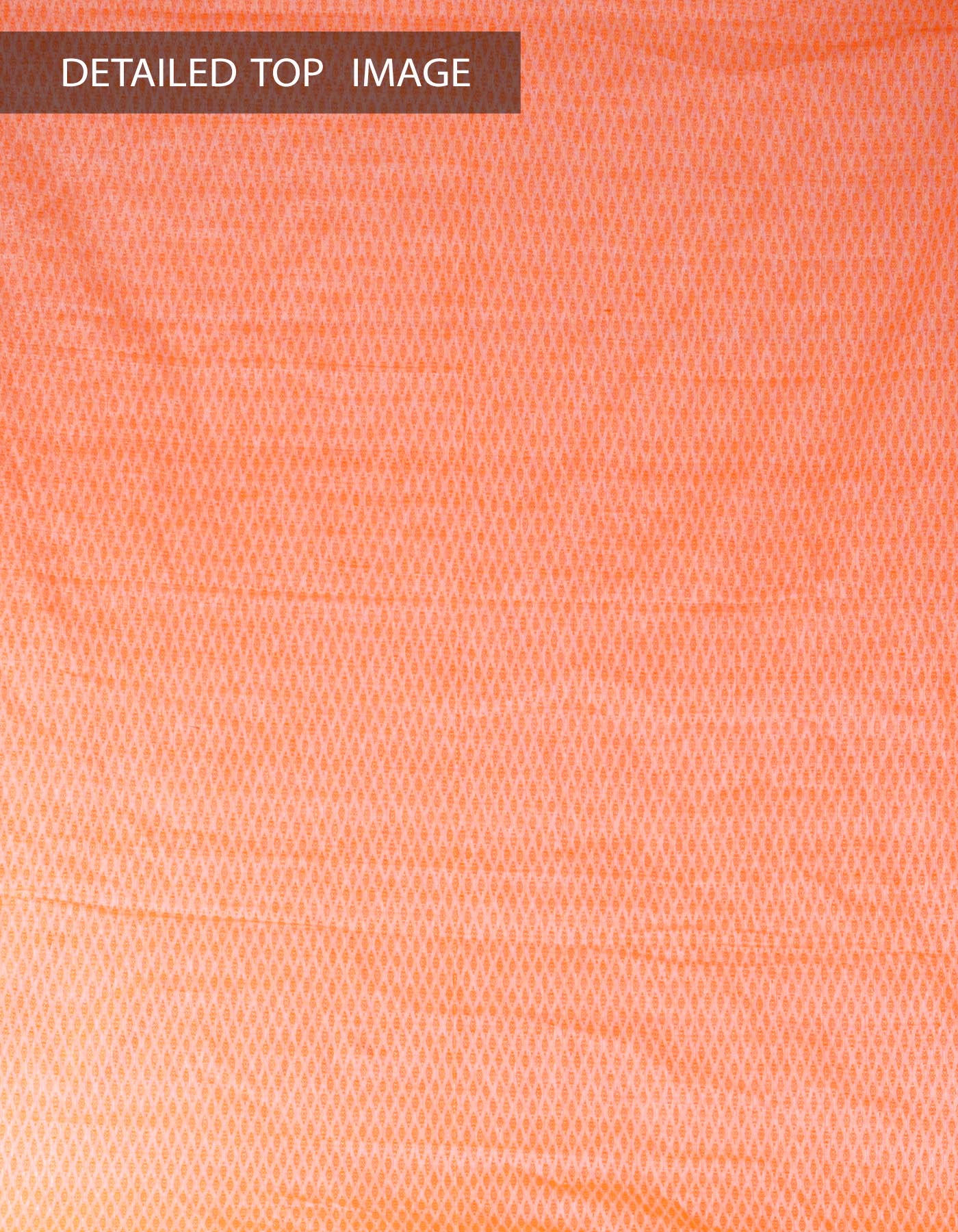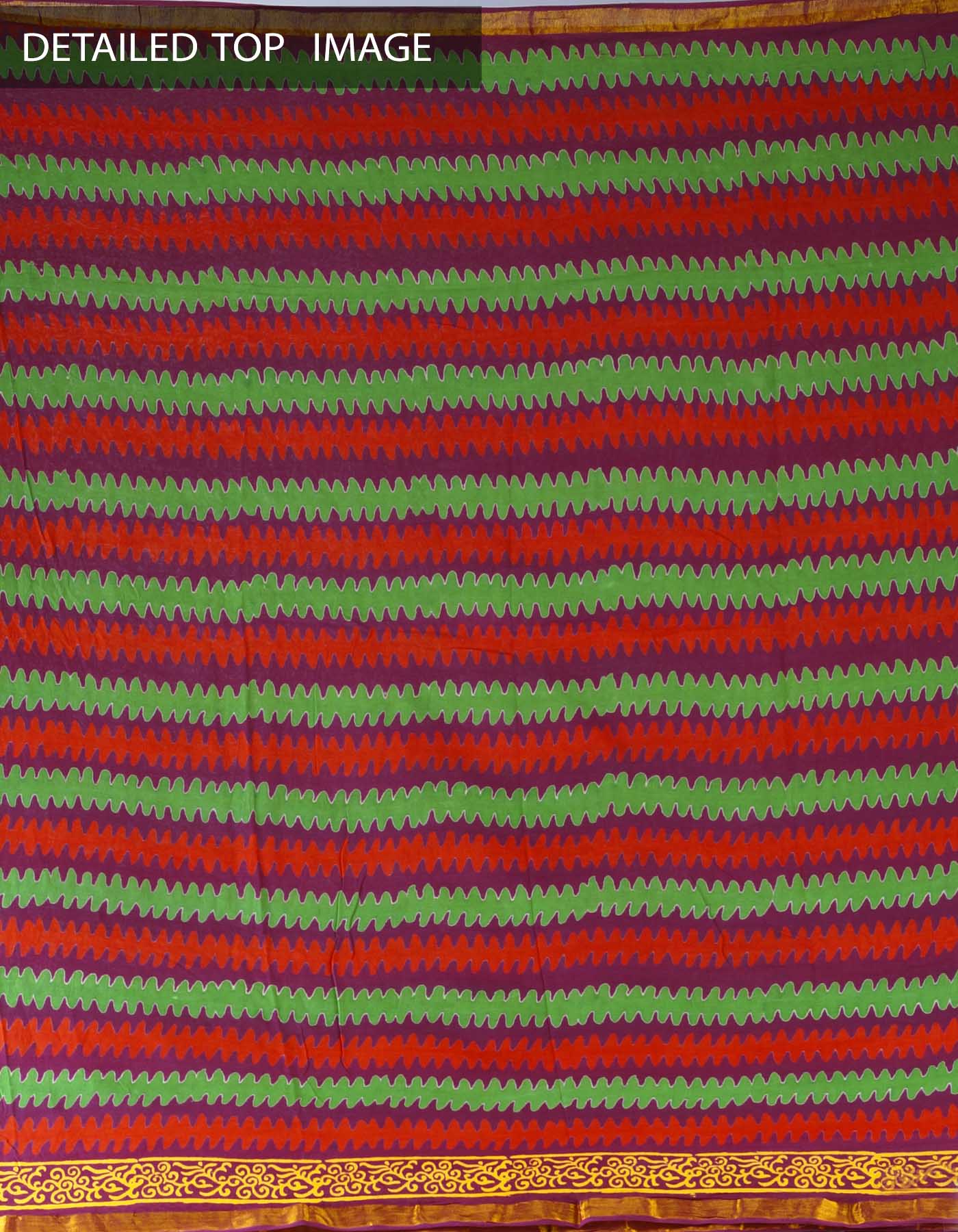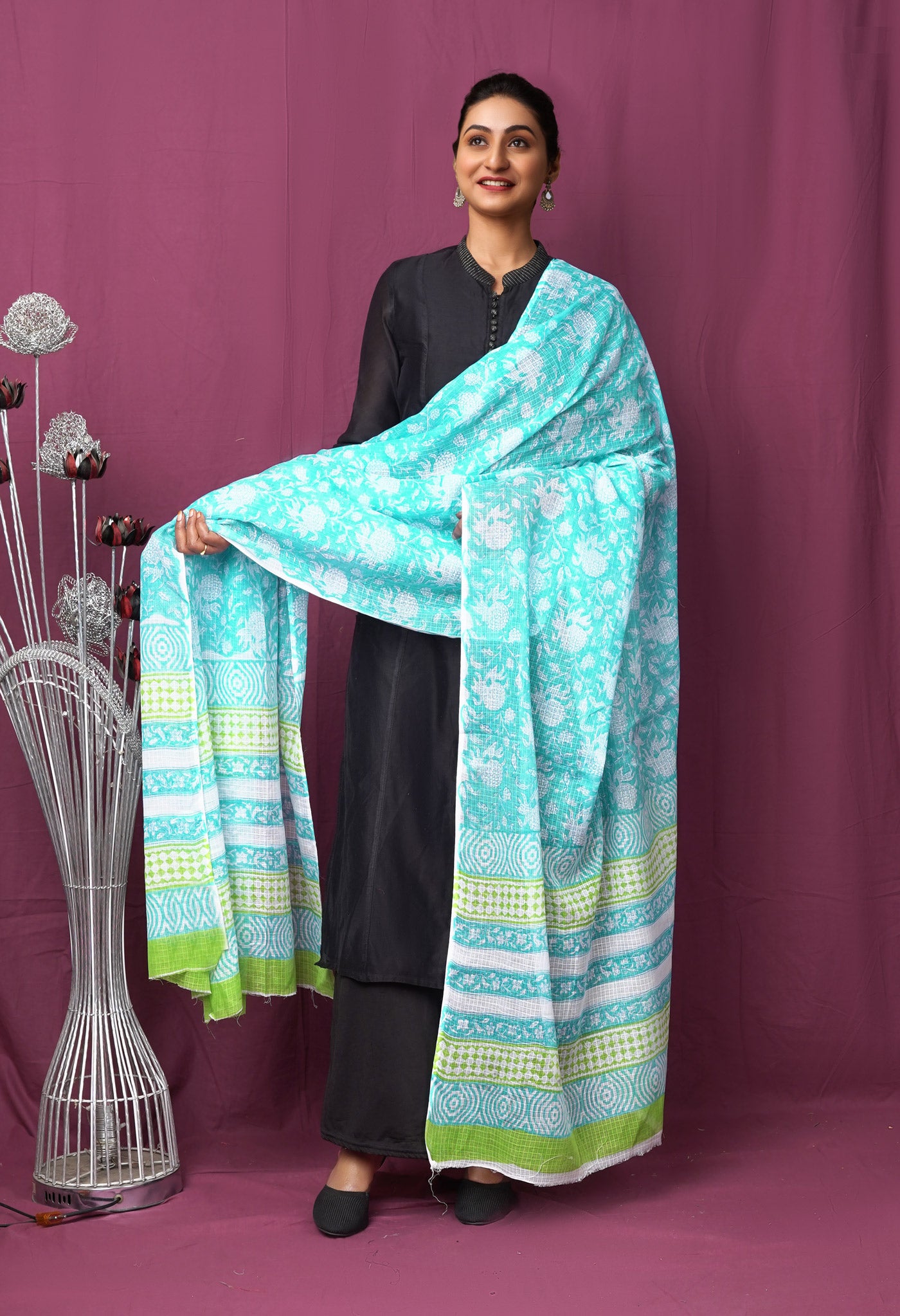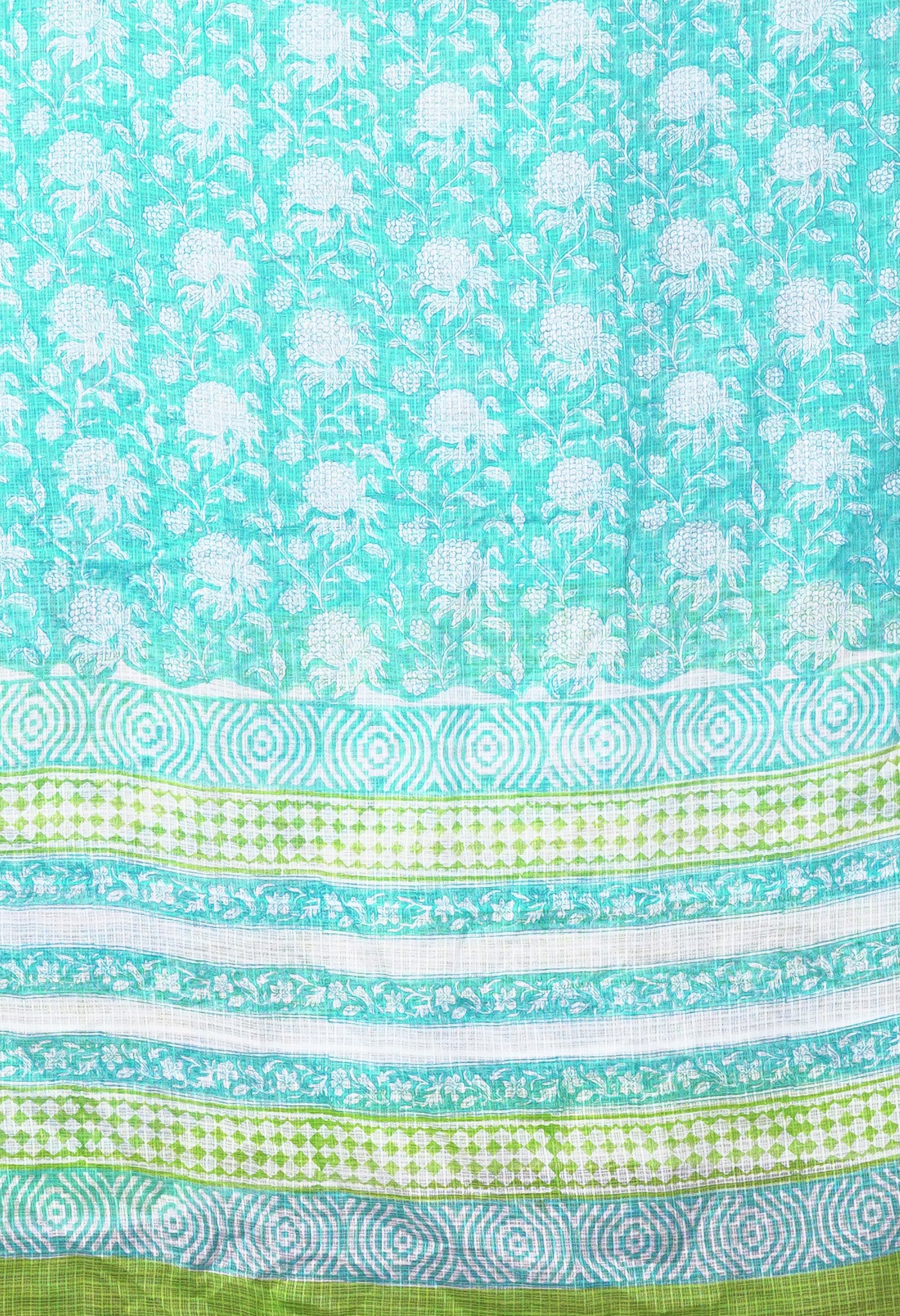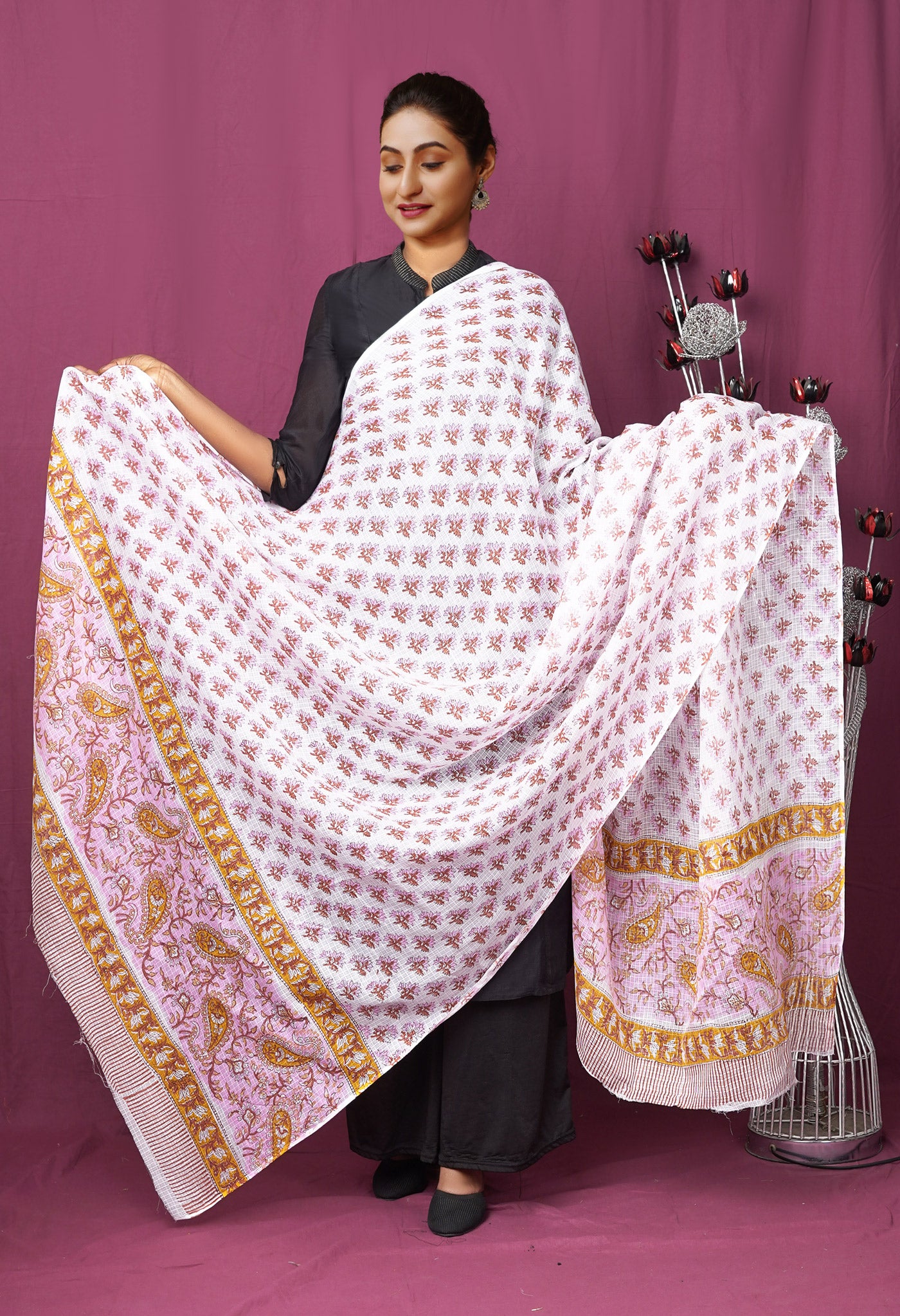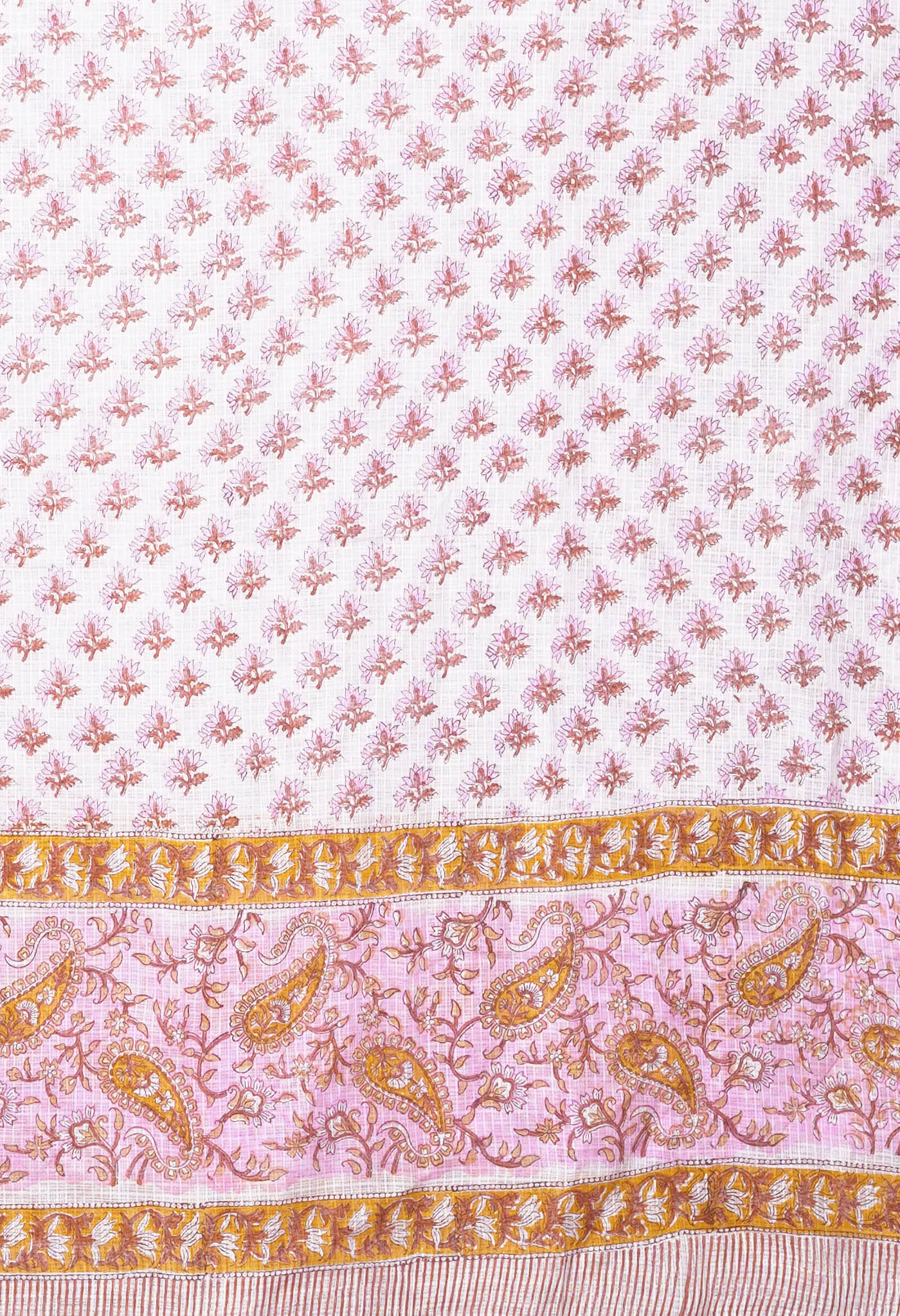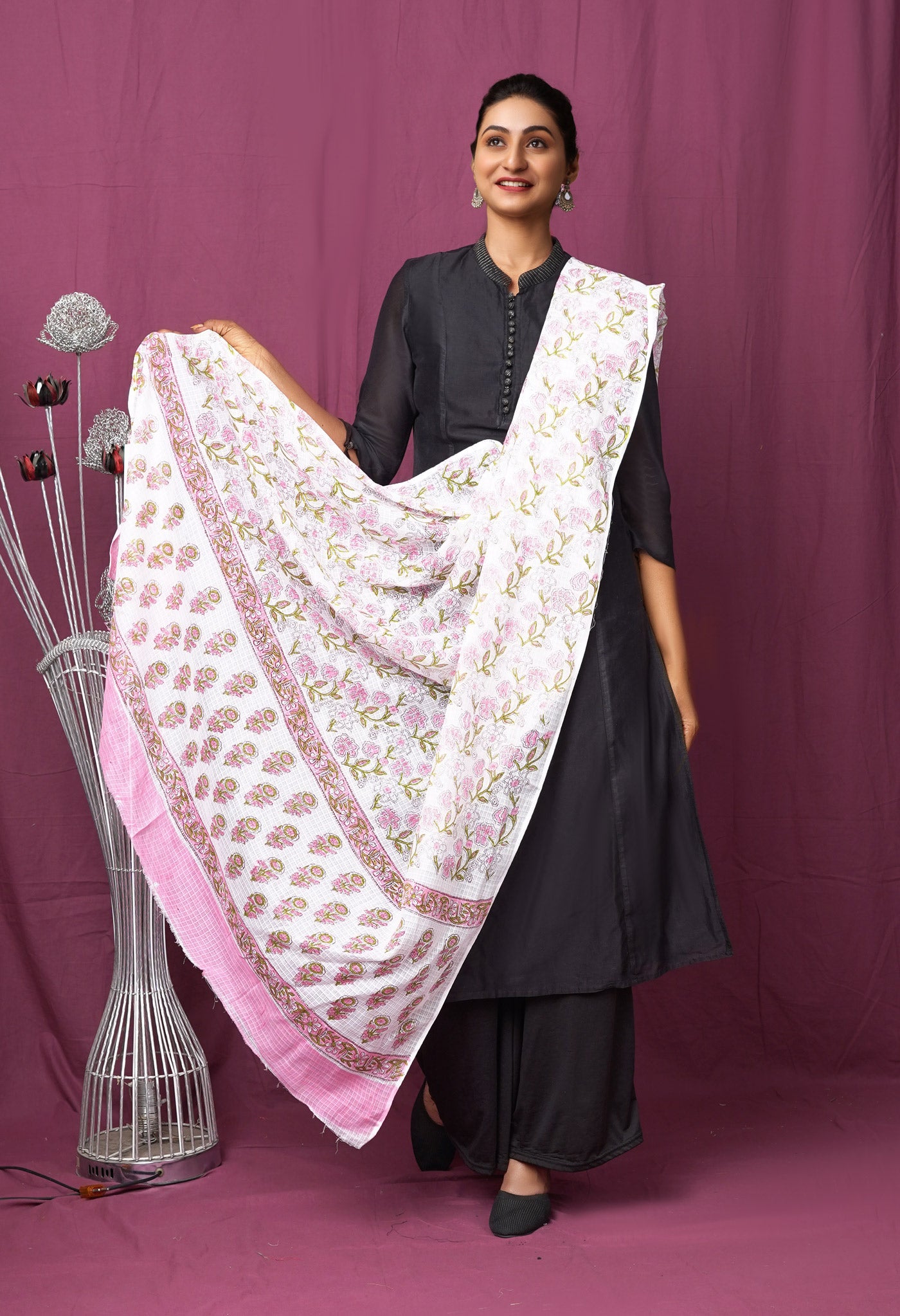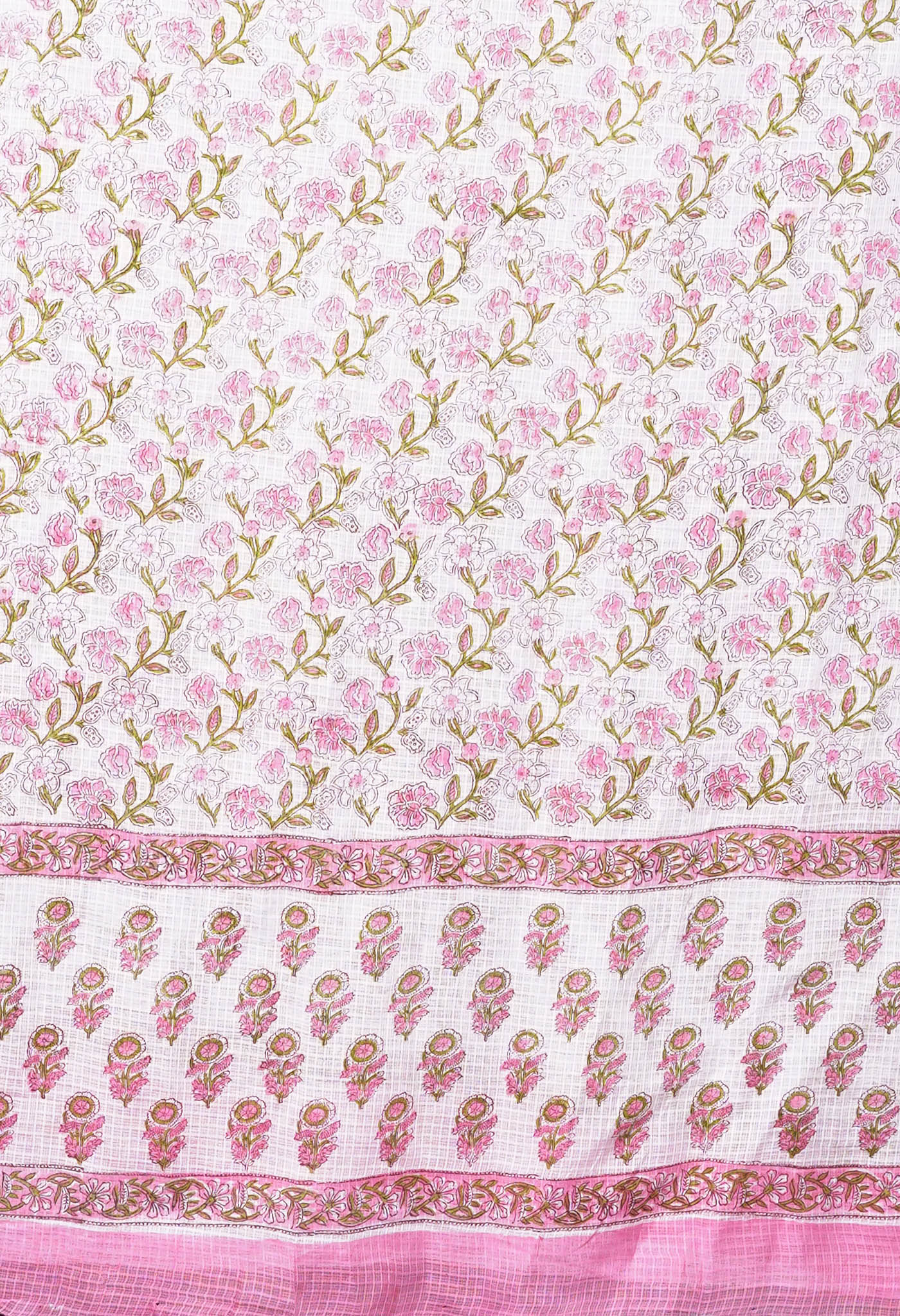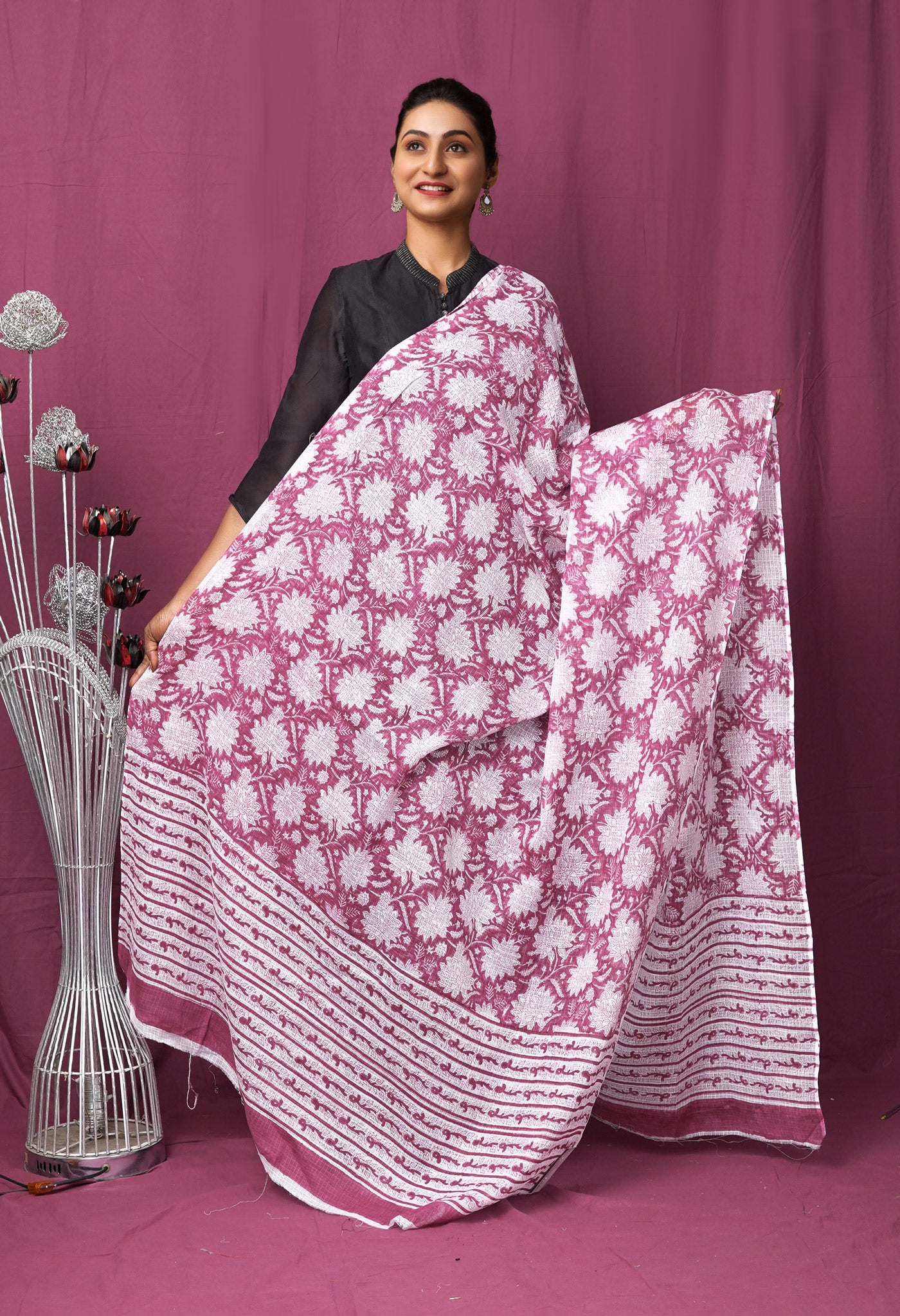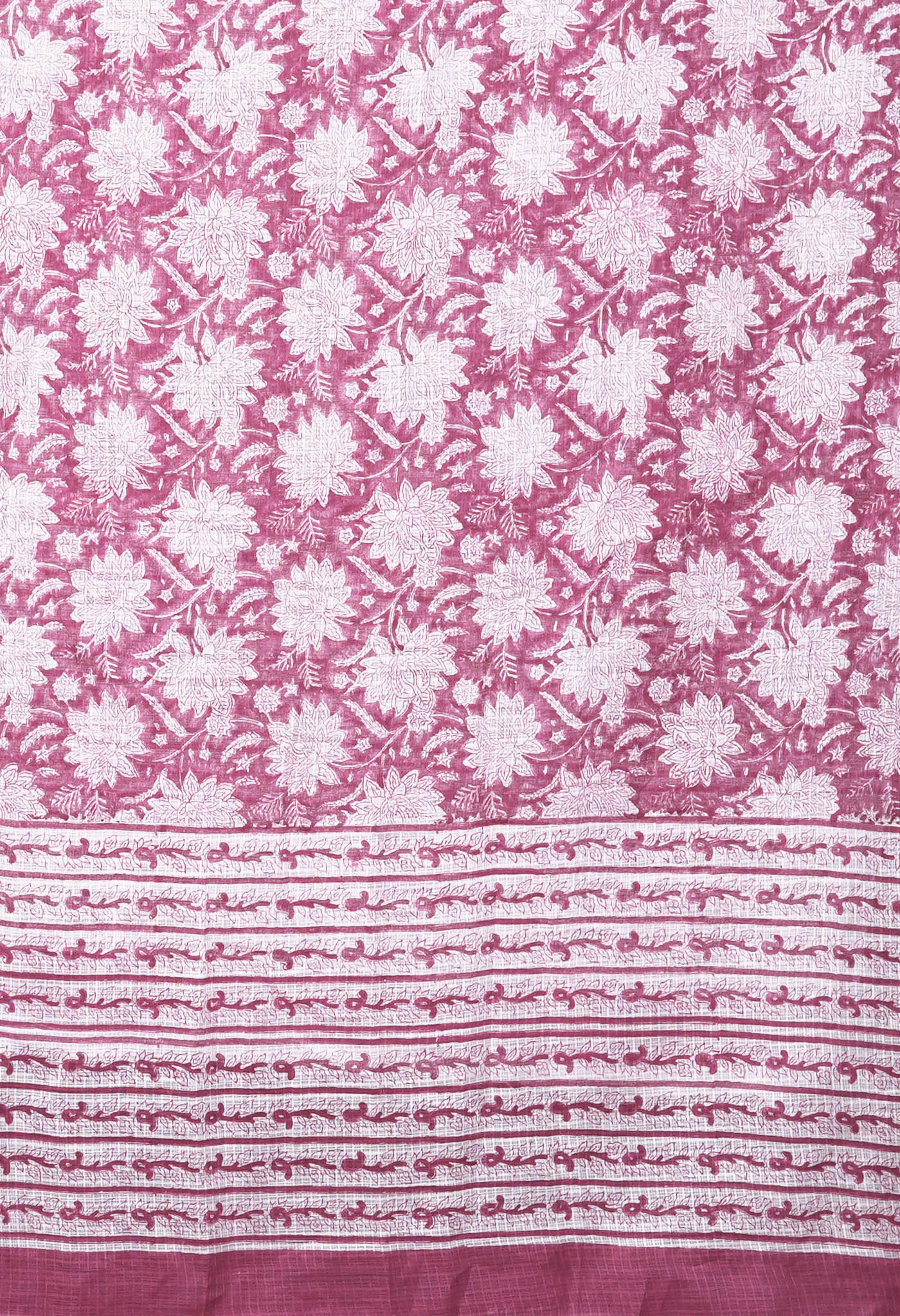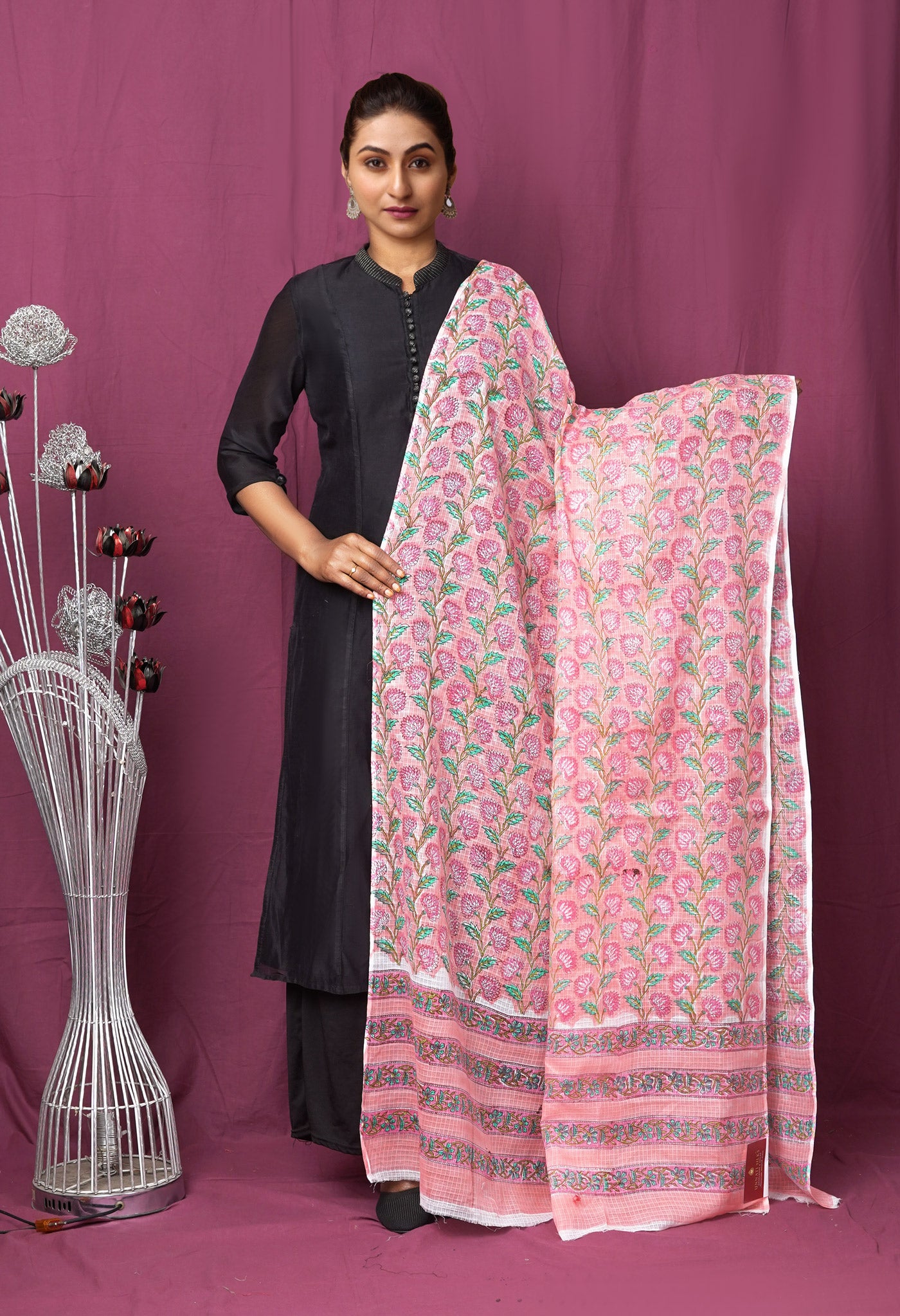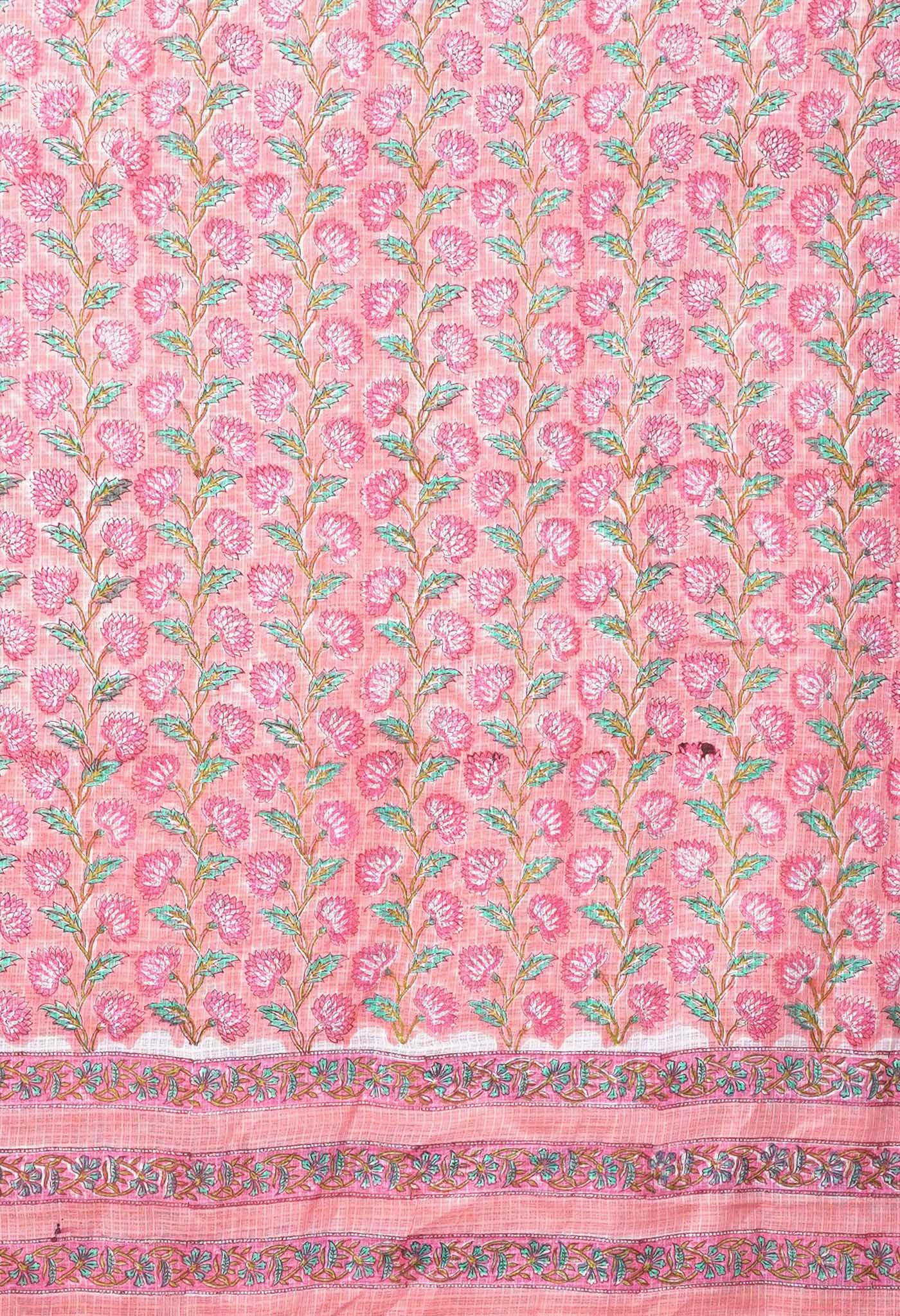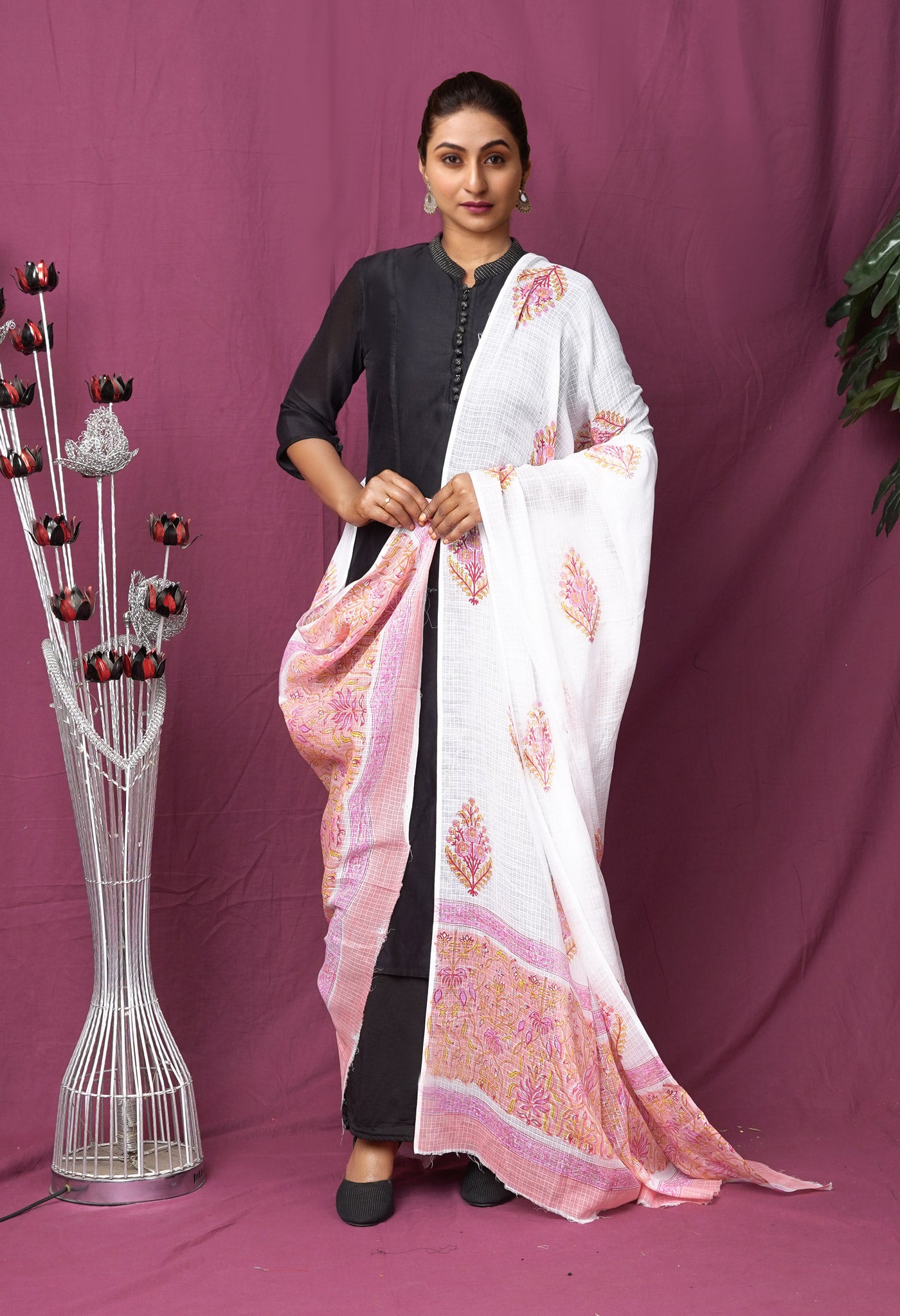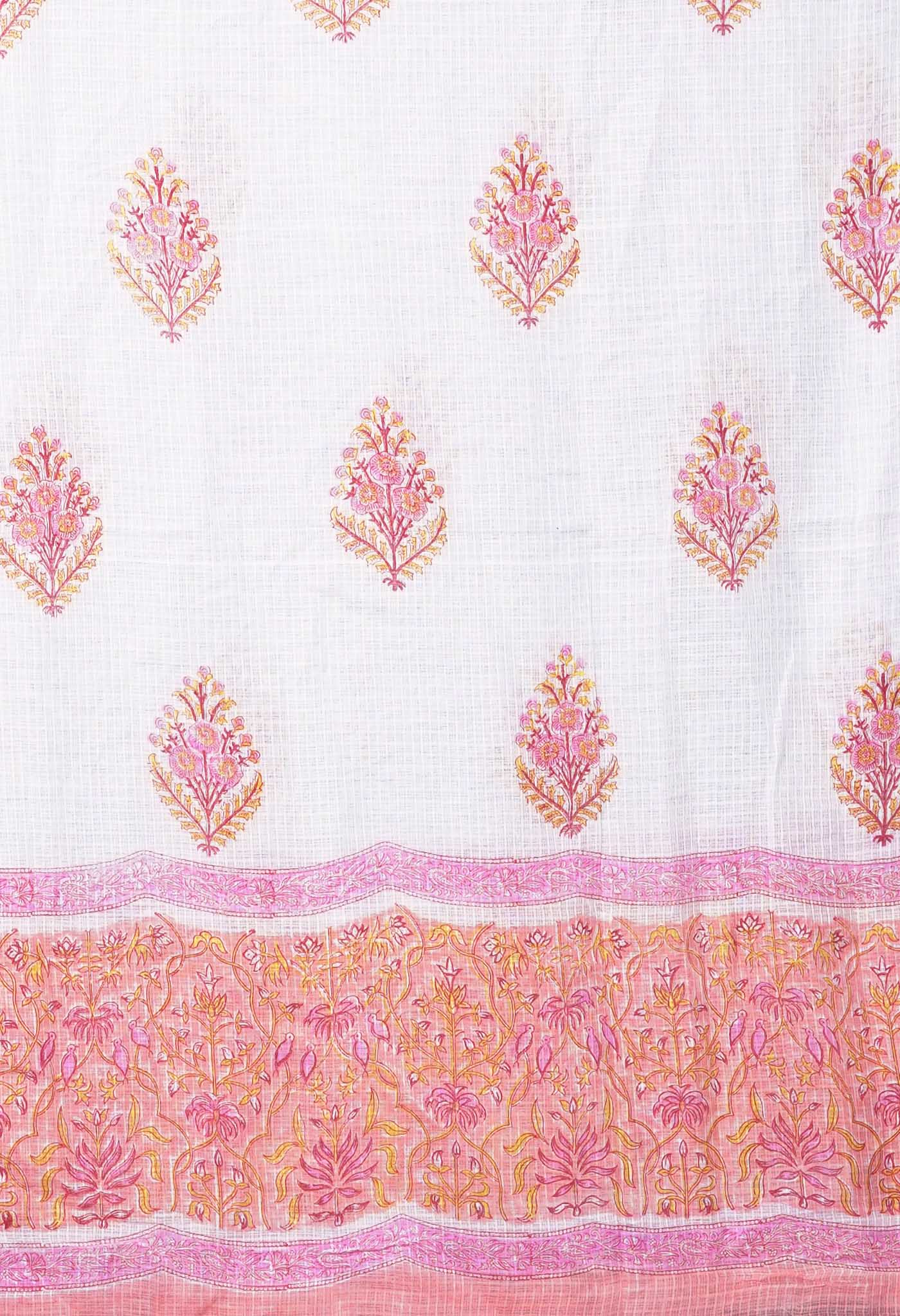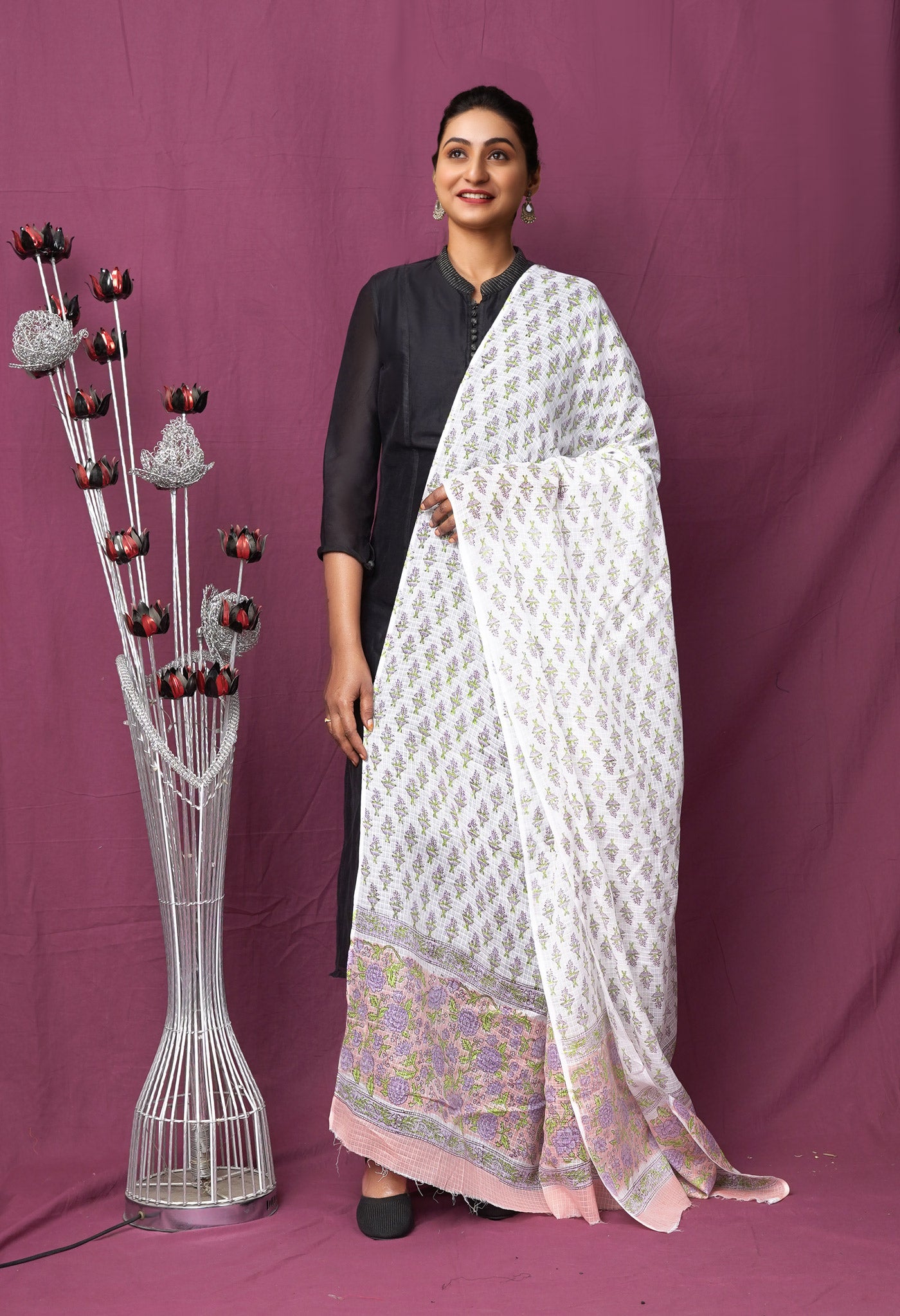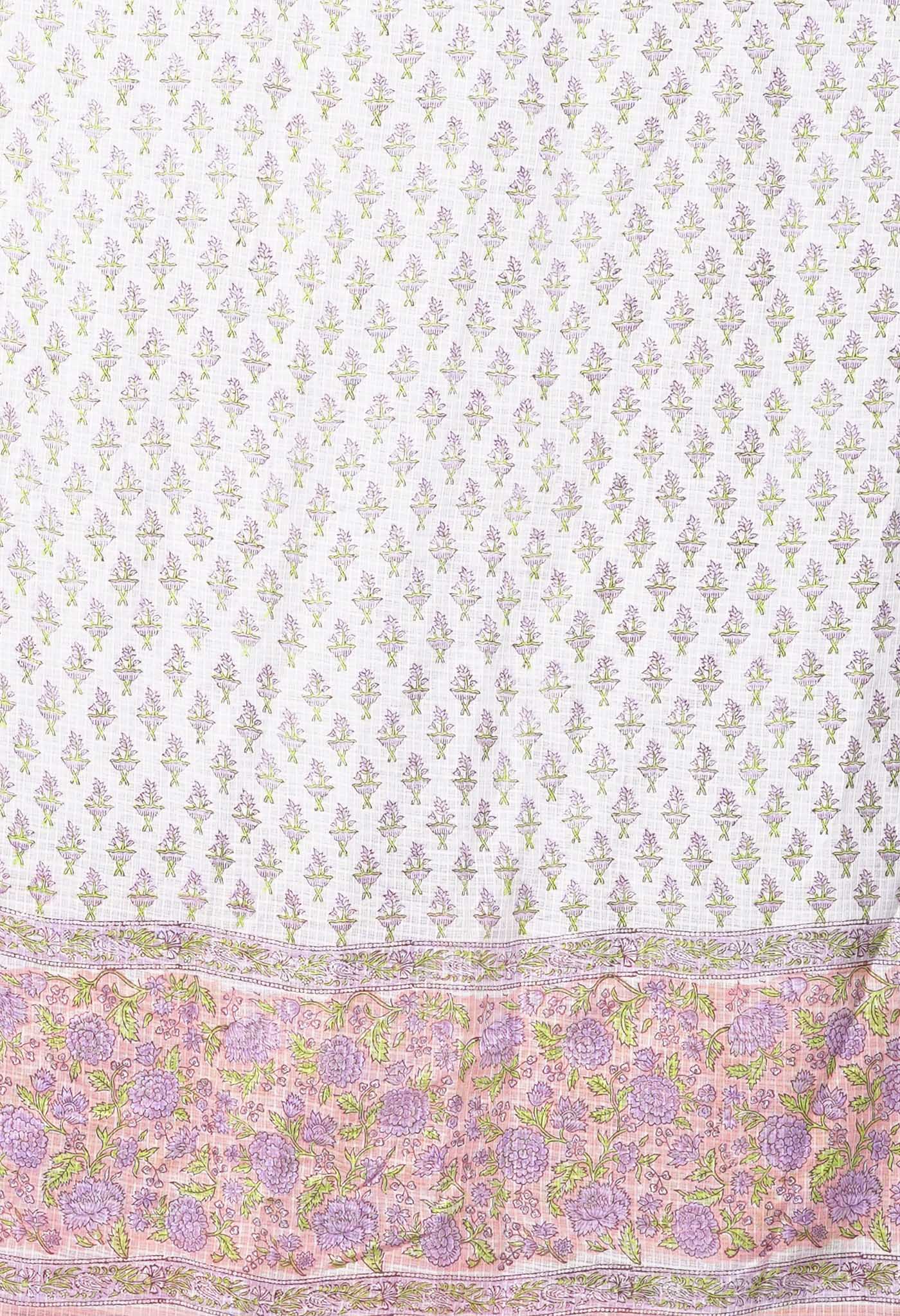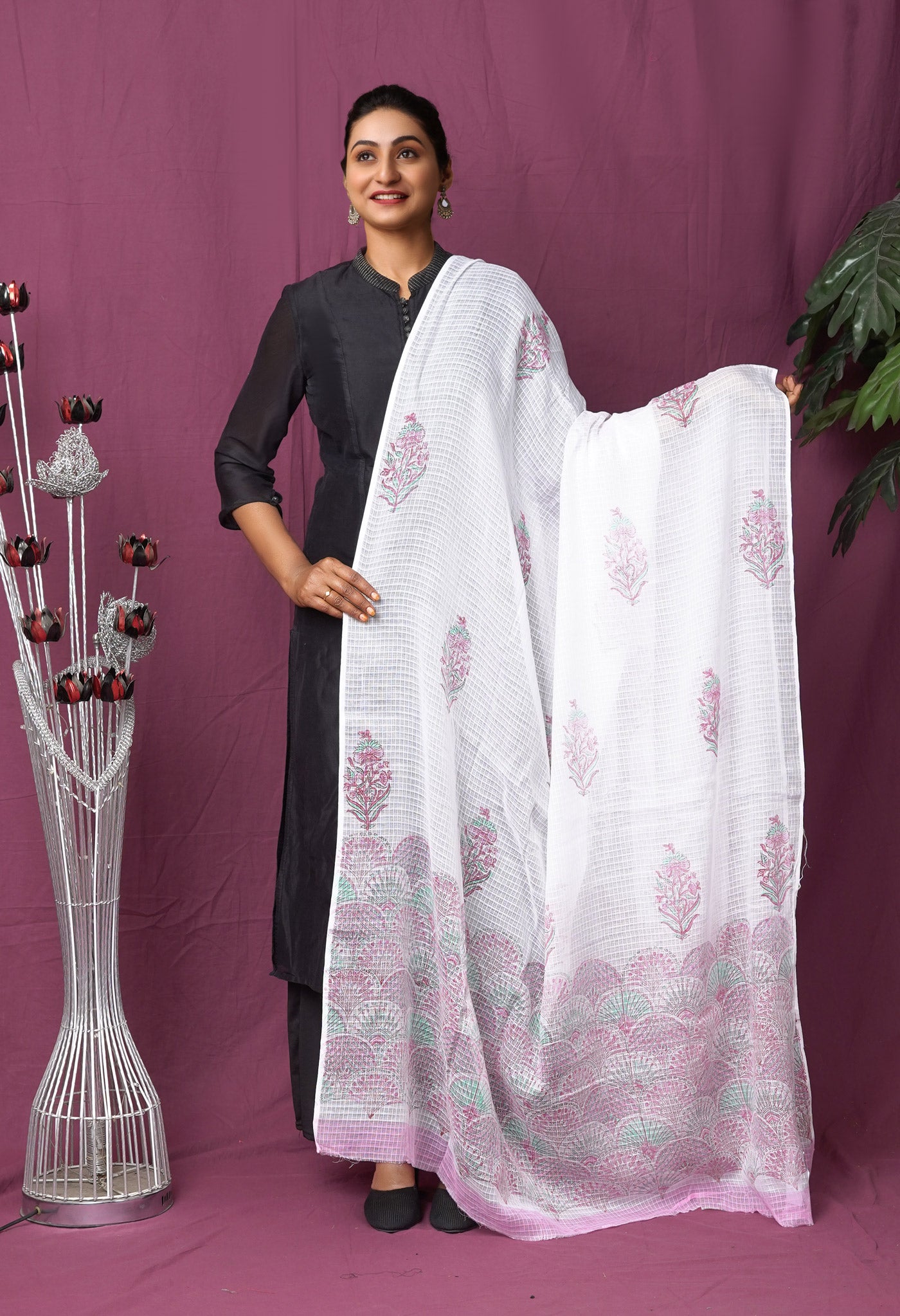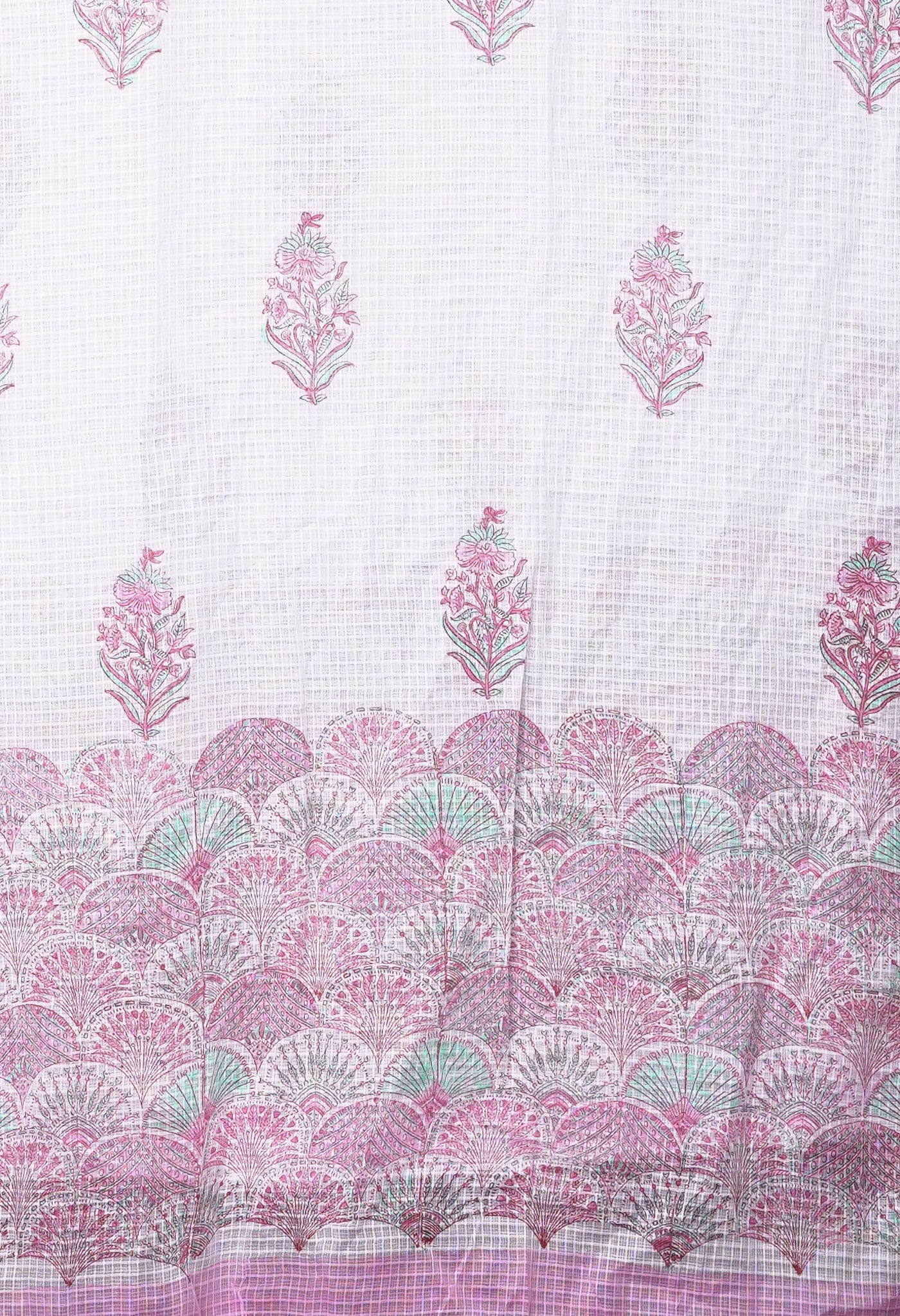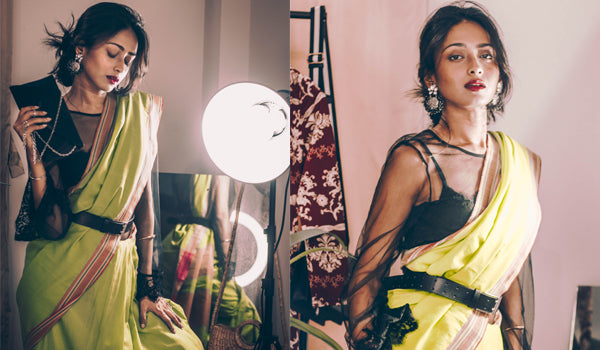
Learn how to wear a saree for that slim fit look
You love to wear the Indian saree, are on the healthy side of an average build, but hesitate to wear it more often than you would have liked to. Is it simply because you feel you appear bulkier than you actually do? Quash the idea!
Barring the lucky ones who do not put on weight even when they try, the slim-figure models or hardly eating types or those blessed with genes that keep them that way, the average Indian woman can hardly be called thin.
But you are not convinced and want to appear ‘thin’ whenever you sport the saree.
Don’t Despair! You shall have your wish!

Fashion your look with the ‘right’ petticoat
When this feeling of ‘seeming bulky in a saree’ seemed to bother a lot many women, fashion designers came up with some novel ideas.
When the base garment is fitting, the drape over it automatically gets reduced in its outward flare. This reduces the appearance of bulkiness and projects a much neater controlled ‘appearance’. This is precisely what the fashion stylists aimed at when ‘the look’ became a concern.
There are three styles of the petticoat.
- The A-line or normal petticoat – that is useful for most saree drapes because it is tight at the waist, gradually loosening as it tapers down and loosens closer to the ankles. This provides the upper drape or saree to be tighter at the waist and gradually ‘loosens’ as it progresses towards the feet. So if correctly worn, the wearer actually appears slimmer even while wearing heavy silks, because at no point does it get to loosen out much while there is sufficient leg room also for easy movement.
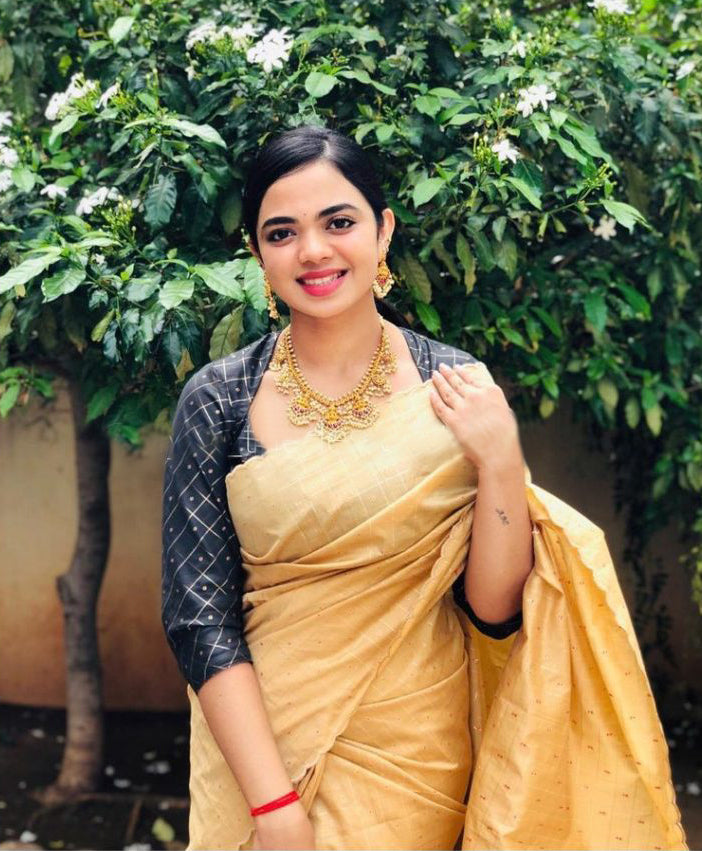
- The mermaid or fish-cut petticoat - For a healthy person the A-line petticoat gets a little awkward when wearing thin fabric sarees which reveal the bulky spots from waist to below ankles. For this the mermaid or fish cut petticoat has been designed that clings to the body throughout its length. This not only helps in the flowing chiffon and georgette sarees to appear neatly in place but also gives the wearer a more compact look despite having an average build.

- The A-line with can cans or the layered petticoat – This last helps in the orderly appearance of the saree worn like a lehenga especially the rich Kanchipuram silk sarees that need flare at the bottom. A layer of stiff net is attached in layers where the portion near the waist is tight fitted, the next layer slightly looser and flaring, the next still looser. This keeps the saree neatly in place and not ‘bulky’, with lots of leg room and easy movement despite it being heavy. This is very useful for the women who hate gathering too many pleats before tucking it in at the waist for presenting a similar look this way.
 An industry can never rest on its past laurels but has to keep inventing to move forward at all times. So too the fashion industry! If most women wished to keep the look within acceptable dimensions, then so be it. The petticoat or the inner garment over which the saree was wound around became the answer. The solution so far lies in the observance of two important facets – sufficient leg-room and getting the petticoat to ‘hug’ at the appropriate places.
An industry can never rest on its past laurels but has to keep inventing to move forward at all times. So too the fashion industry! If most women wished to keep the look within acceptable dimensions, then so be it. The petticoat or the inner garment over which the saree was wound around became the answer. The solution so far lies in the observance of two important facets – sufficient leg-room and getting the petticoat to ‘hug’ at the appropriate places.
The petticoat fabric plays its part
Complementing the petticoat style is the fabric of the petticoat that also helps in the ‘neater’ appearance.
Based on Fabric we have:
- Cotton– the one that is most sweat absorbent and keeps the body cool. It is best suitable for cotton and cotton silk sarees, the smooth tussar silk sarees and the heavy silk types like the Banarasi, Kanjeevaram etc.
- Crepe– Being light by itself, the crepe fabric petticoats are used for sarees like chiffon, georgette, pure satin and pure crepe sarees since the petticoat fabric will not change the shape and flow of the saree.
- Satin – The petticoat with sheen effect that would go very well with the semi transparent designer net type.
The choice of the petticoat is based upon the like and taste of the female that she perceives is best for her in fit and comfort.
[gallery size="medium" ids="19340,19339,19341"]
Other considerations for the petticoat are the standard readymade or if the person is fussy, getting it custom made. The choice of how the petticoat closure shall be is again the zipper, tie-up or elastic again based on the female’s liking. Normal petticoat have strap to tie it on the waist. Fish cut petticoat have zip on the waist side to keep it tight. Layered petticoat may have strap or zip or a hook as we put in a skirt to hold it. Some ladies prefer to put elastic on the waist to hold the petticoat on the waist.
Now that the petticoat has solved a major problem there are certain tips that also help to ‘seem slimmer’ than you actually are.
- The big or loud draw attention
When a feature of the saree like the pattern or a motif is prominent it draws the gaze of the onlookers. But the more the concentration on the feature, the more the chances of calling to scrutinize everything around it closer. So patterns must not be loud or checkered, paisleys should not be huge, motifs like large roses are to be avoided, horizontal stripes are a no-no. Small florals or geometric patterns thin zari linings are what make you look elegant.

- Avoid floating style pallu for opaque sarees
The floating style is the easiest and generally preferred but with the opaque saree and with a figure that has bulk, it would look out of place. The same style adopted for semi-transparent sarees gives a svelte appearance instead.

- Don’t try the Gujarati style
Worn with the pallu on the ‘wrong side’ of the conventional one, does not flatter but instead gives an awkward appearance if you are the healthy looking types. This style is meant for the slim or slightly built to look elegant, the heavier types have all the attention called on the flab instead.
- The blouse also matters
As simple as can be, and sleeve format neither short nor long. Both make you look real bulky. The best manner of blouse is that just above the elbow. Simplicity also helps when the saree is that much bit ‘gaudier’ than usual.

- Keep the shoulder pleats limited
If you are having shoulder pleats put on the blouse, the width of one full palm of your right hand is a good measure. And do not make the edge of the sari droop over your shoulder.
- Few saree pleats help a lot
A few broad pleats in the front, makes the tucked part appear small and neat and does not add to the waist size.
- The heeled footwear complements nicely
If the wearer is confident, nothing like high heels to perfectly match the saree. Where the end of the saree and the beginning of the footwear straps meet is very often the focus of the onlooker’s gaze. An overlap or a wide gap, are both critically disapproved.

- Dark can help quite a bit
The white and the light beg for attention. The dark draws interest but does not give a clear picture about the size of the wearer. Green, blue, maroon, black would be nice and appropriate.
- Pay attention to the border
For the healthy looking, thin borders or the single lower border on the heavy sarees online are what suit.

While tips serve to get the desired effect, ultimately how it comes through is from ‘some wearing’ and experience. And of course you can always use your best adornments – your confident gait, the poise and your sweet smile to do the rest.

